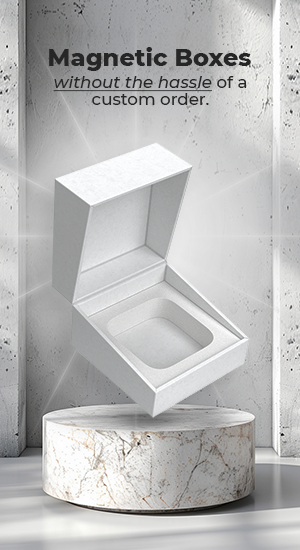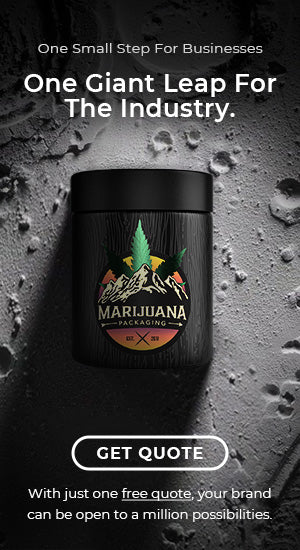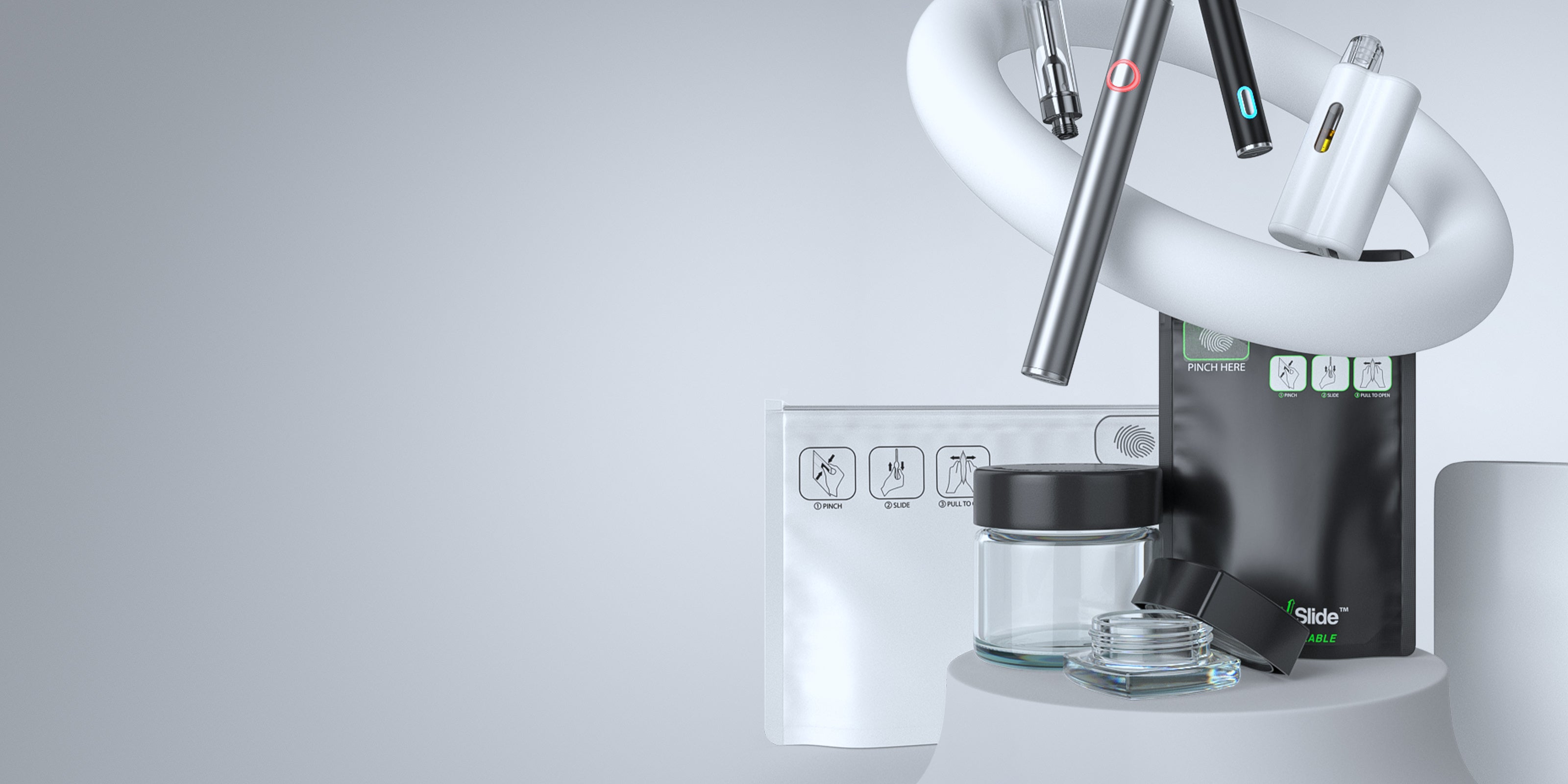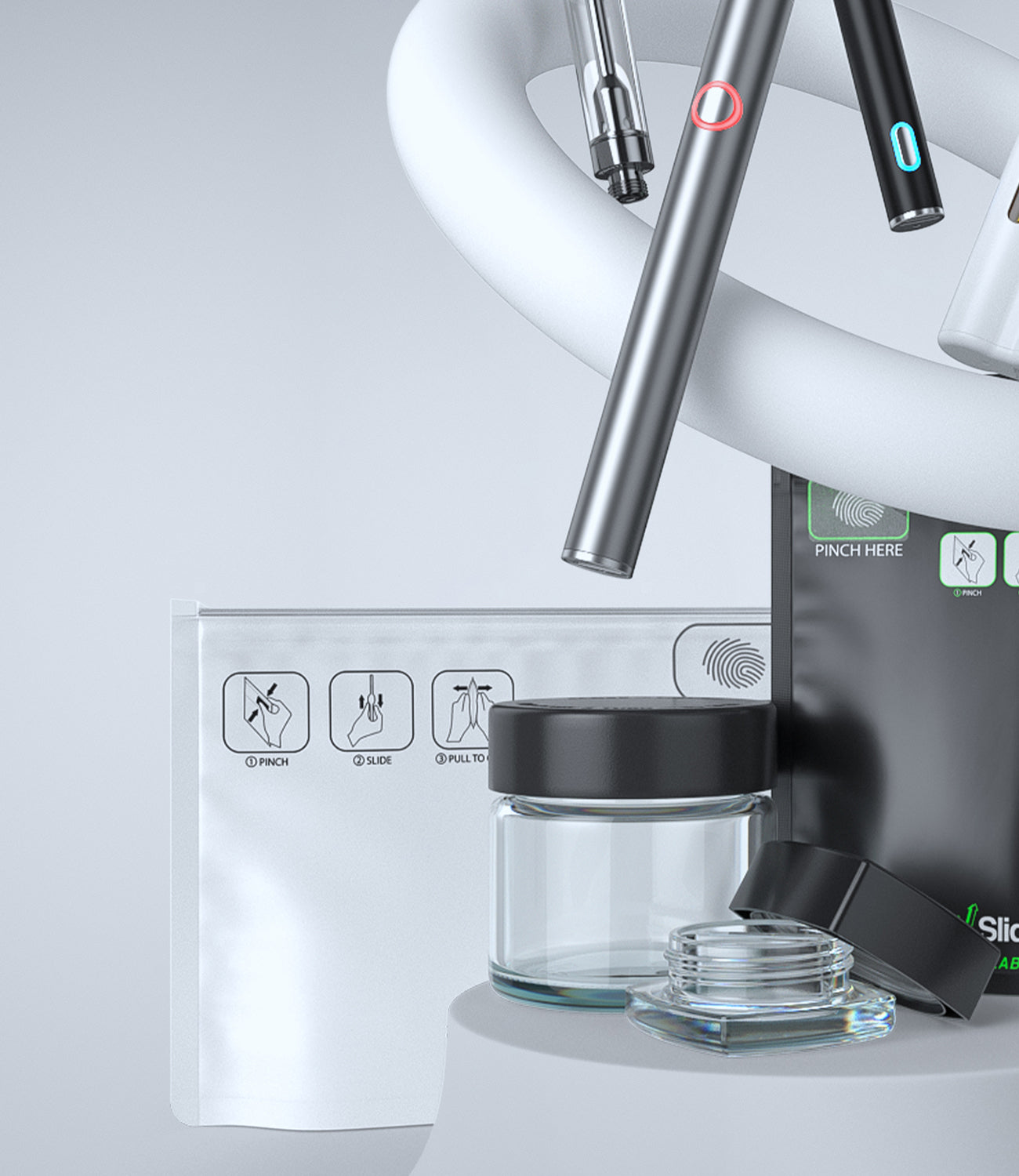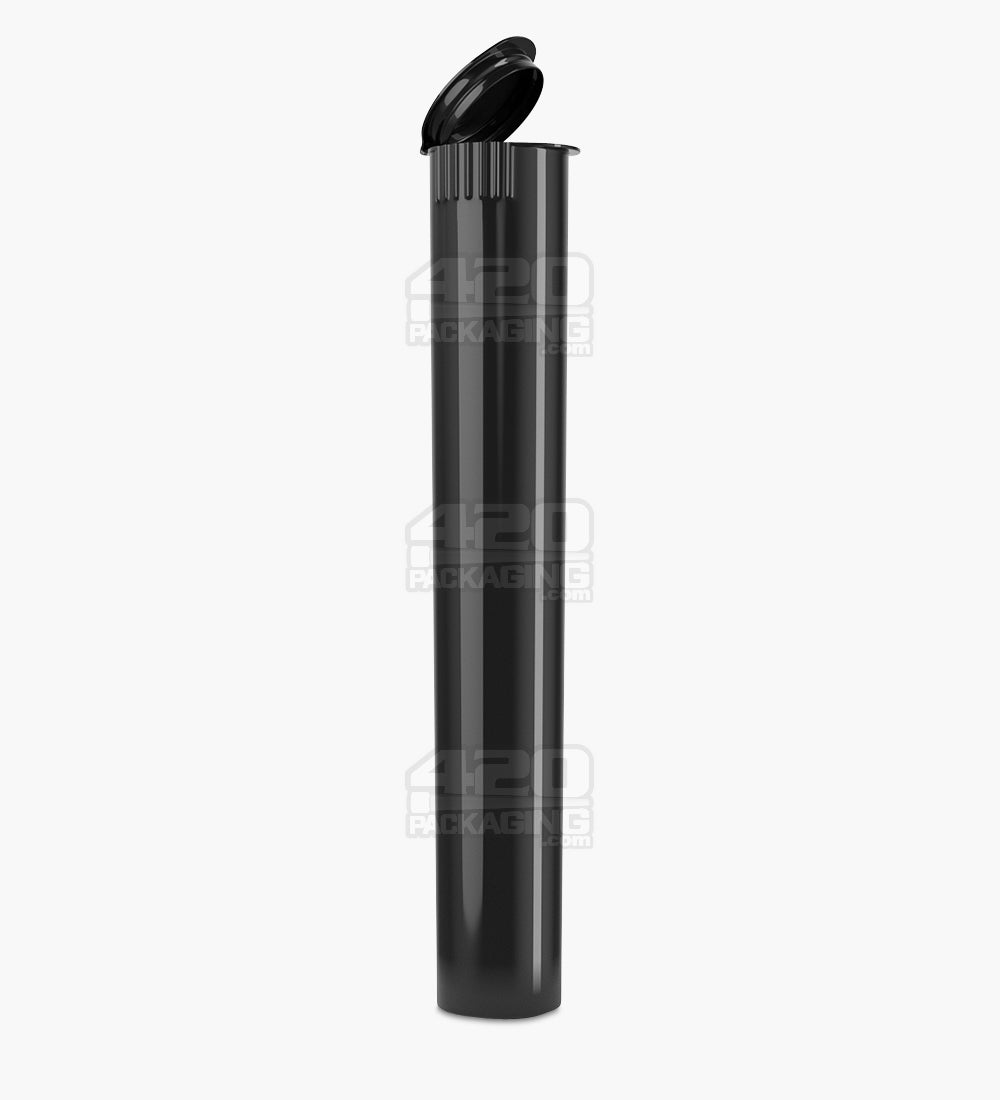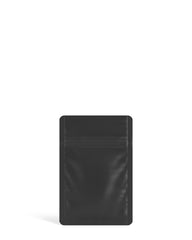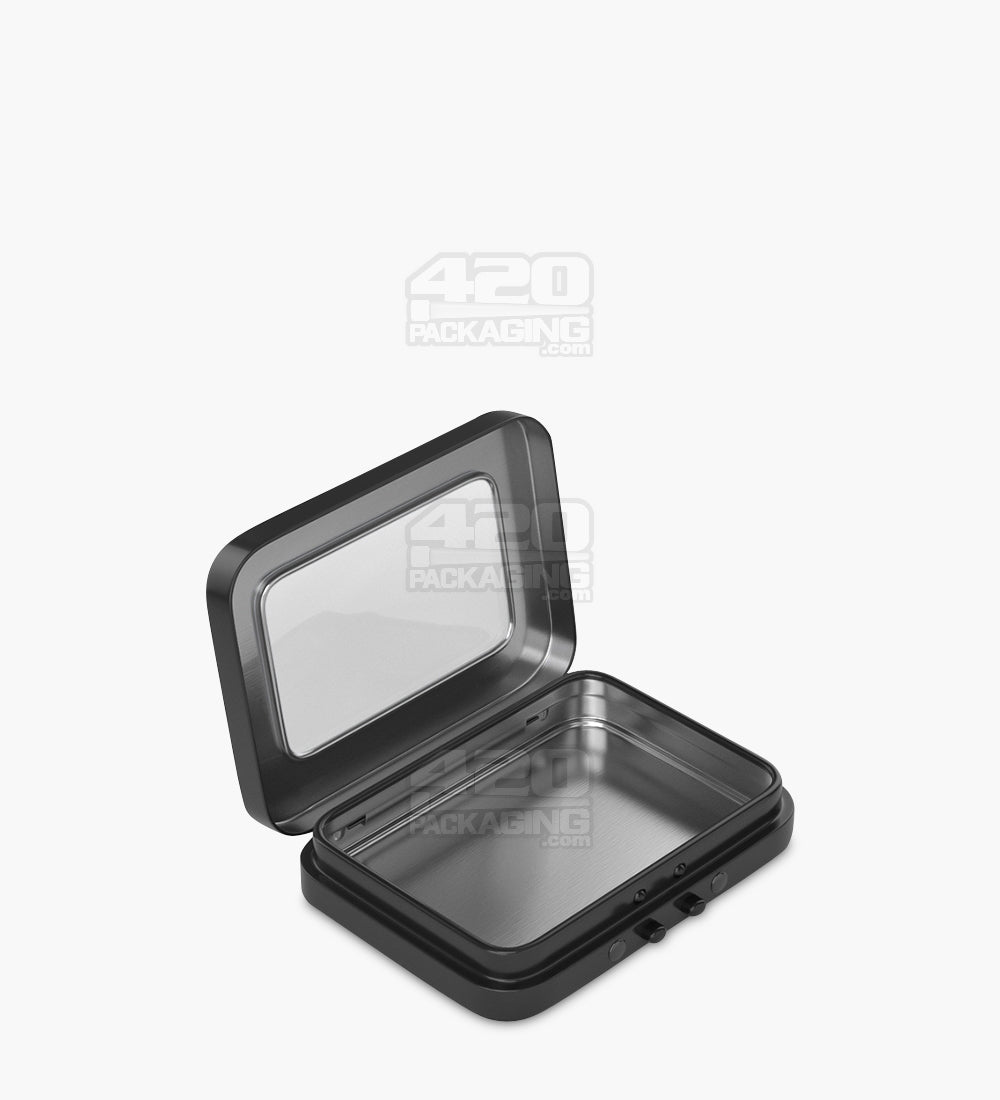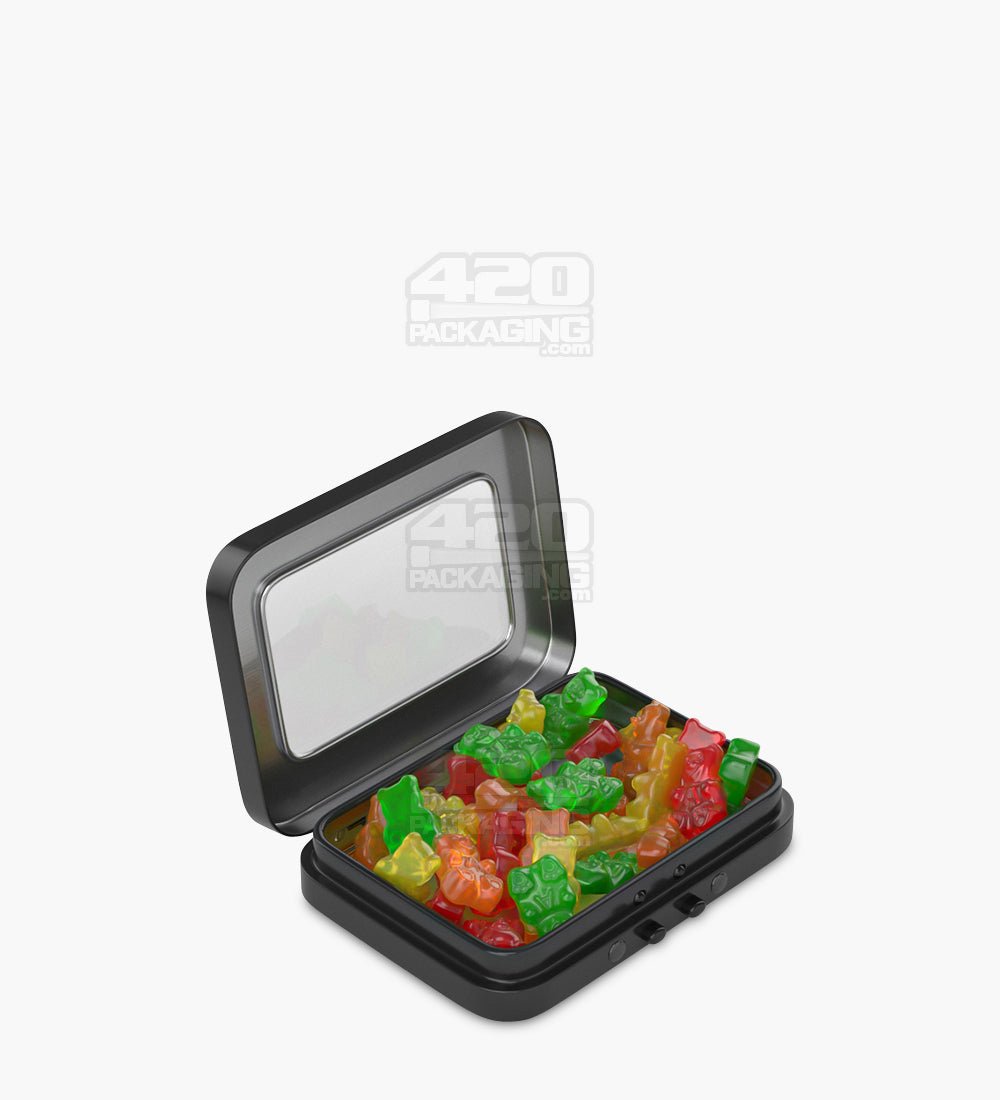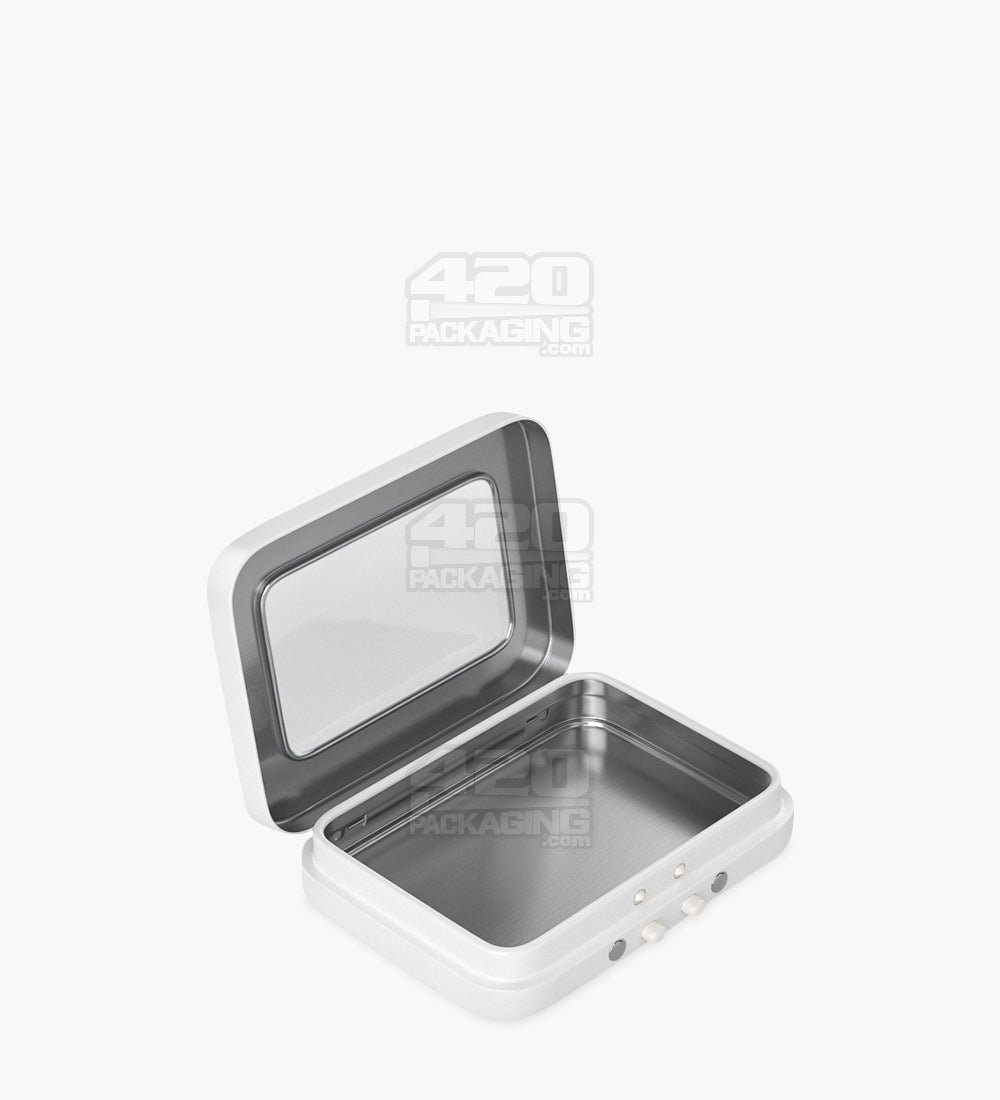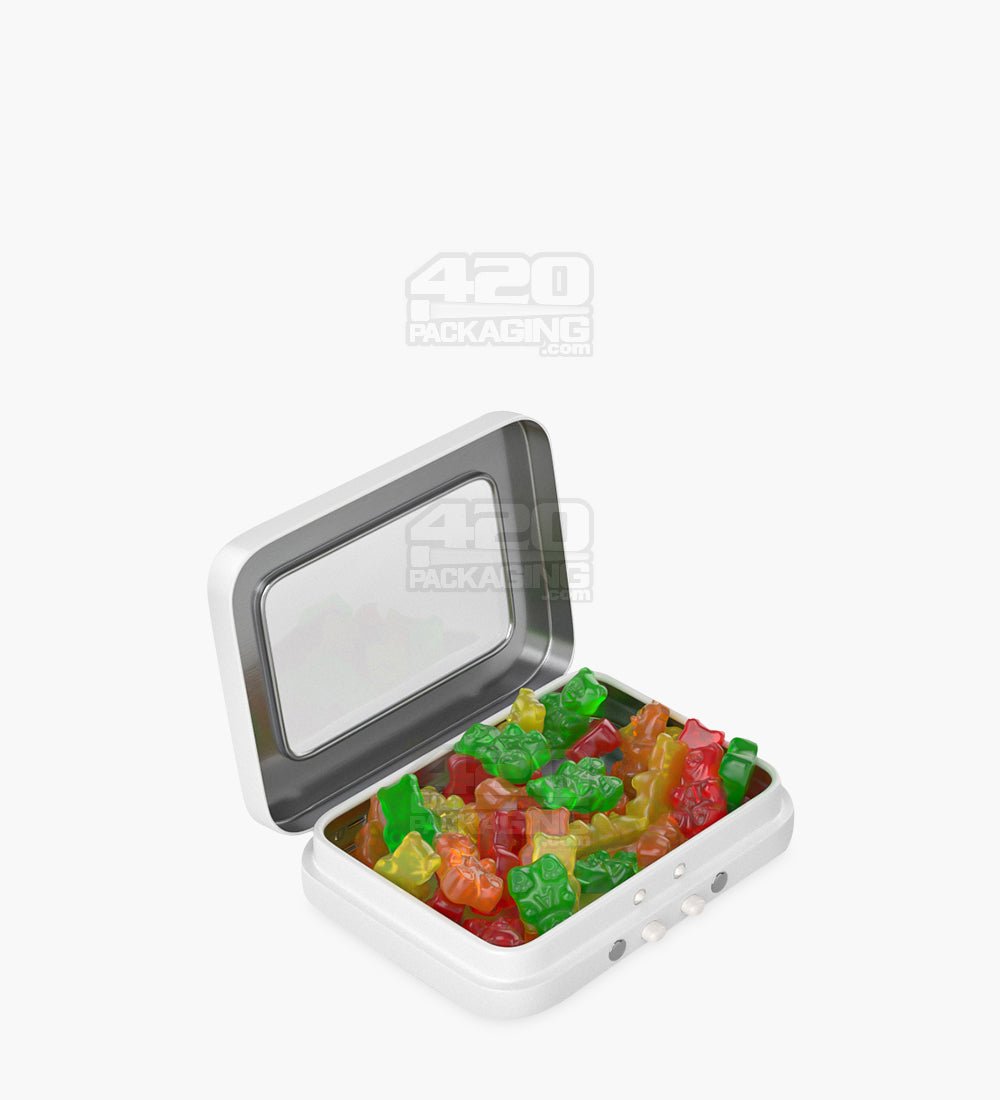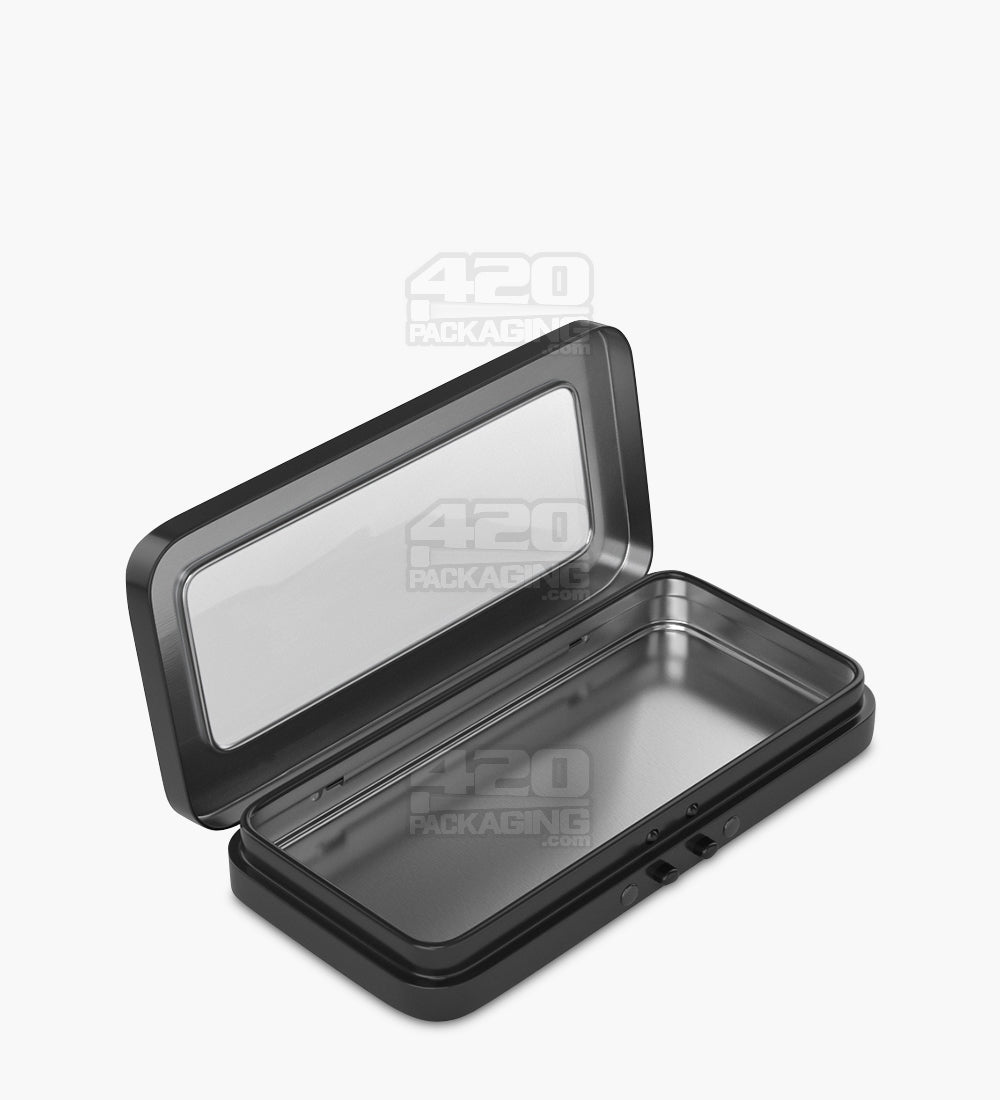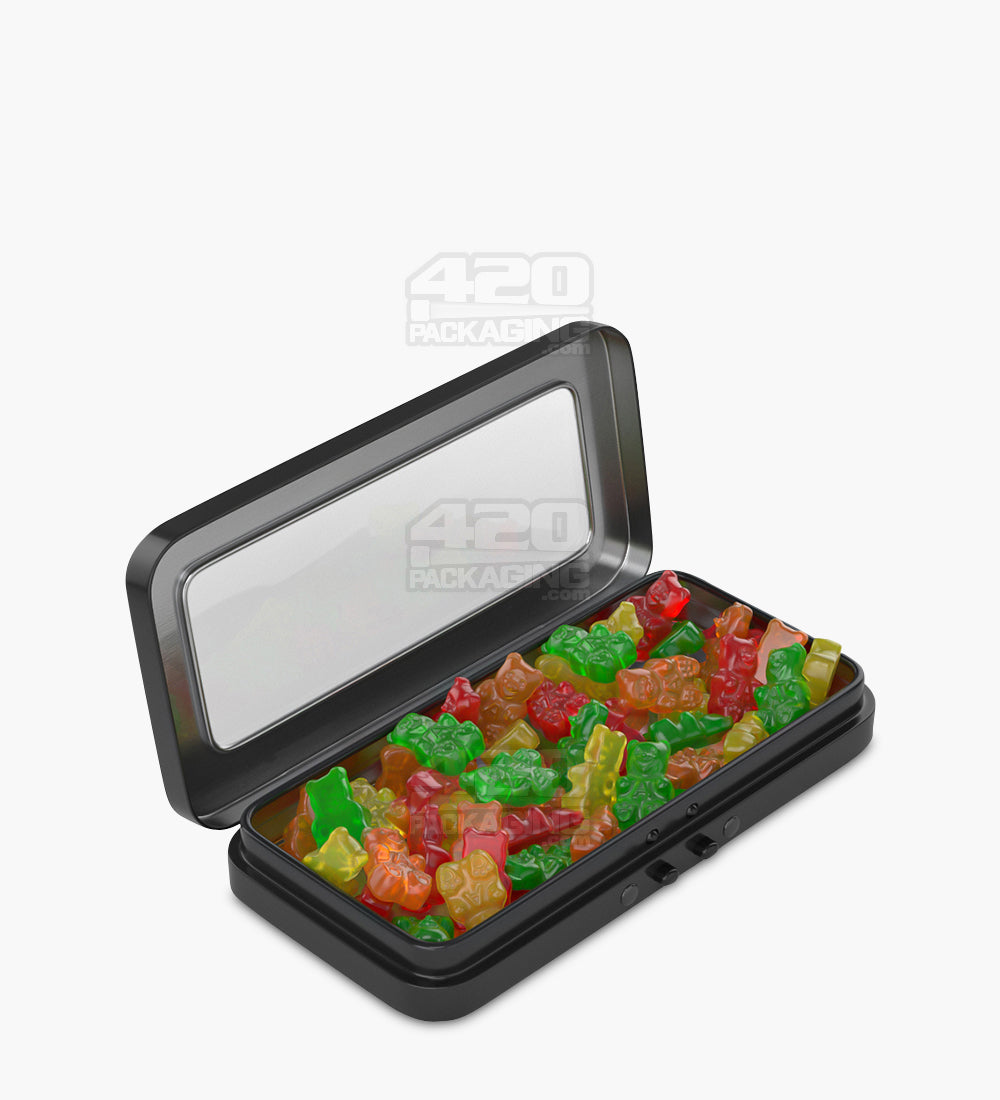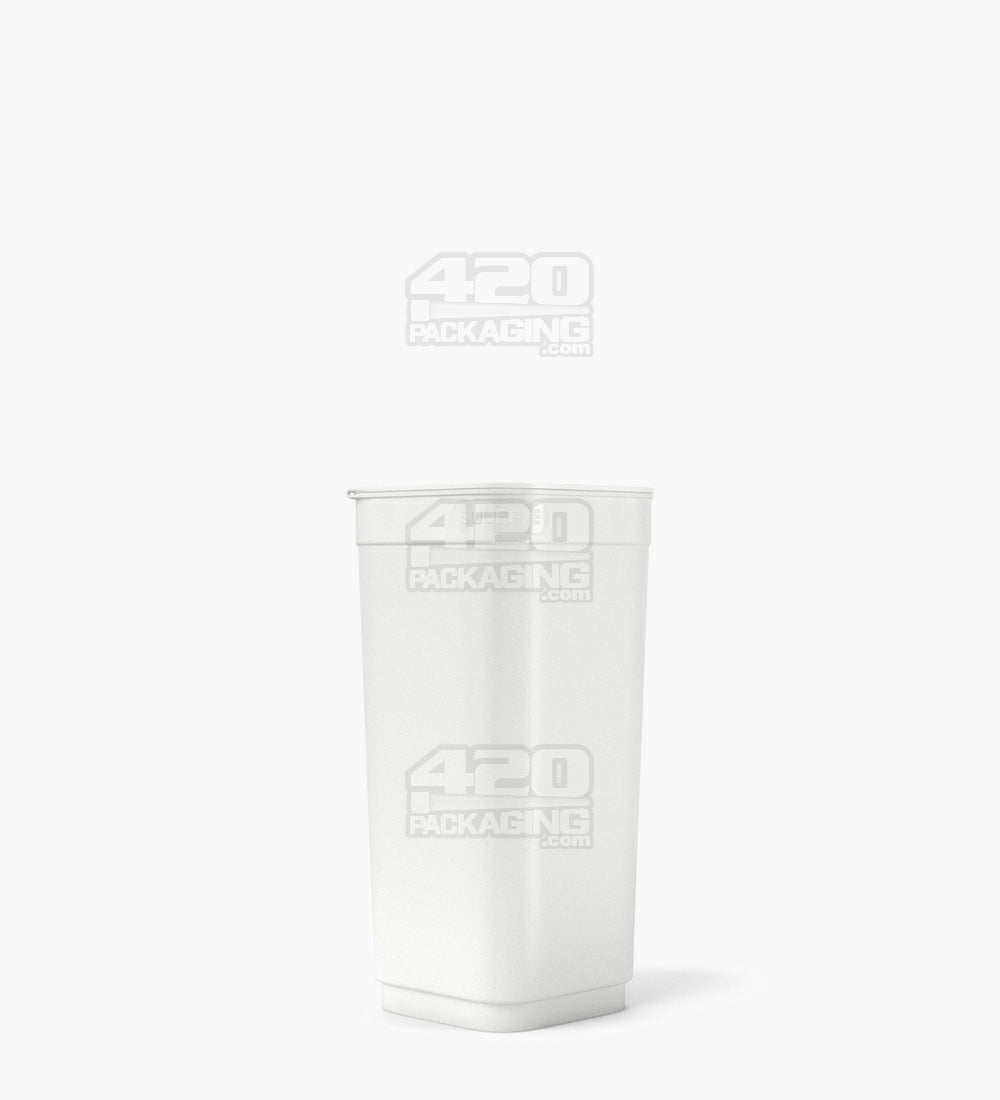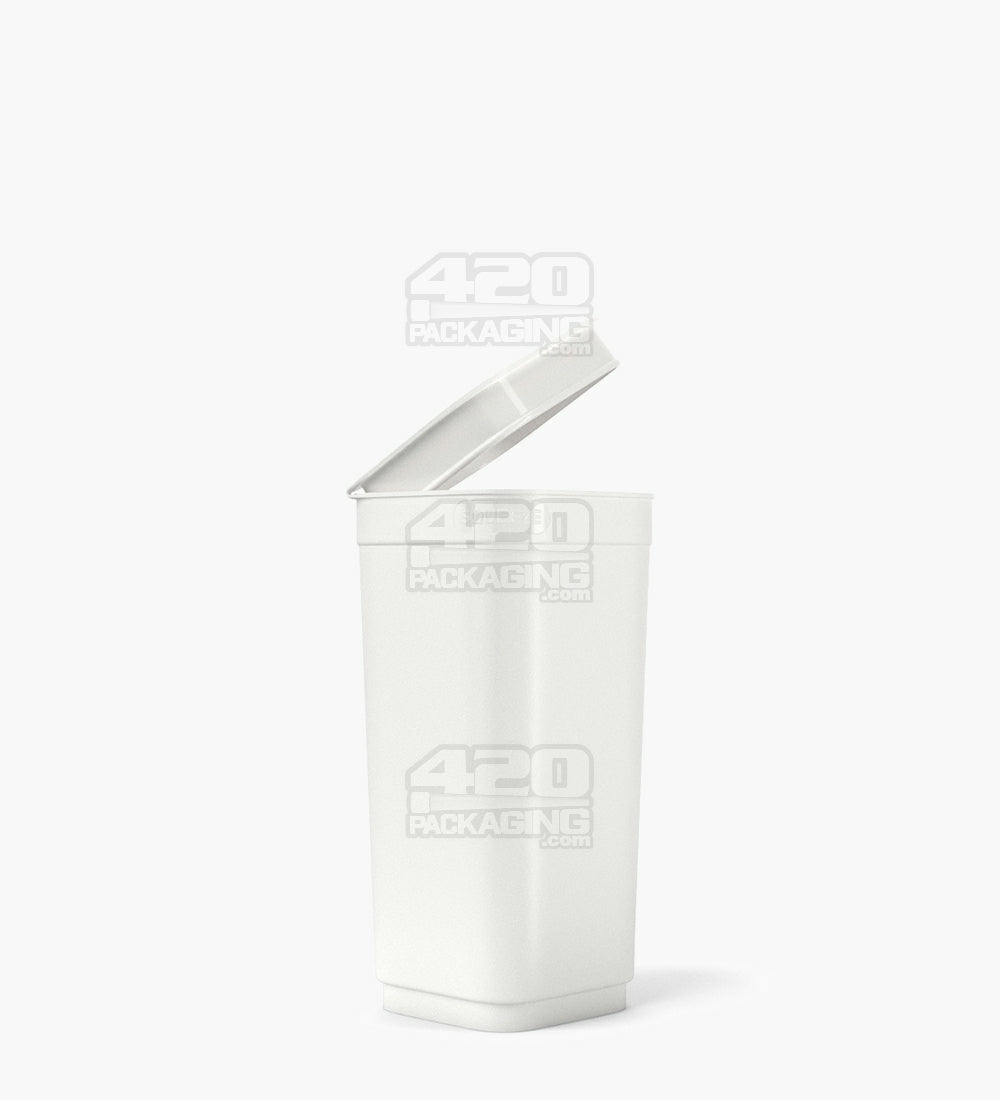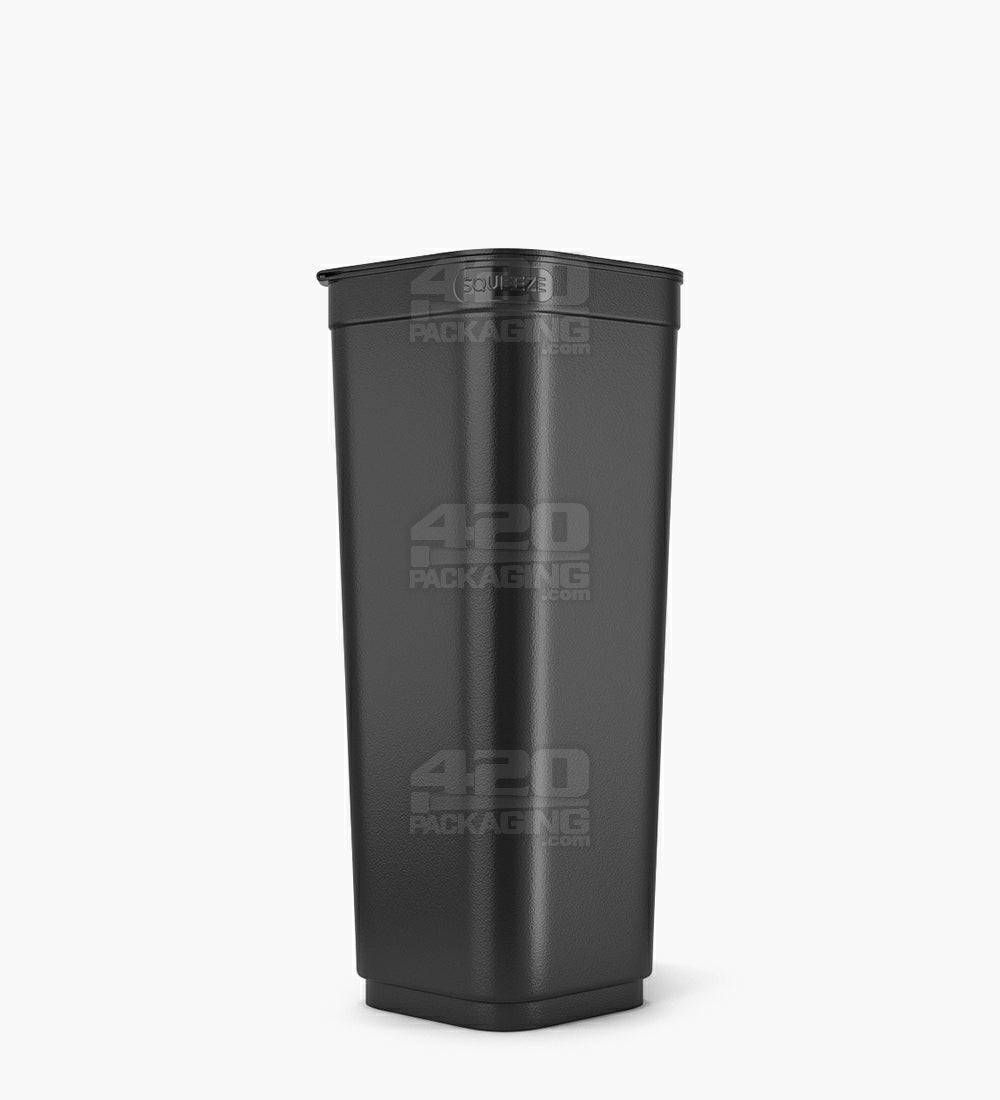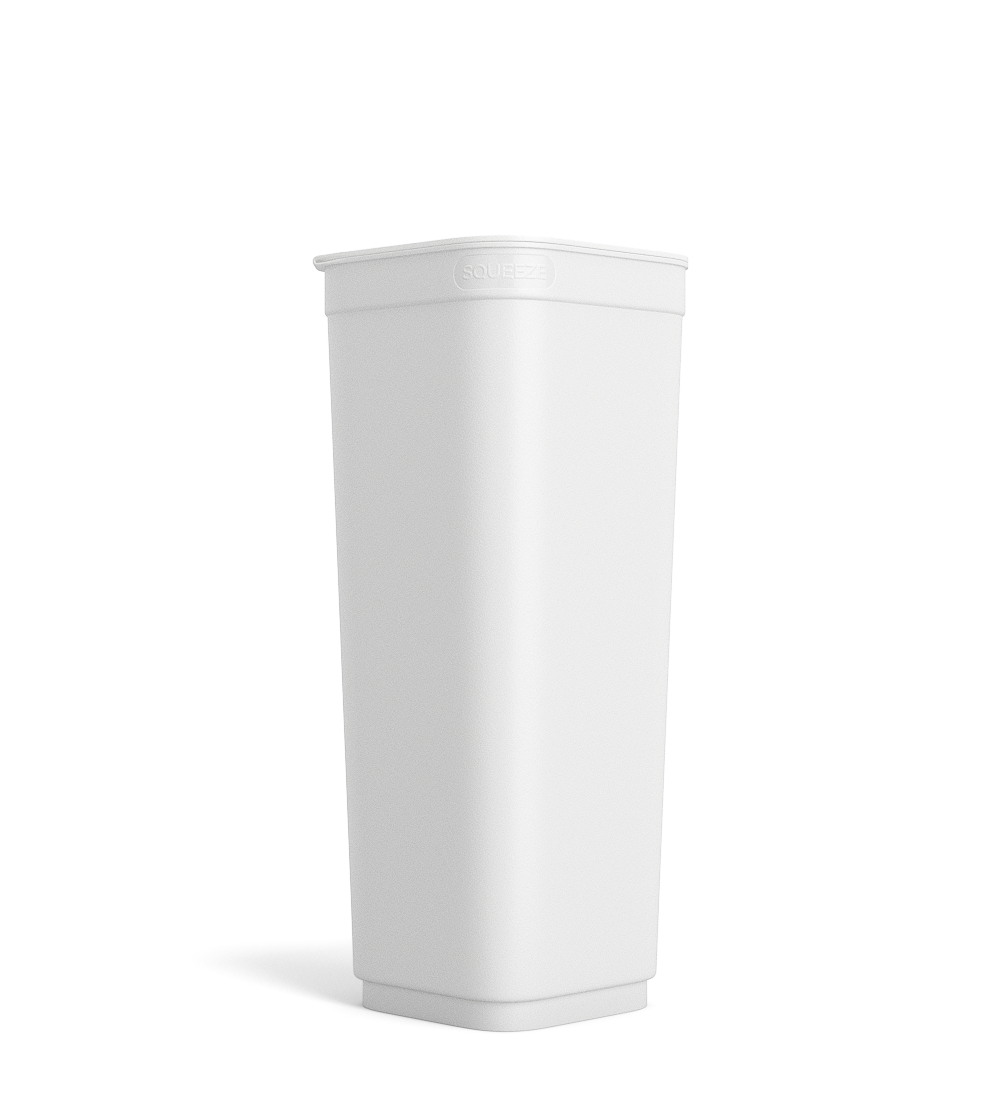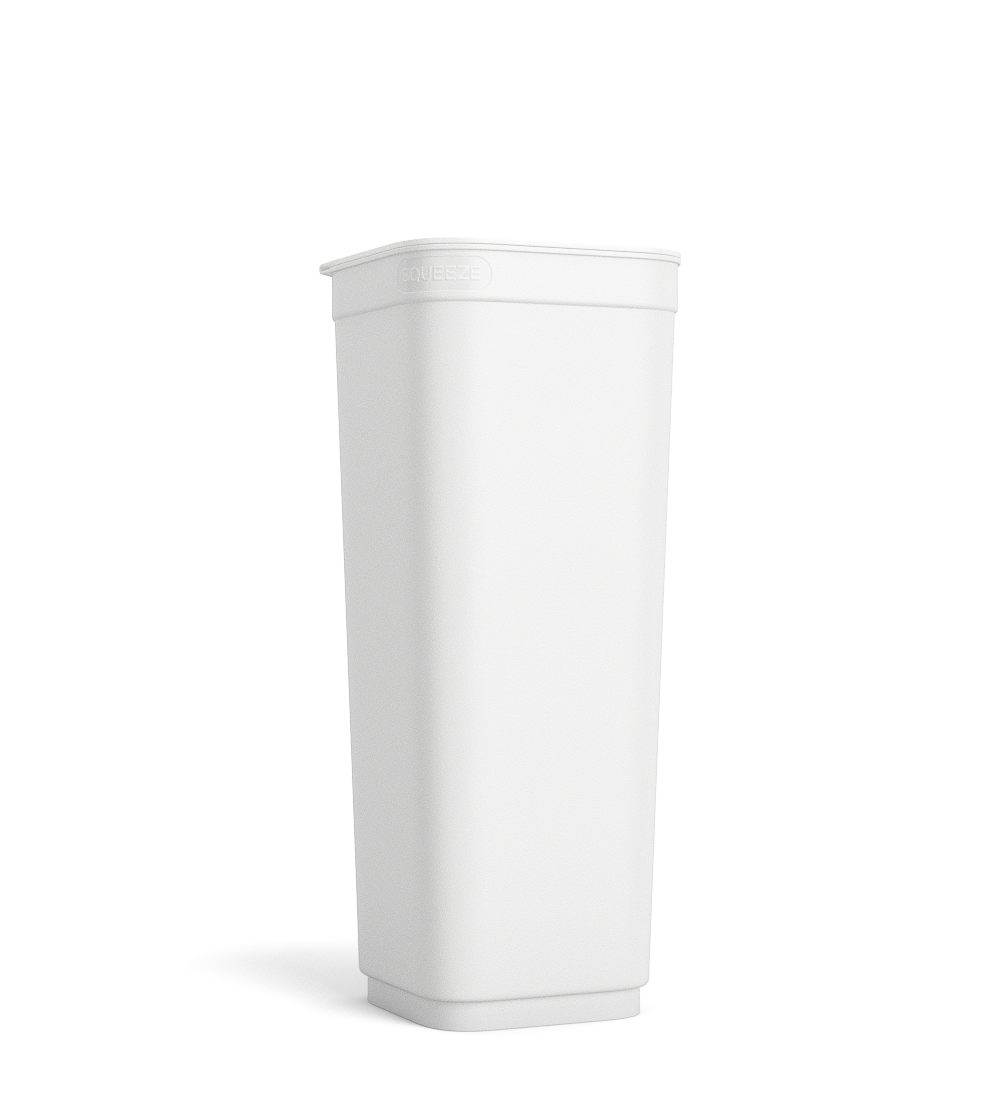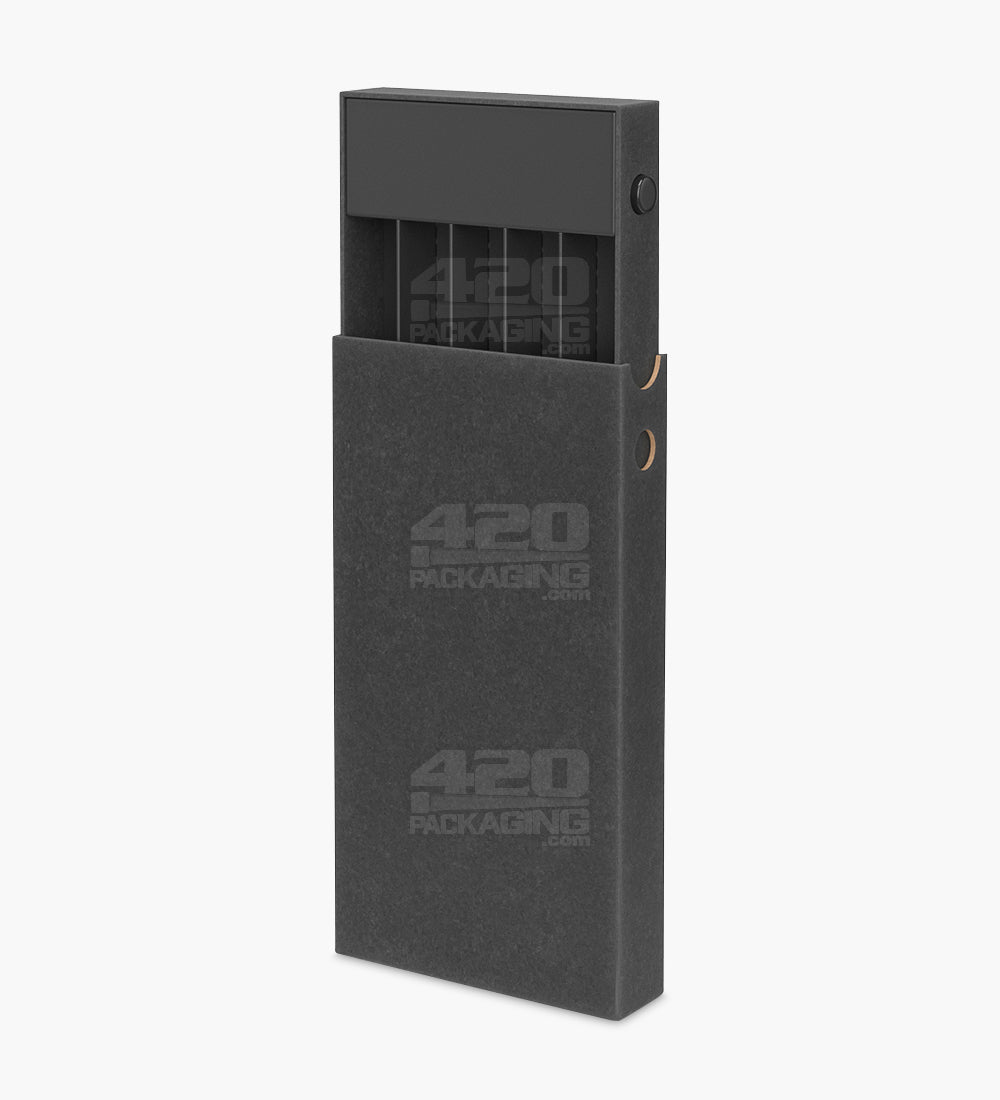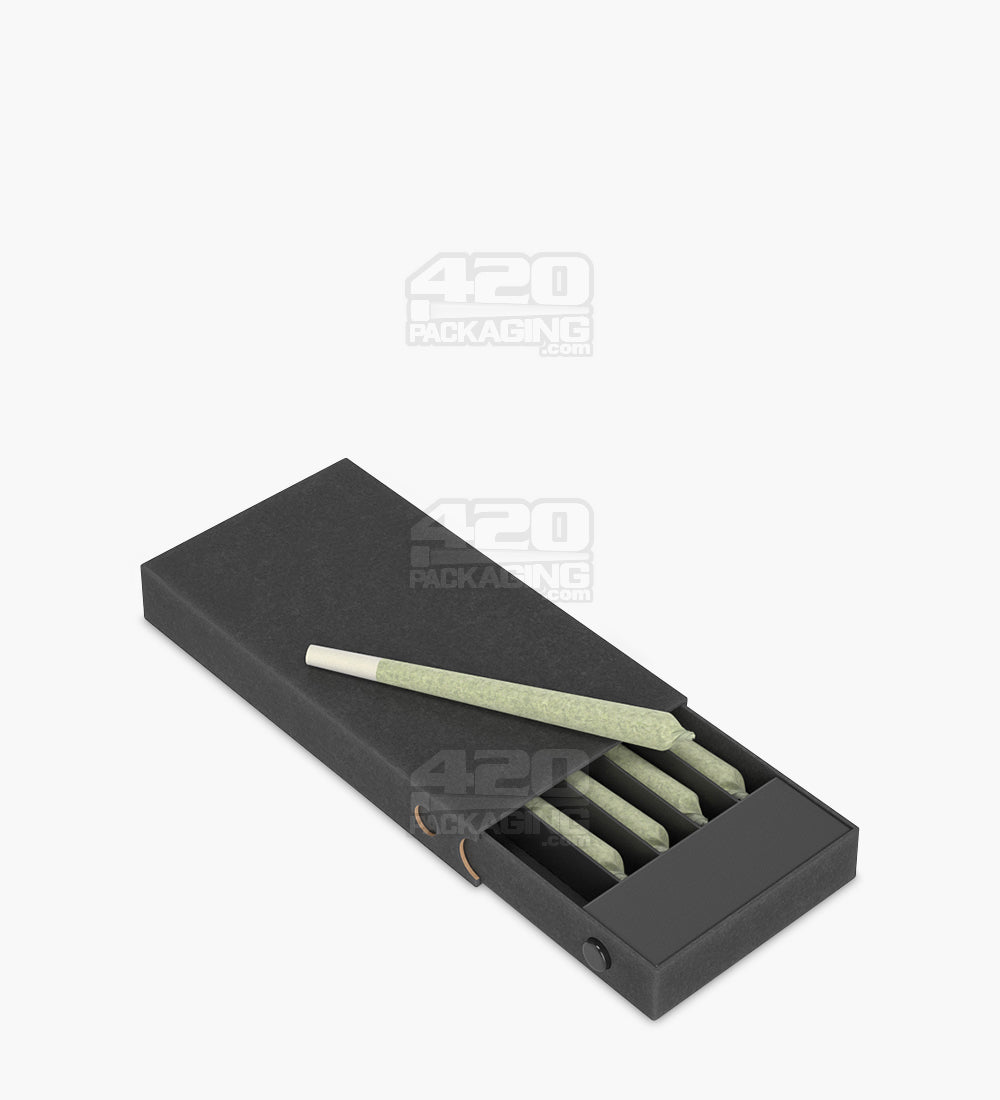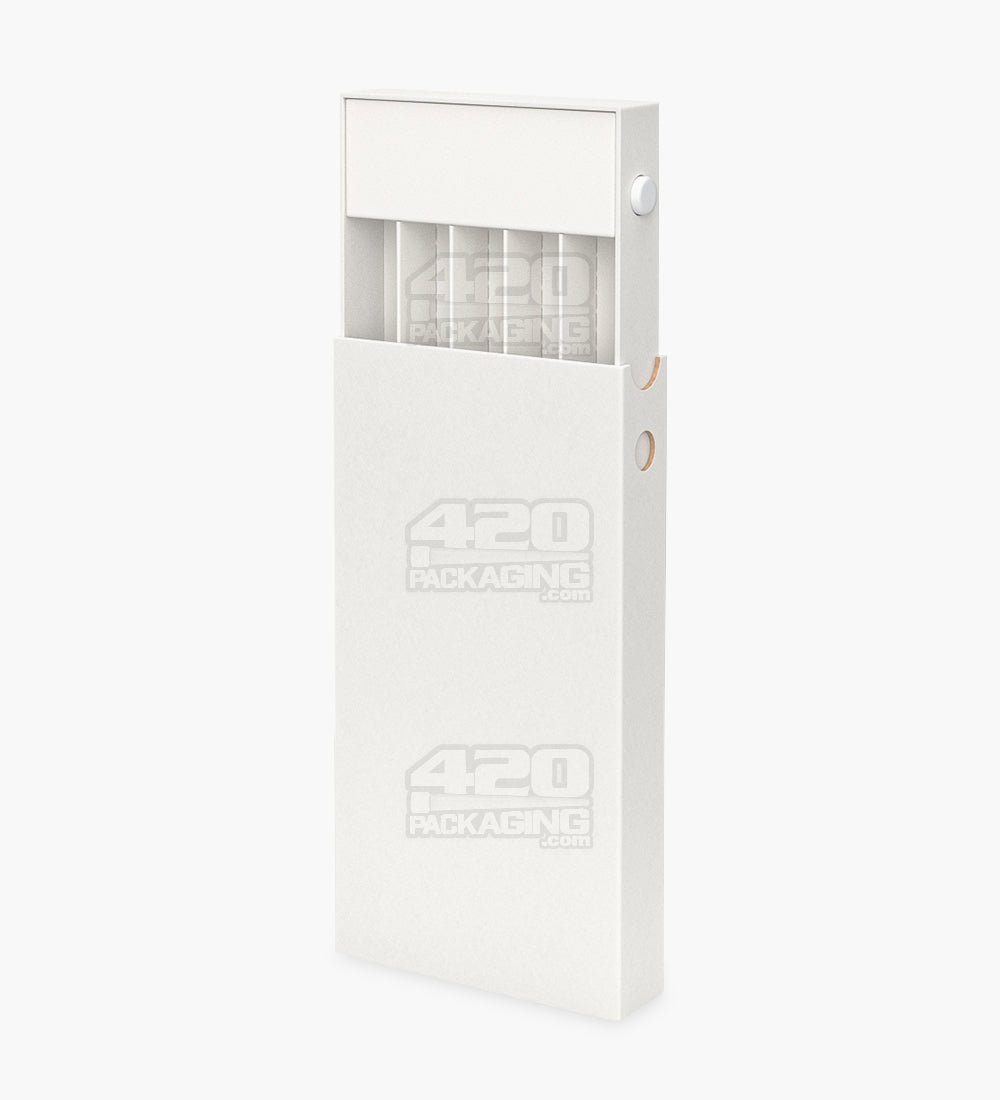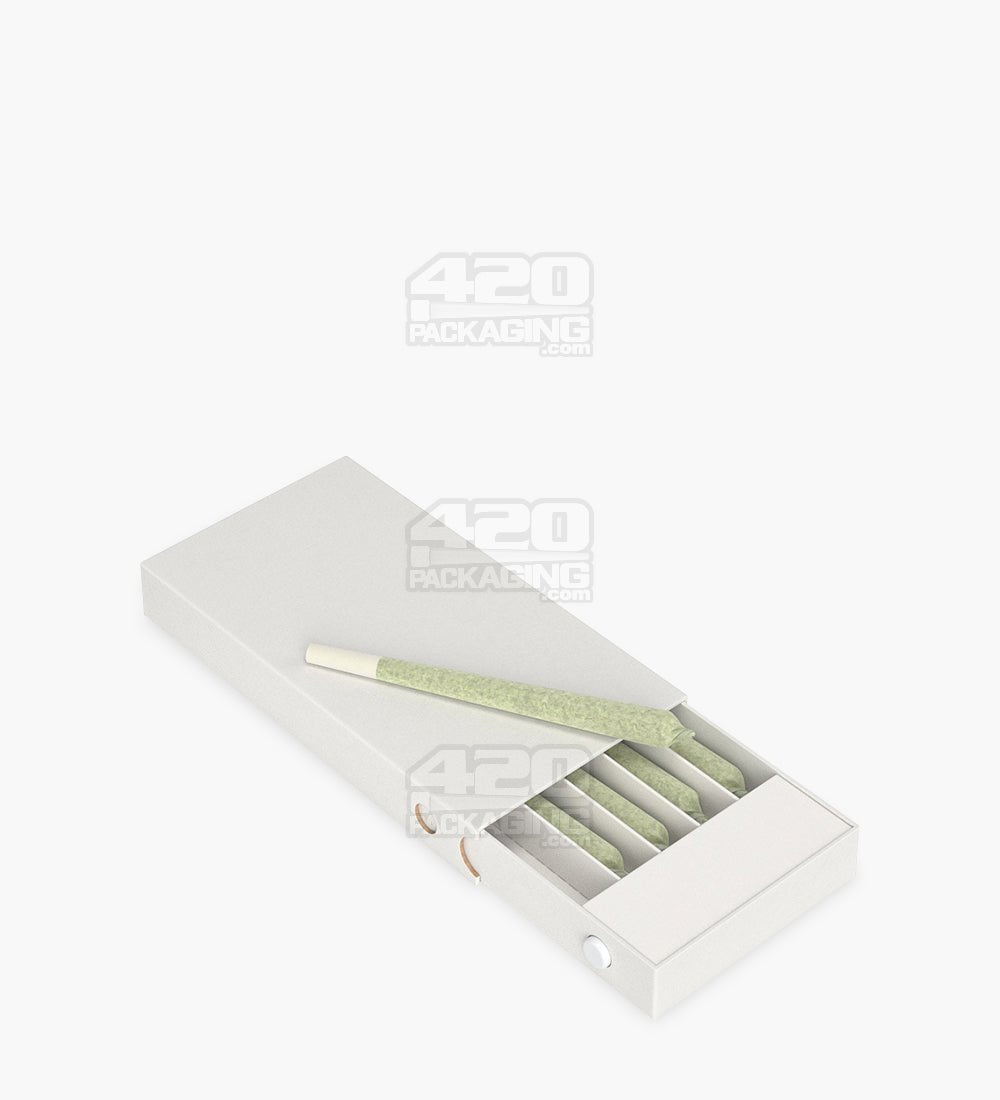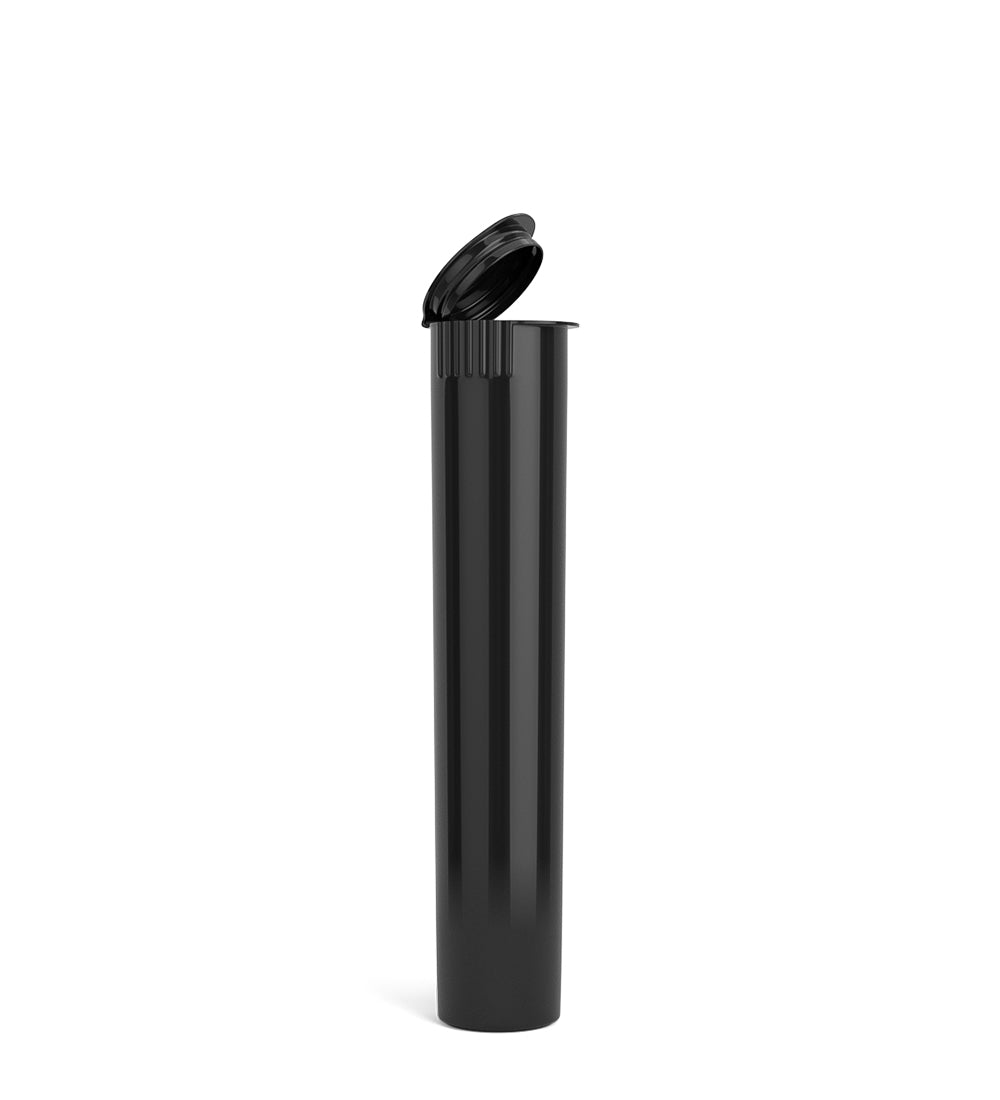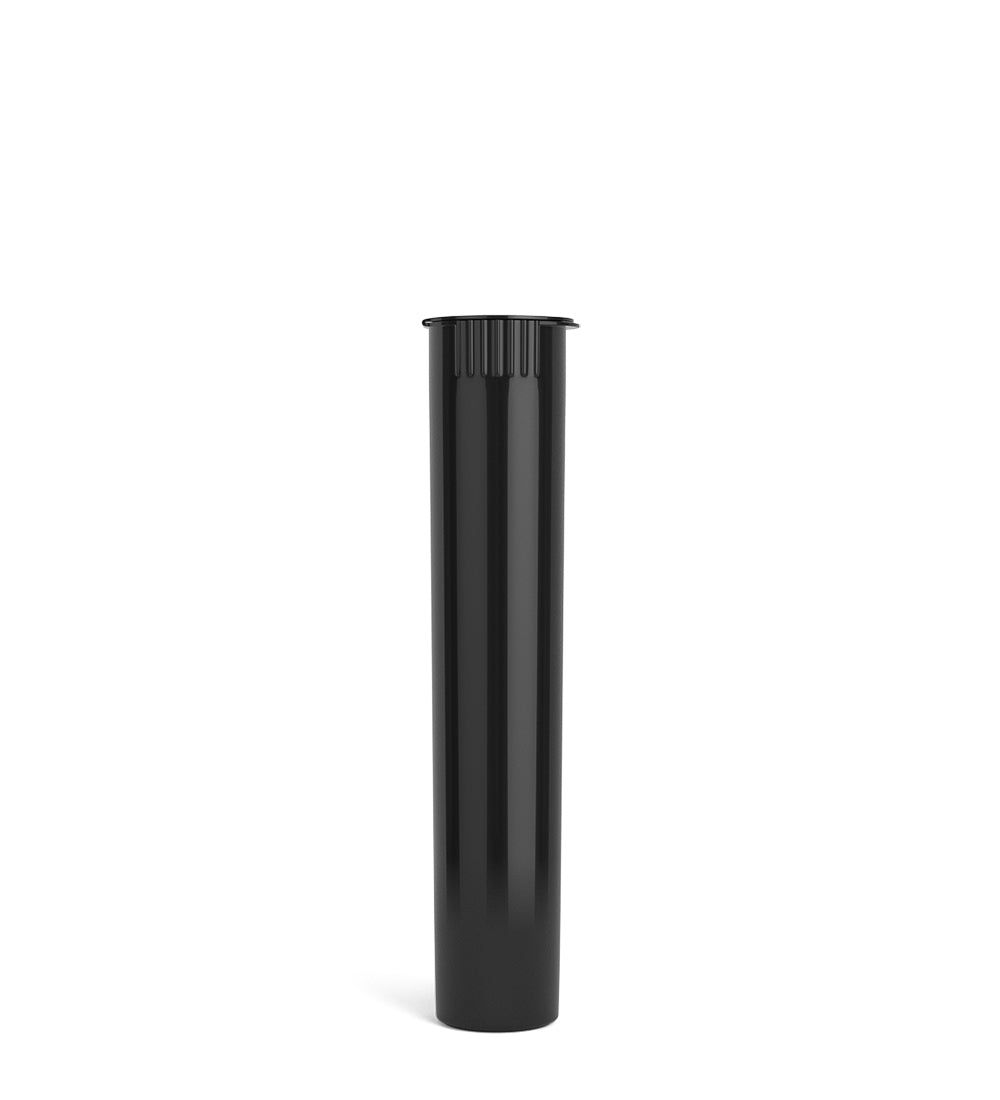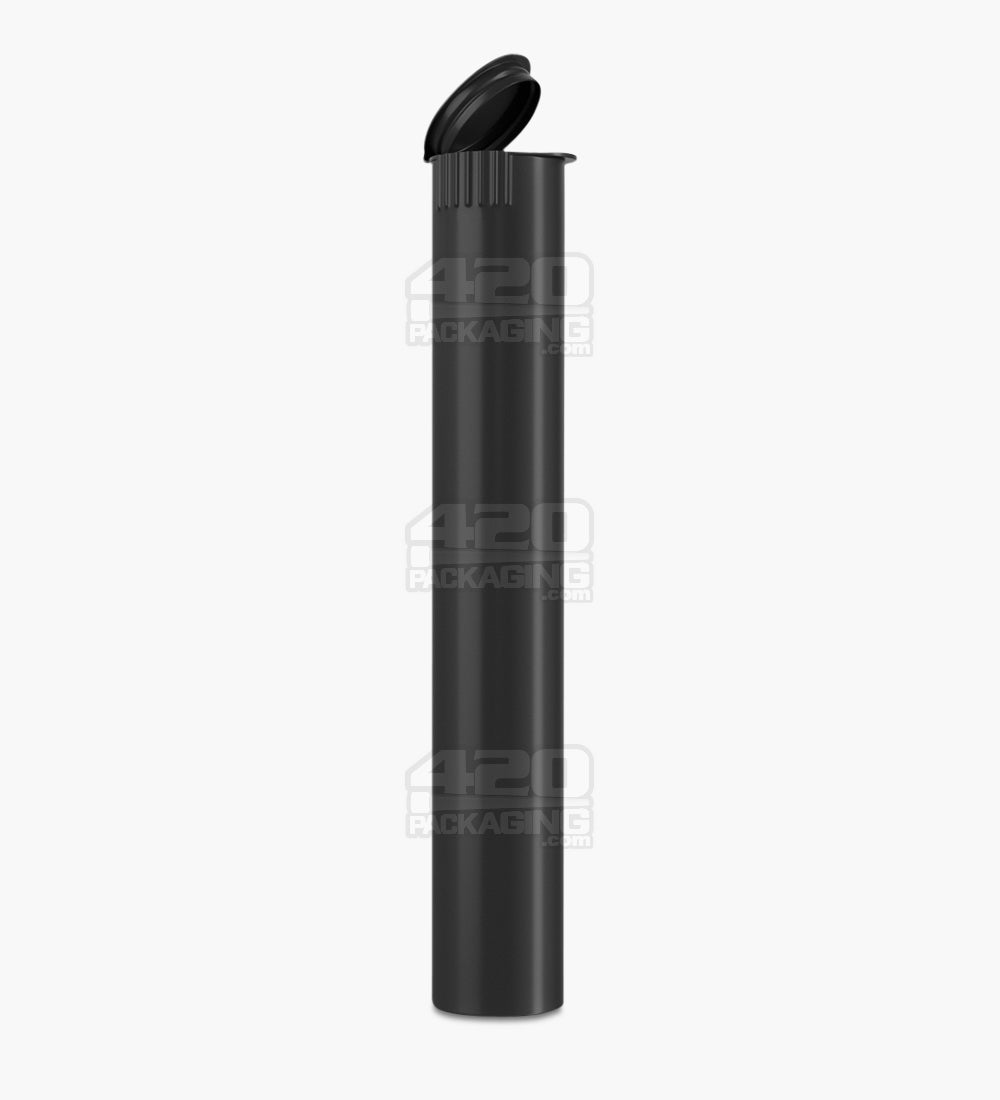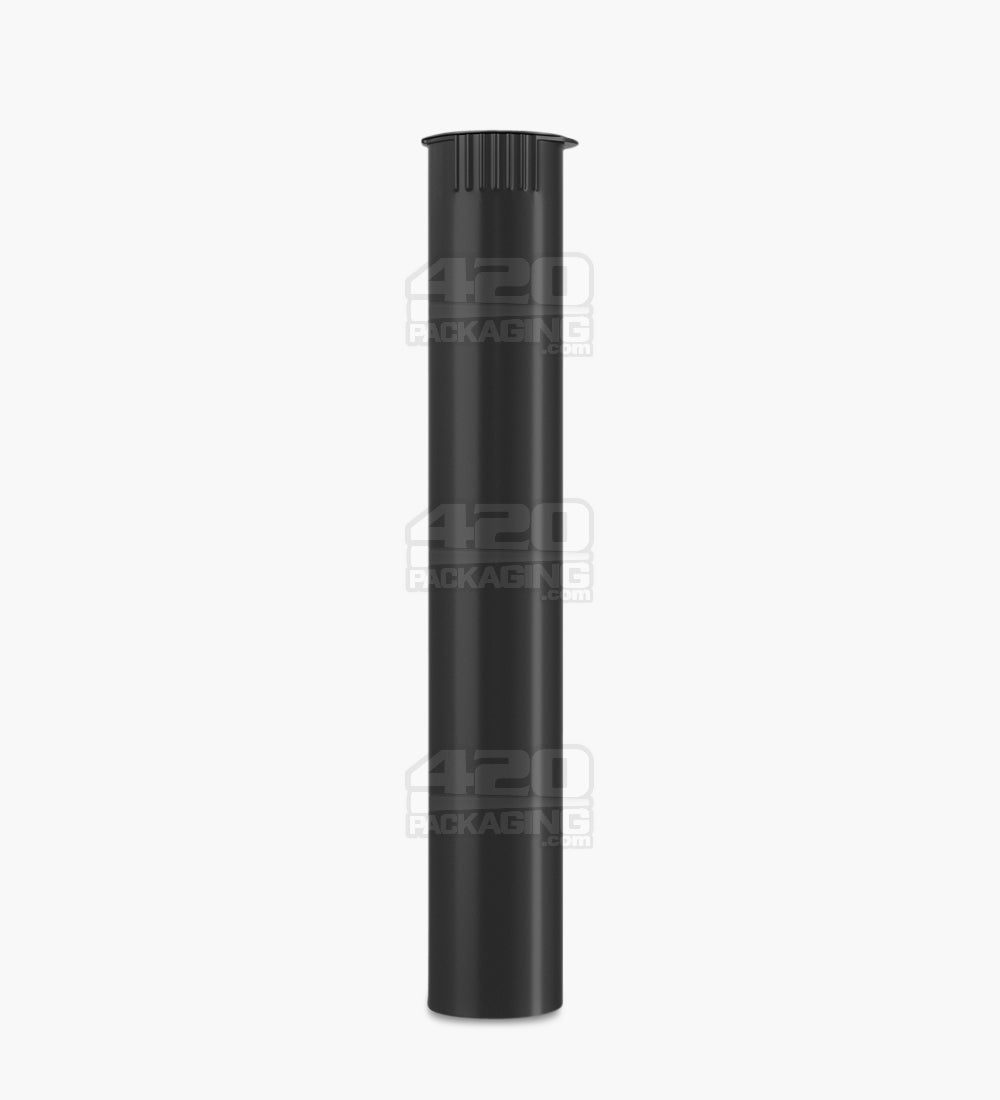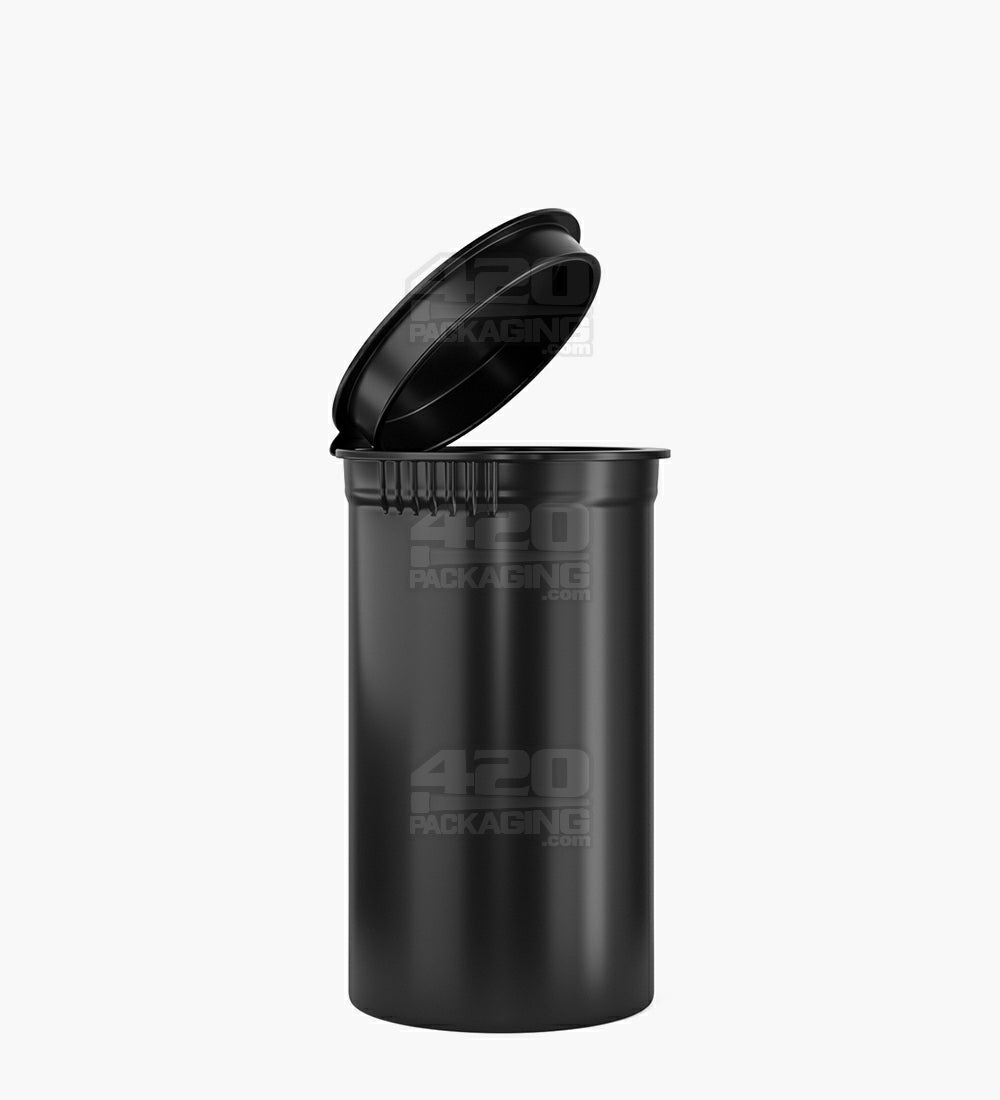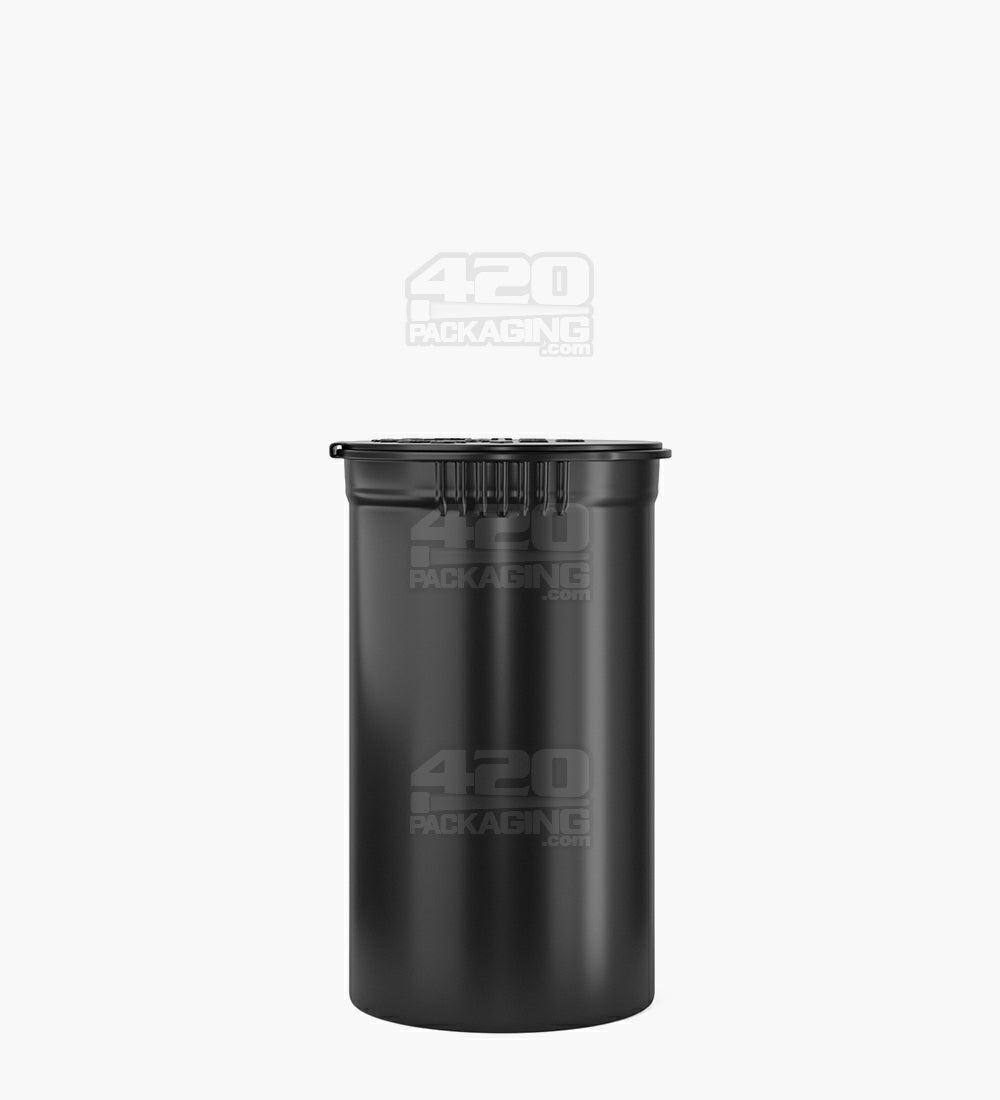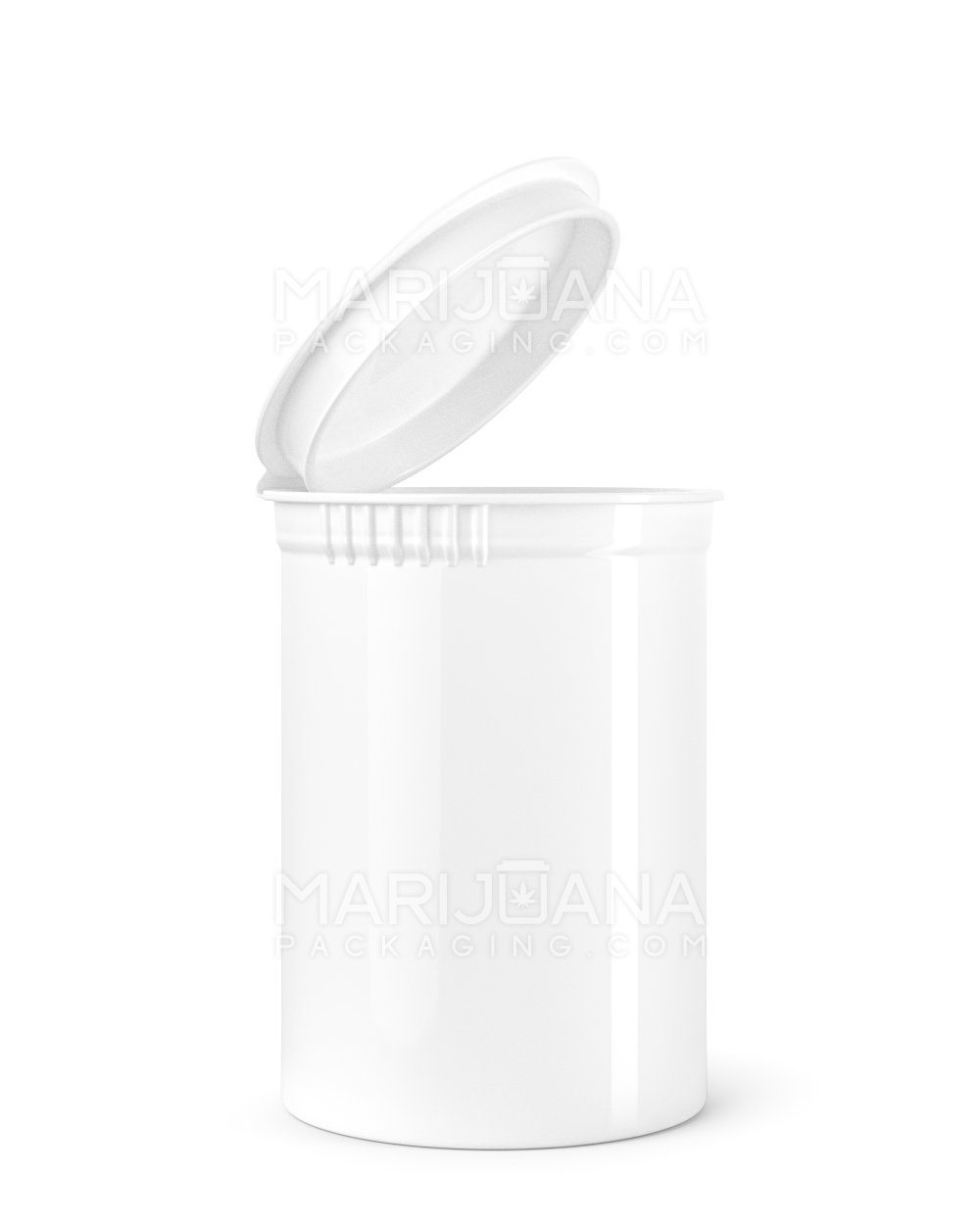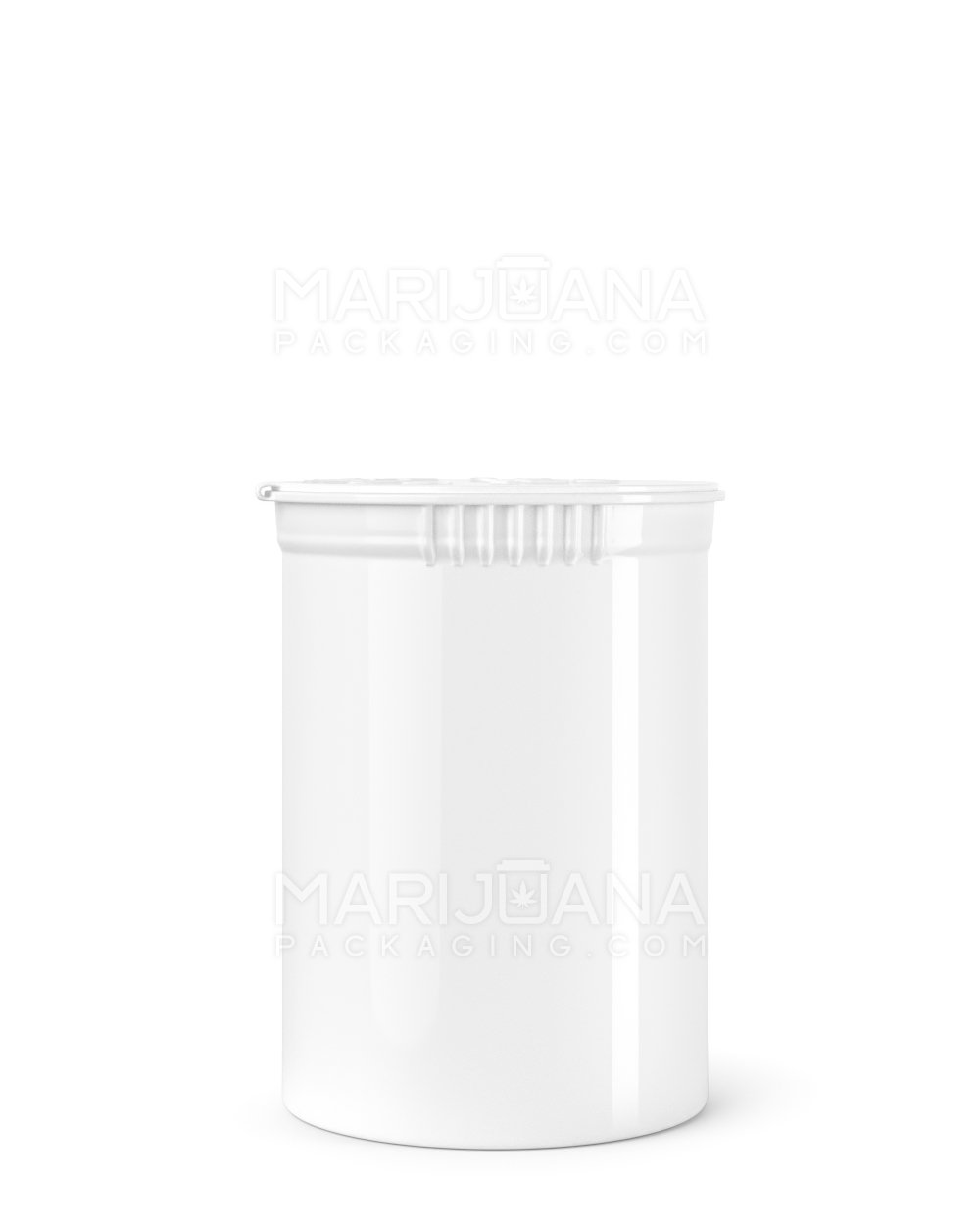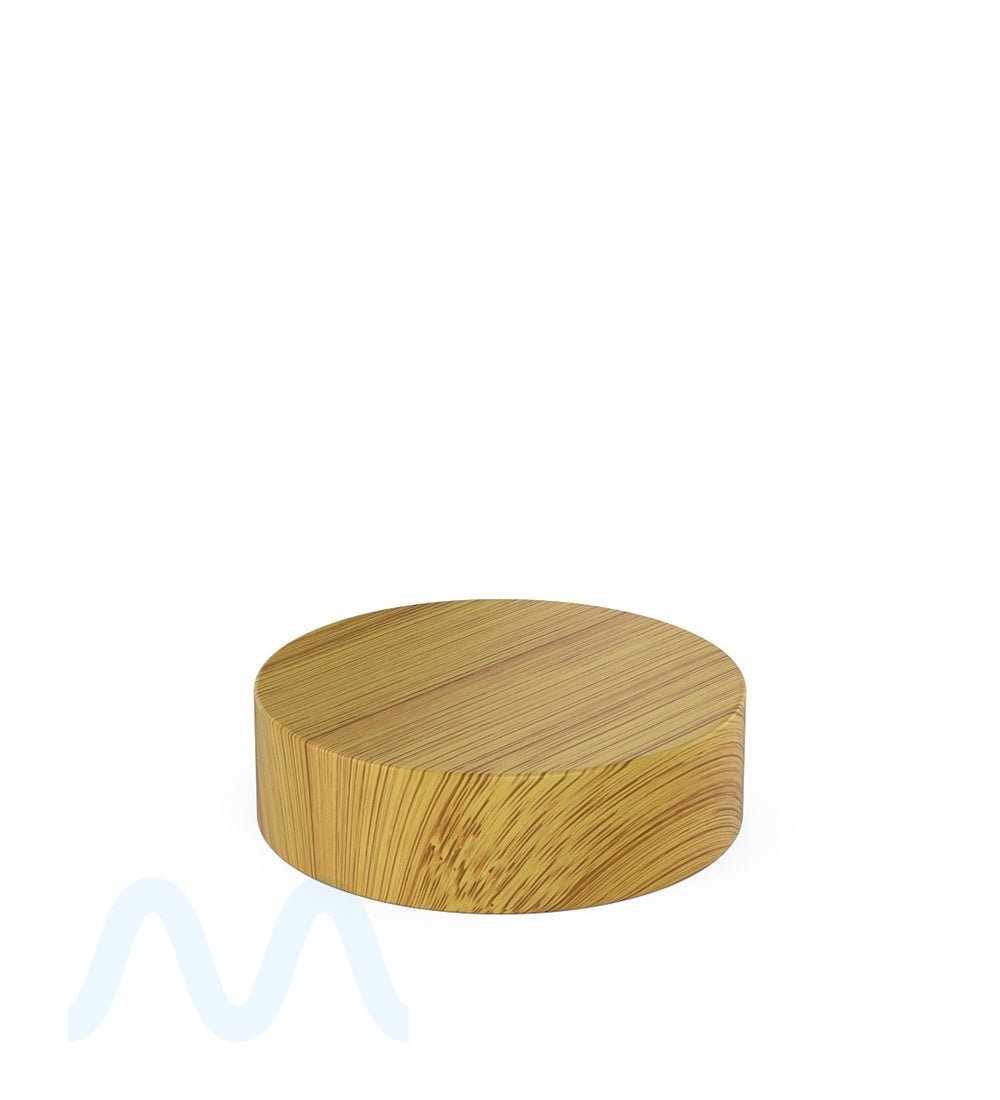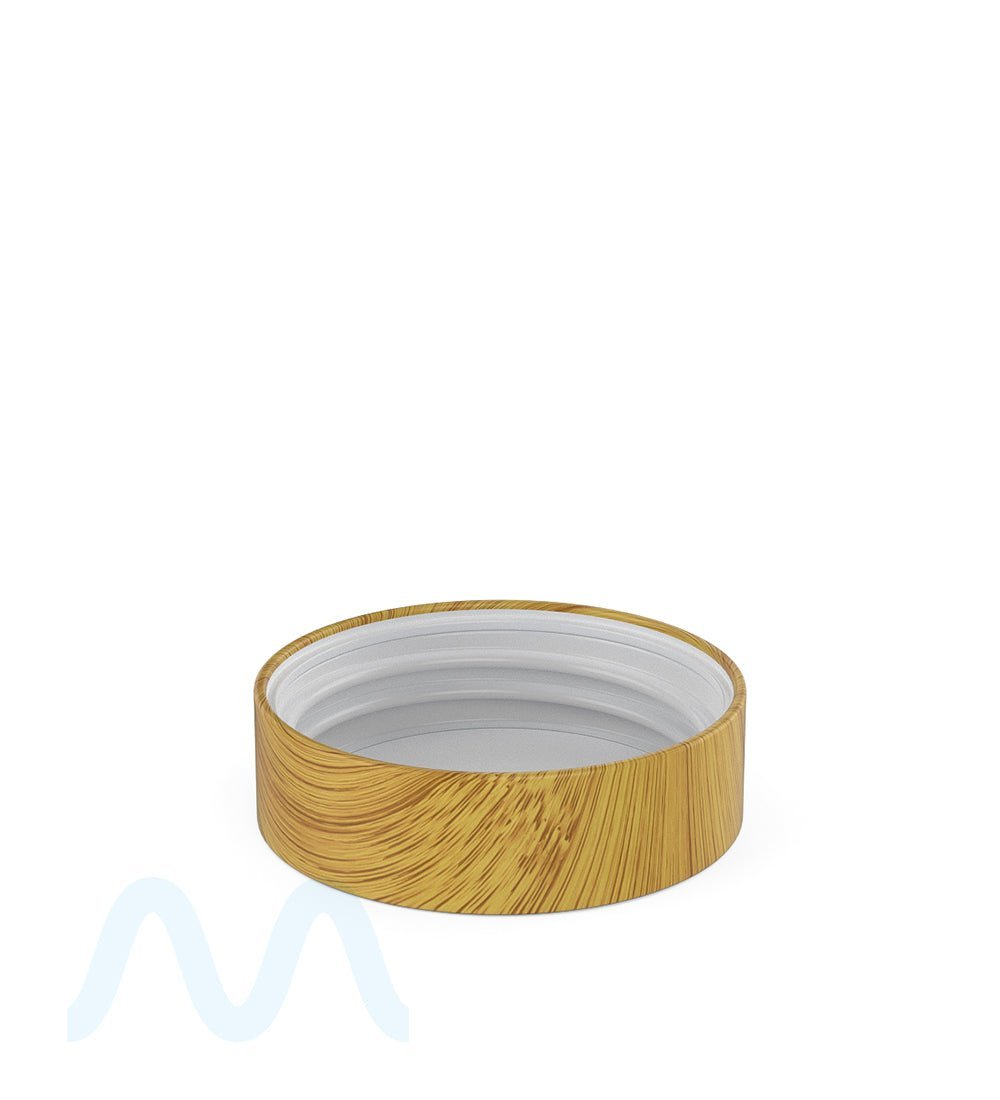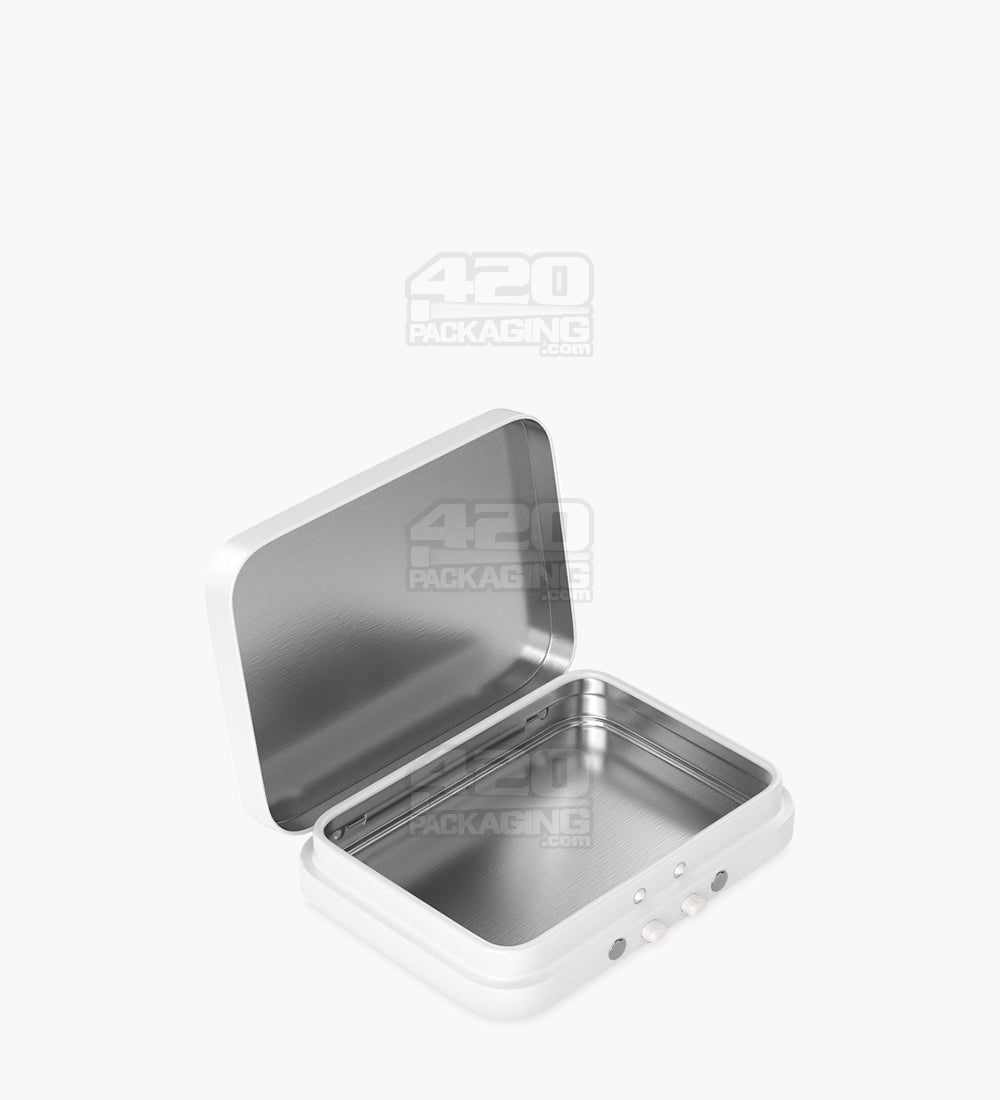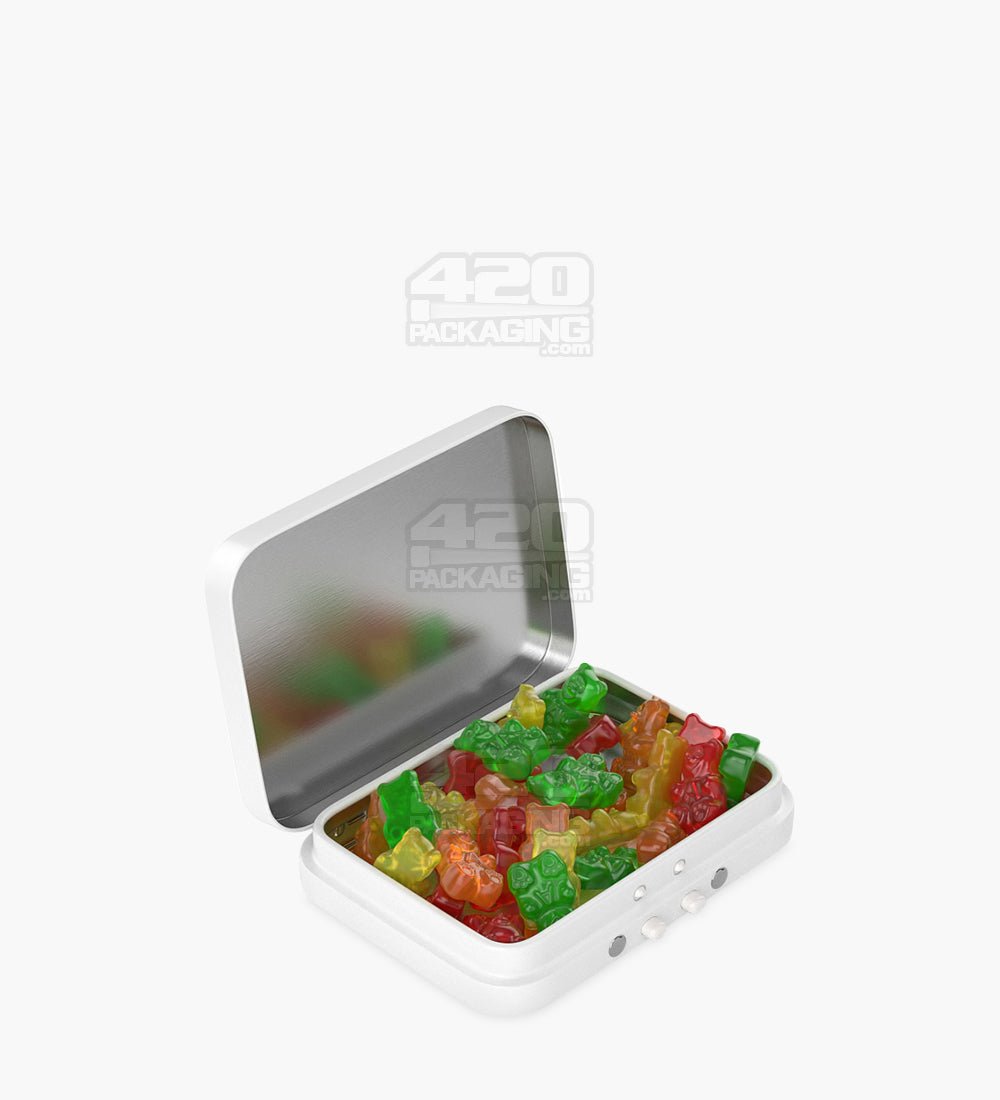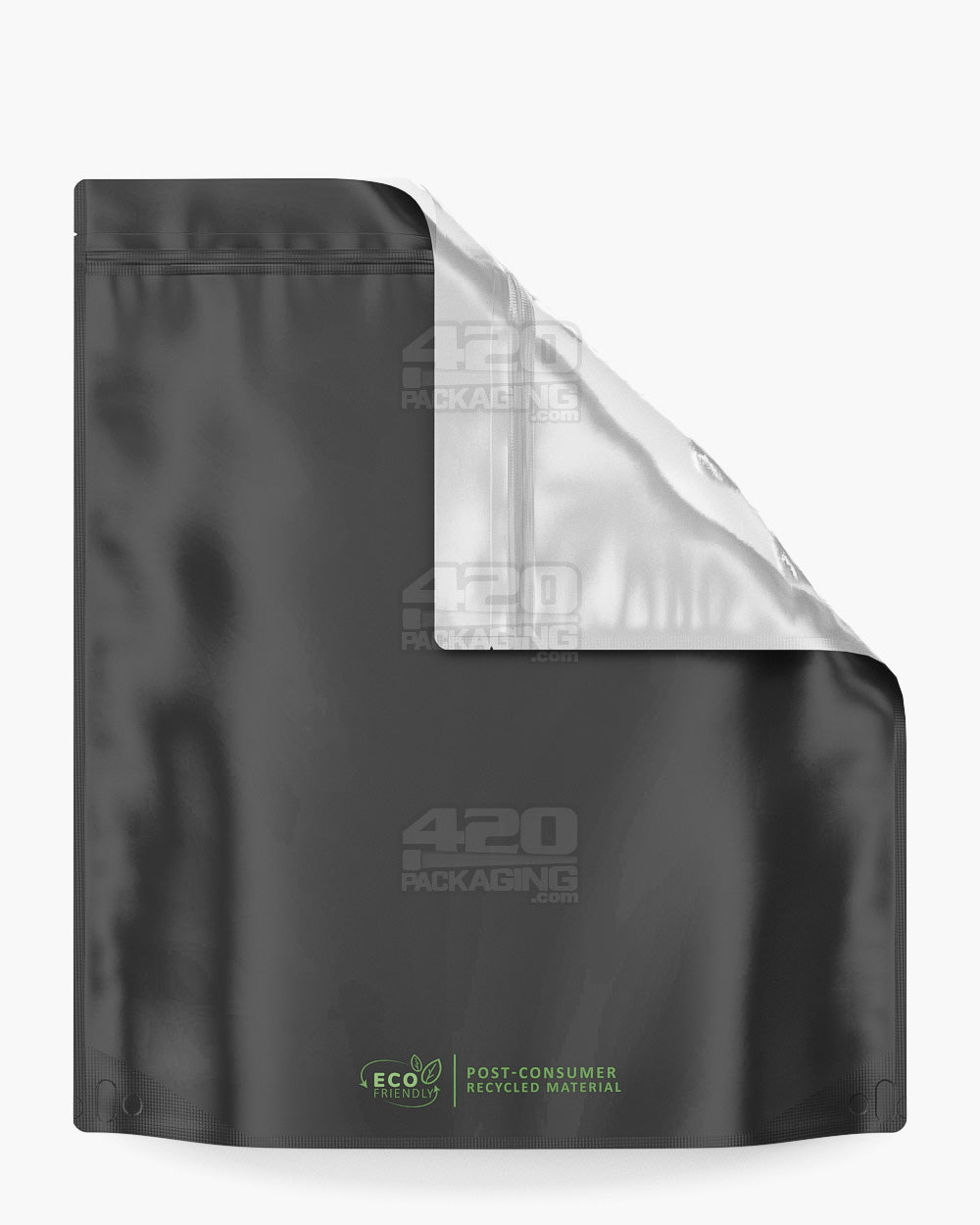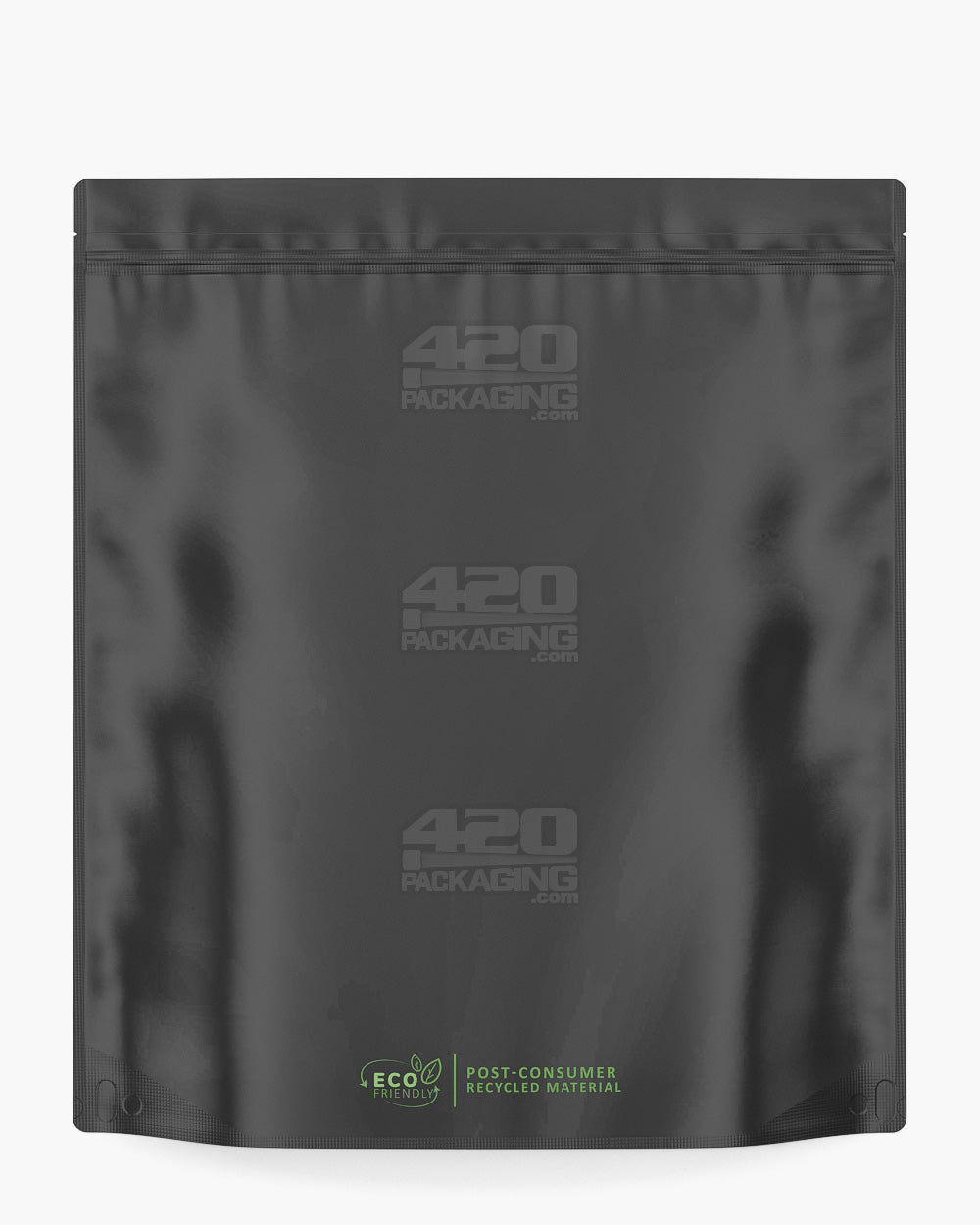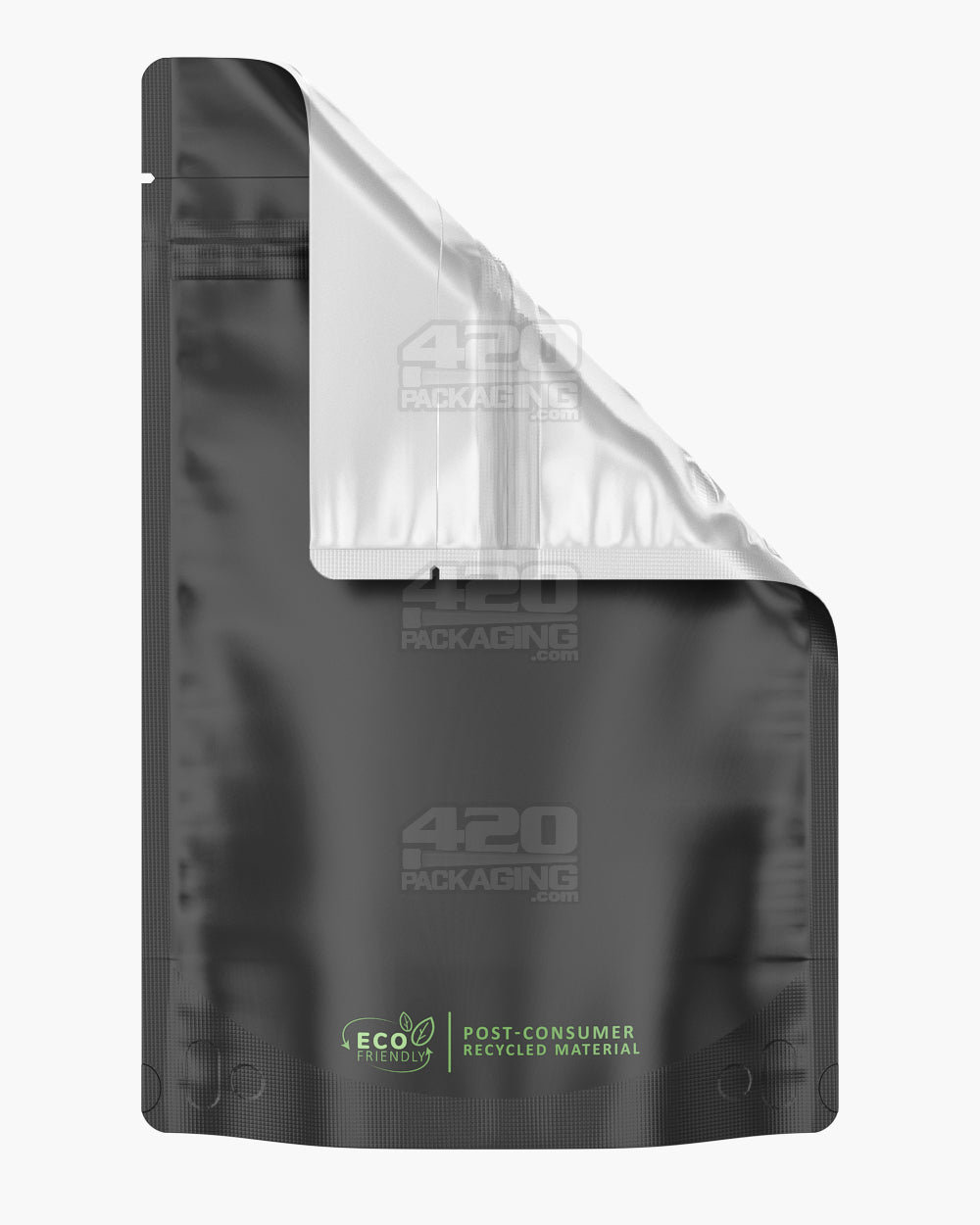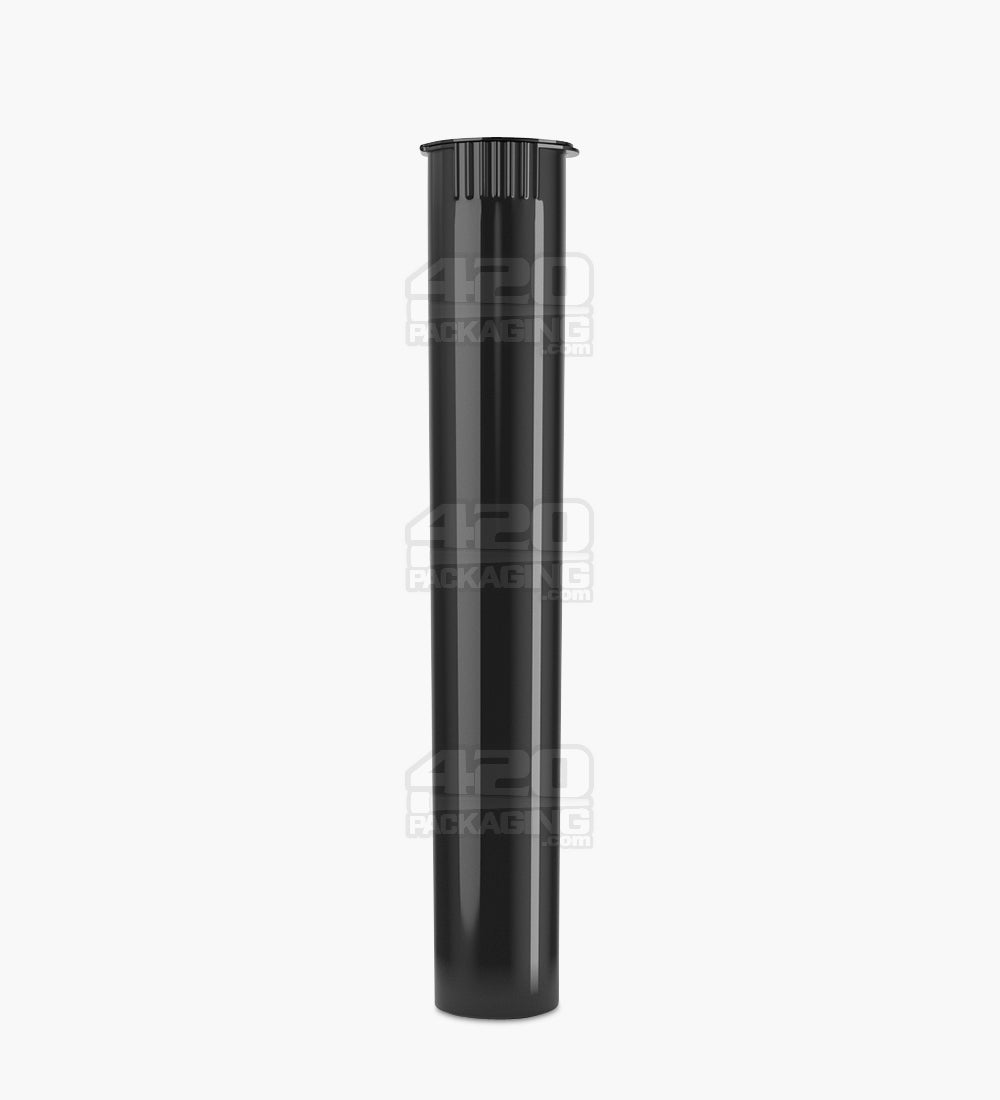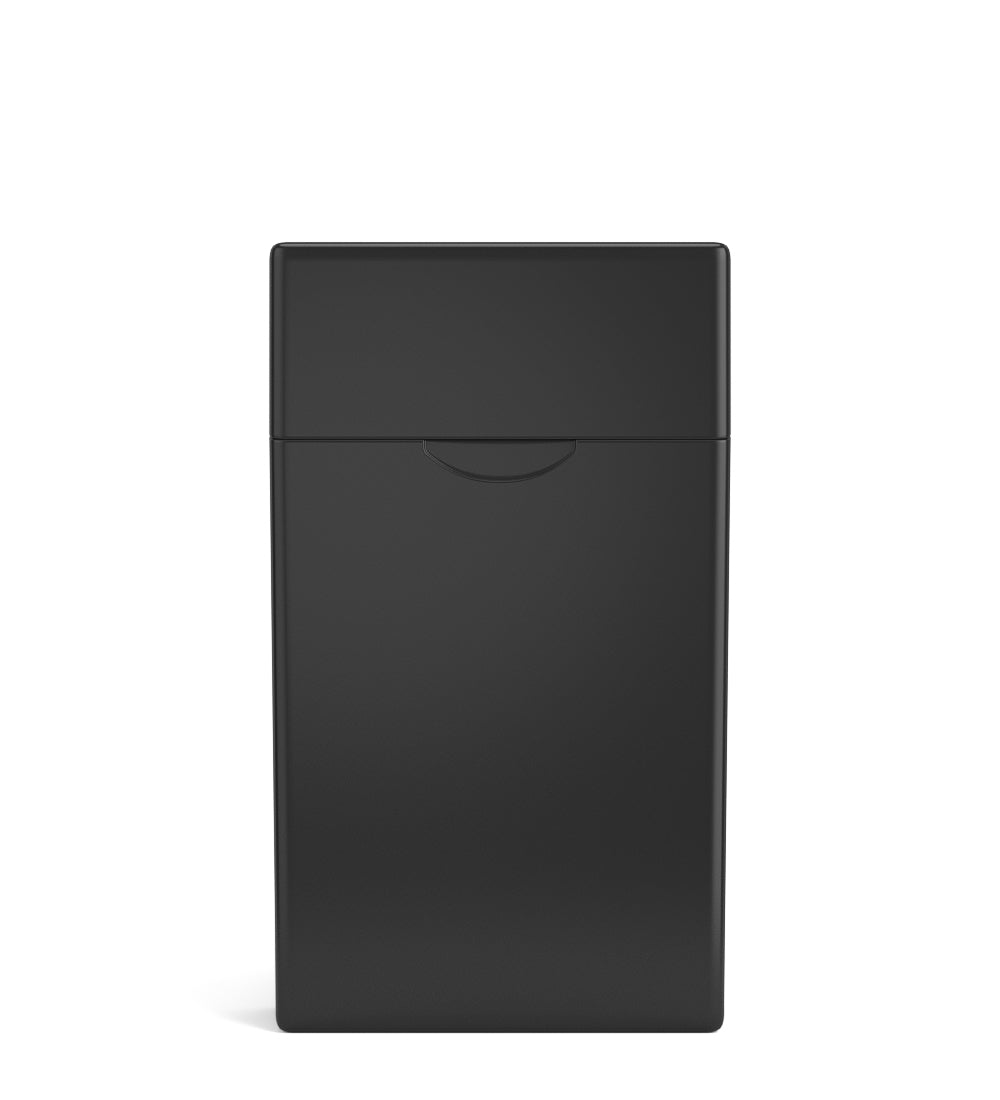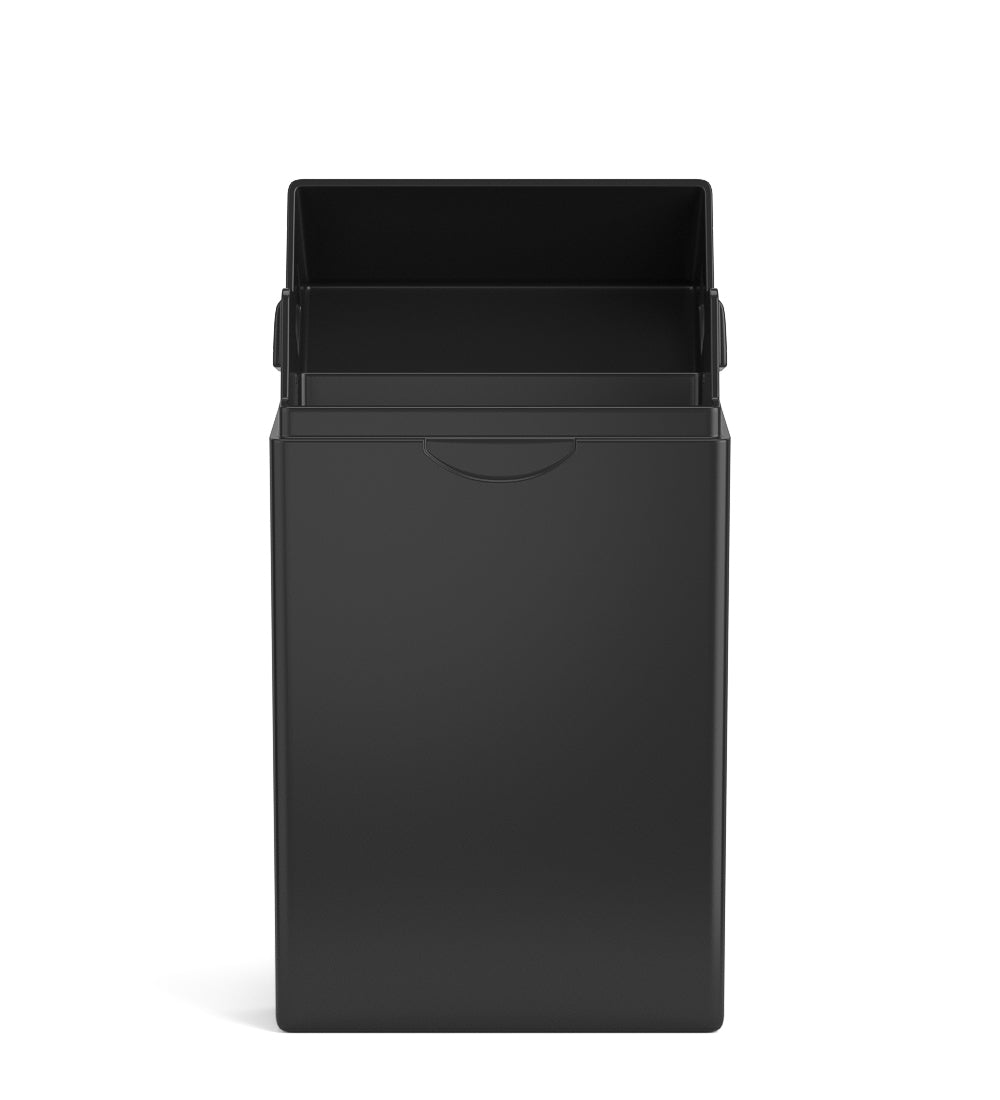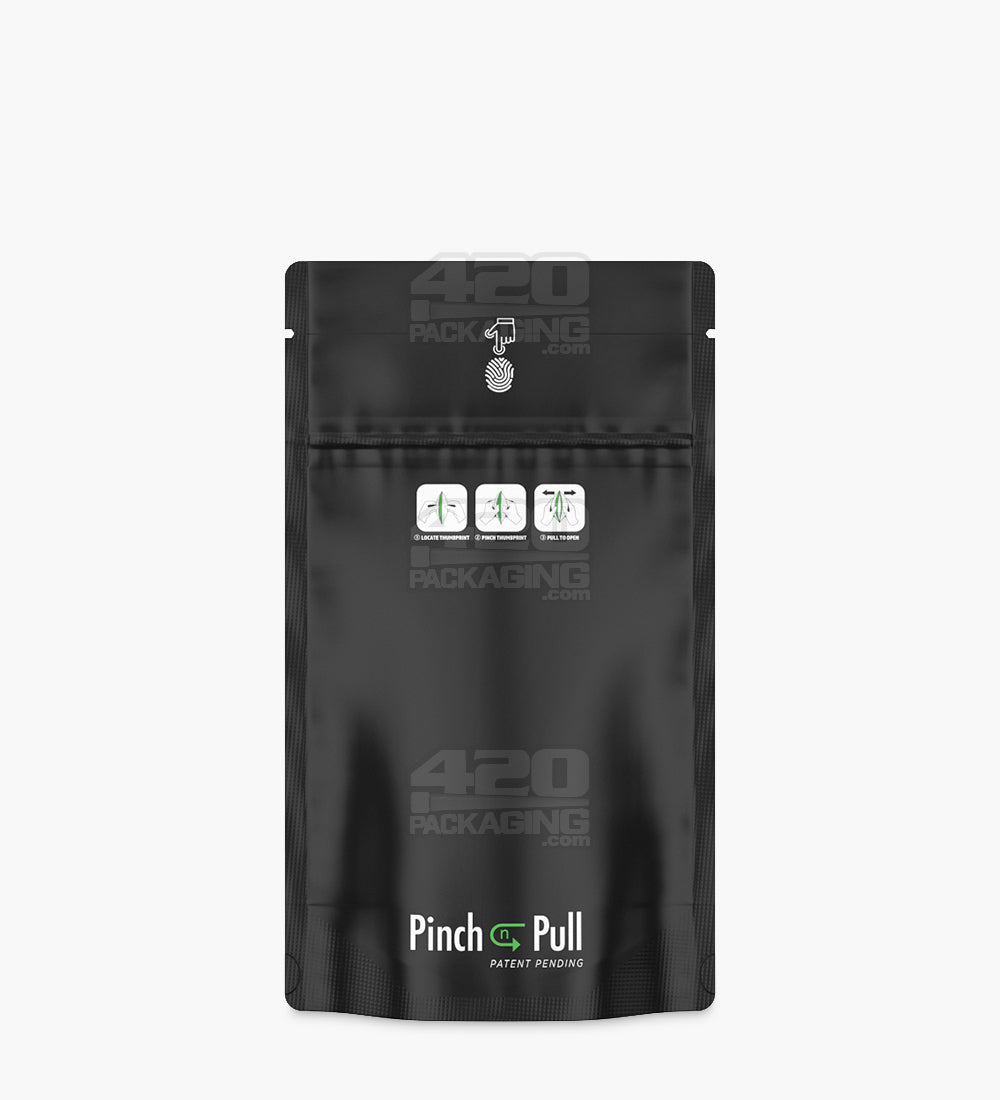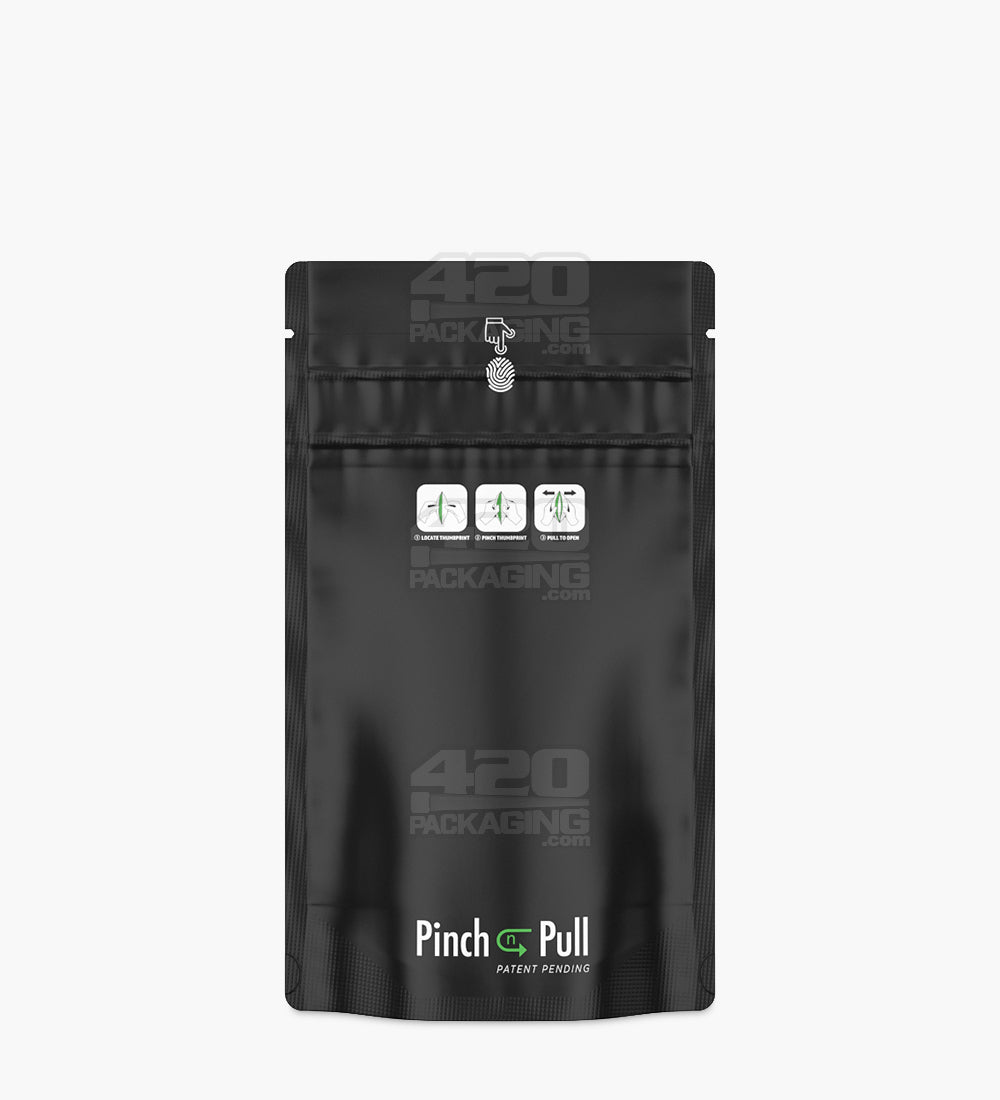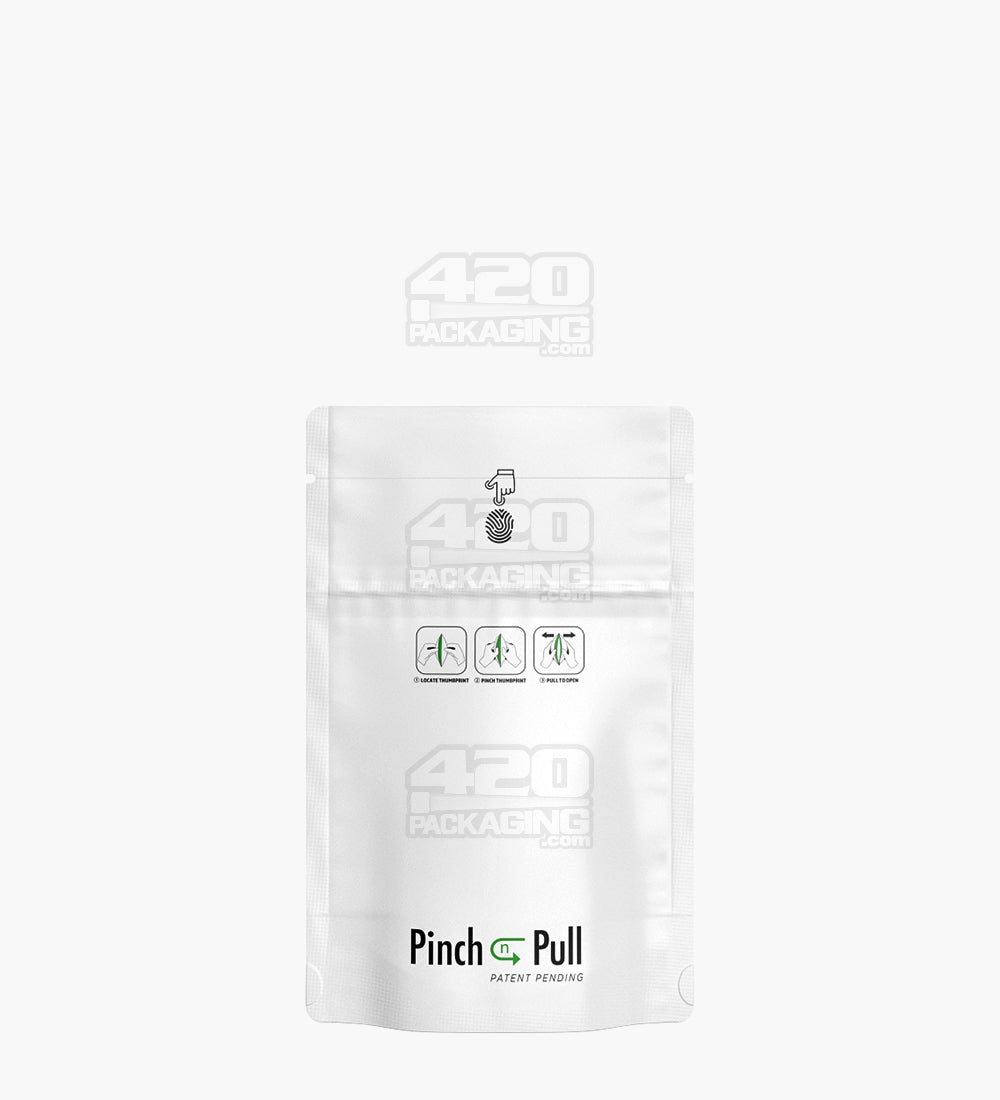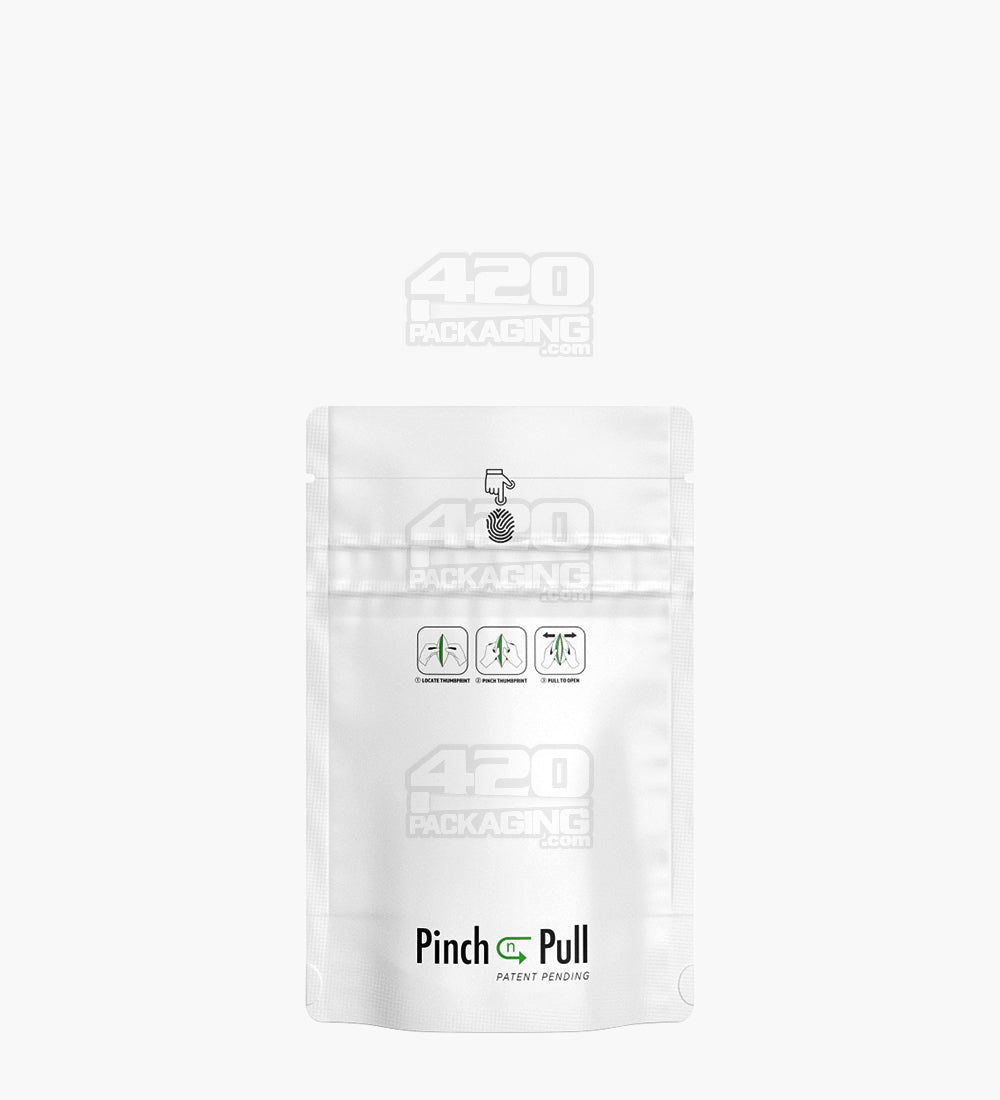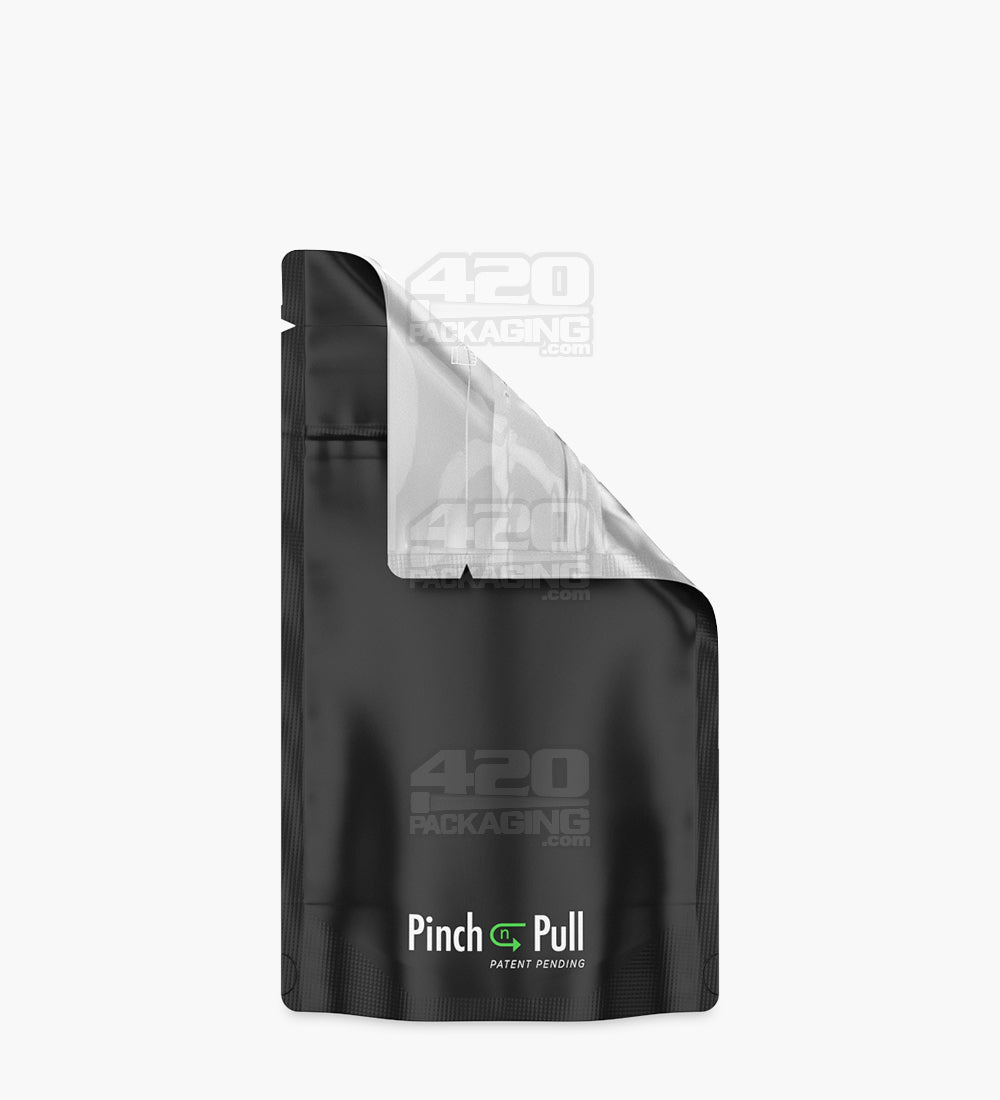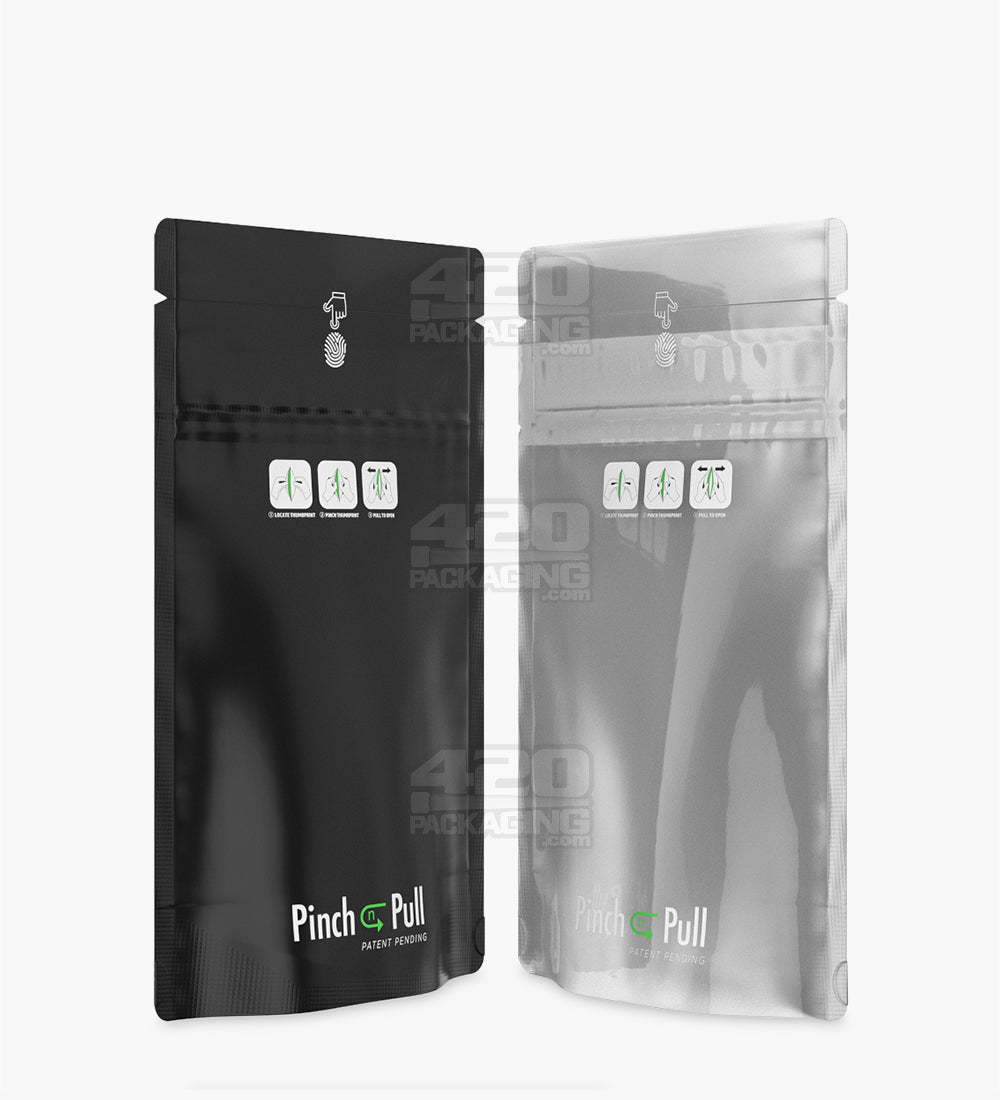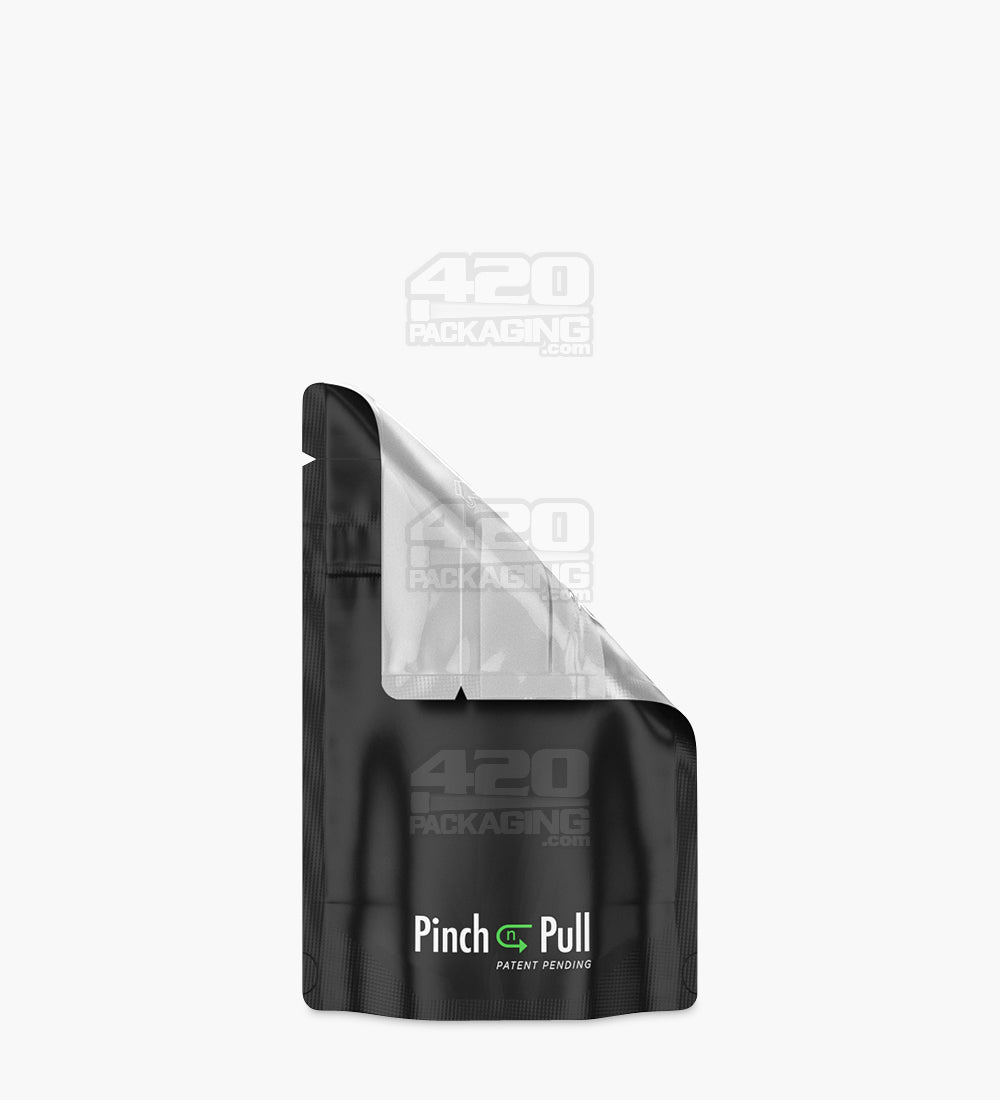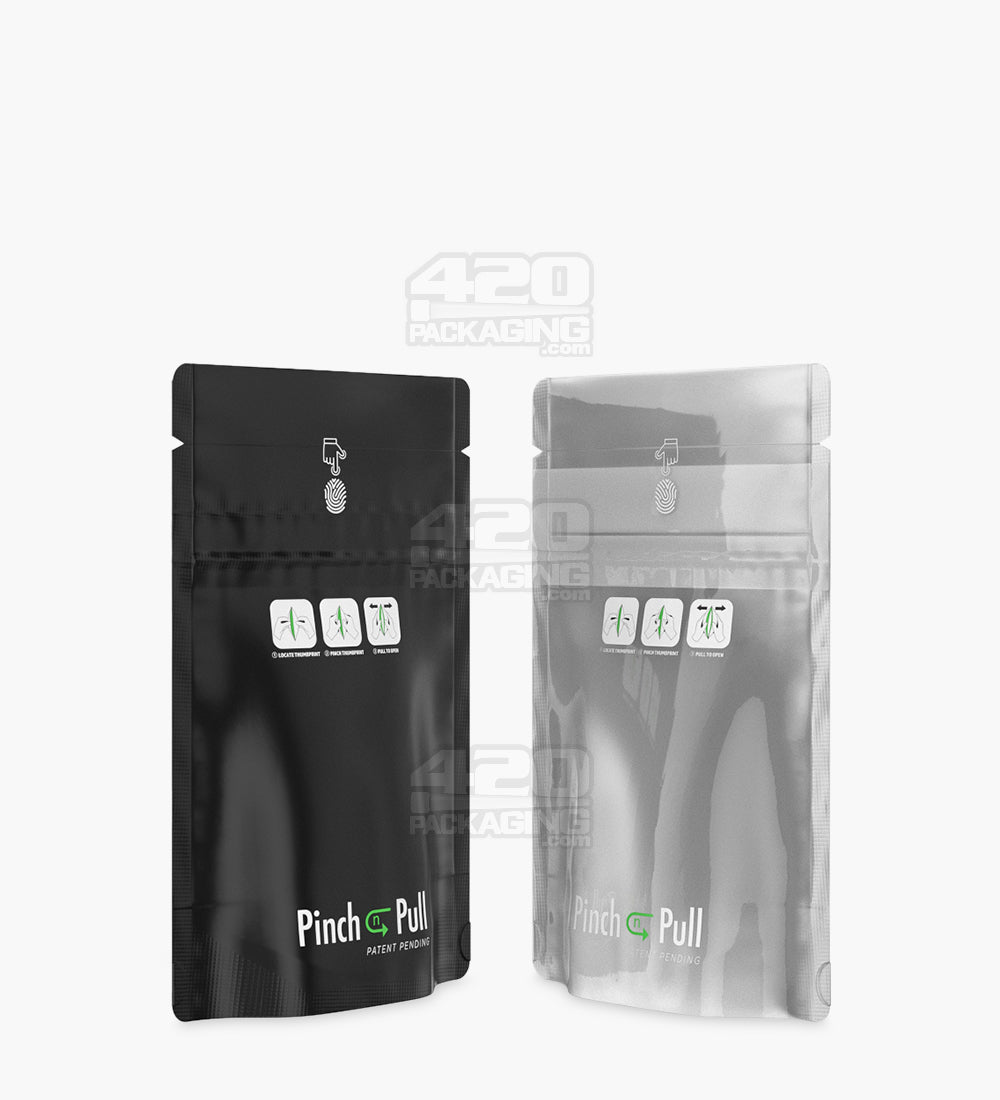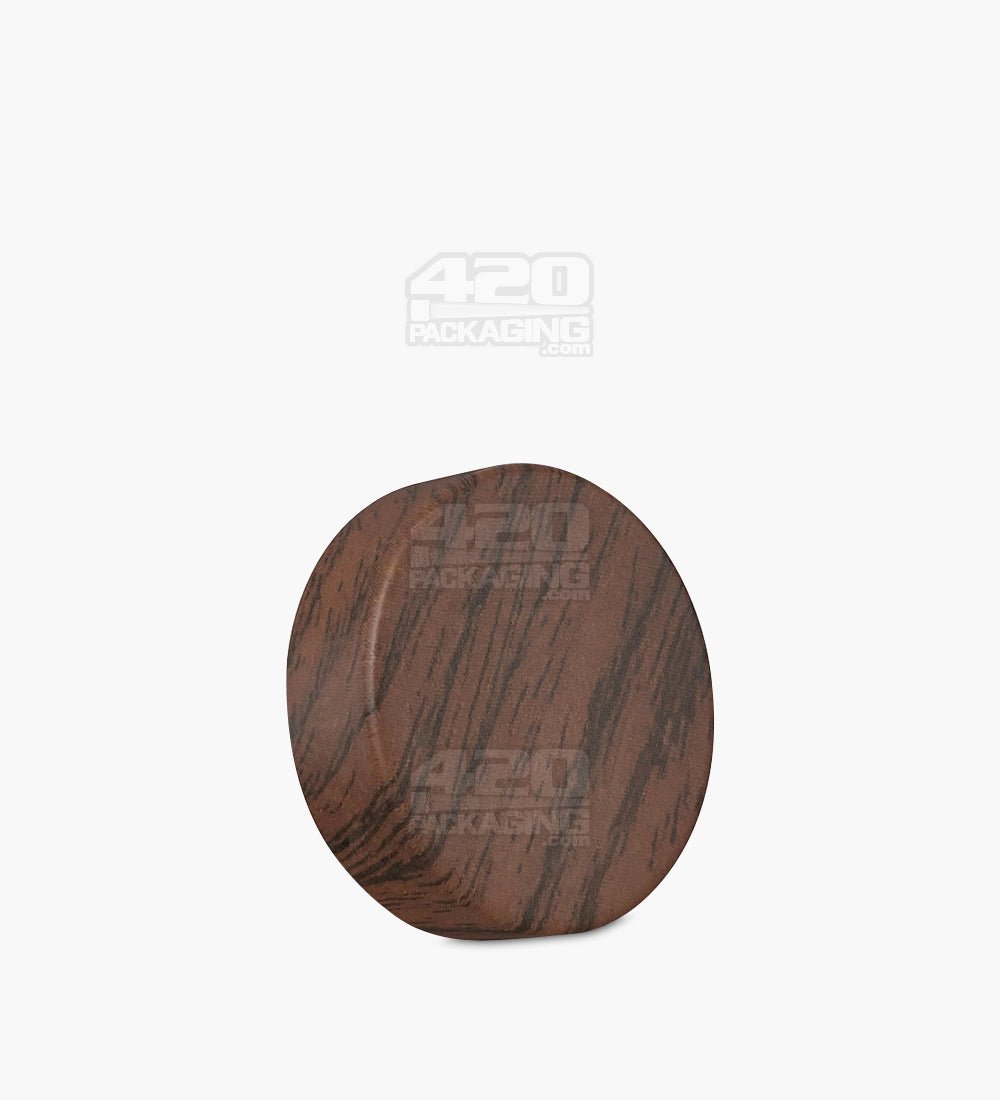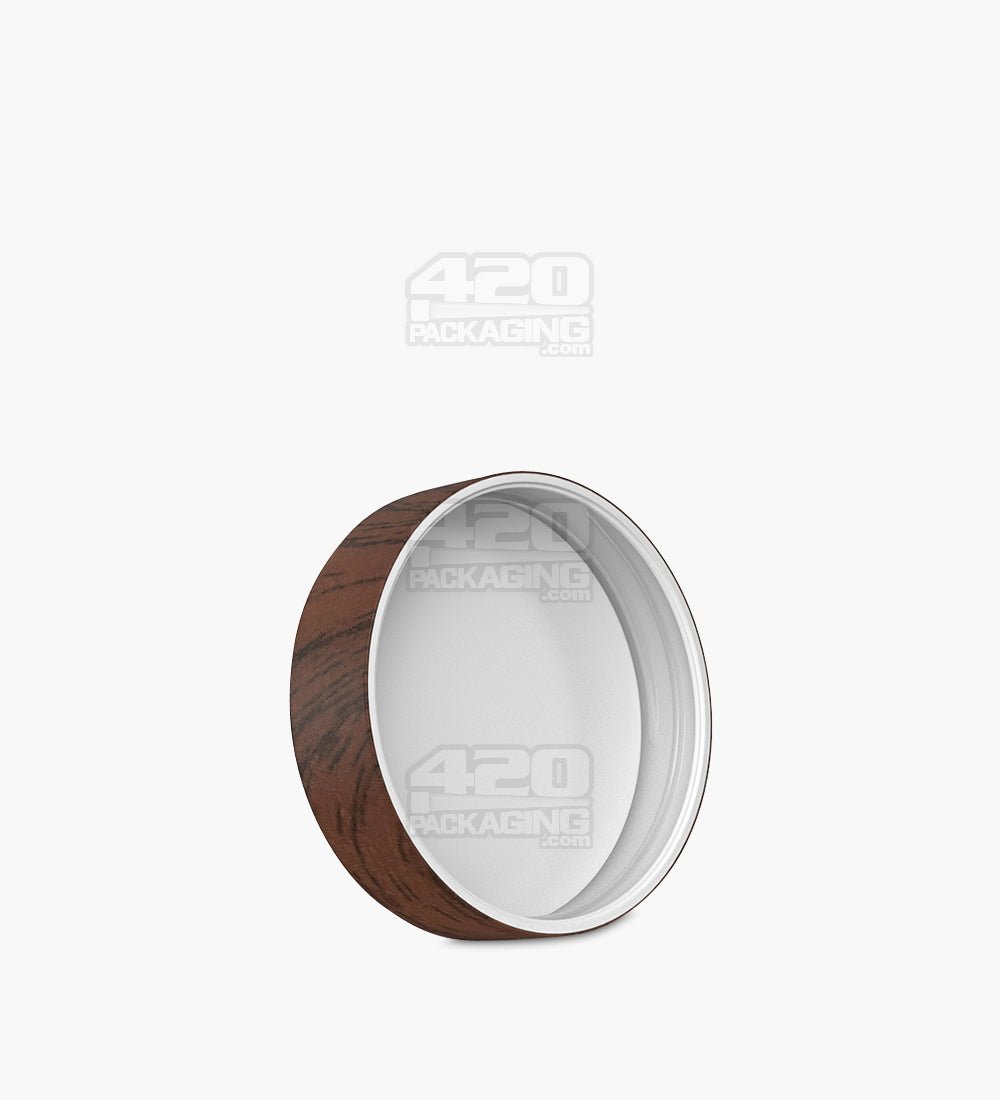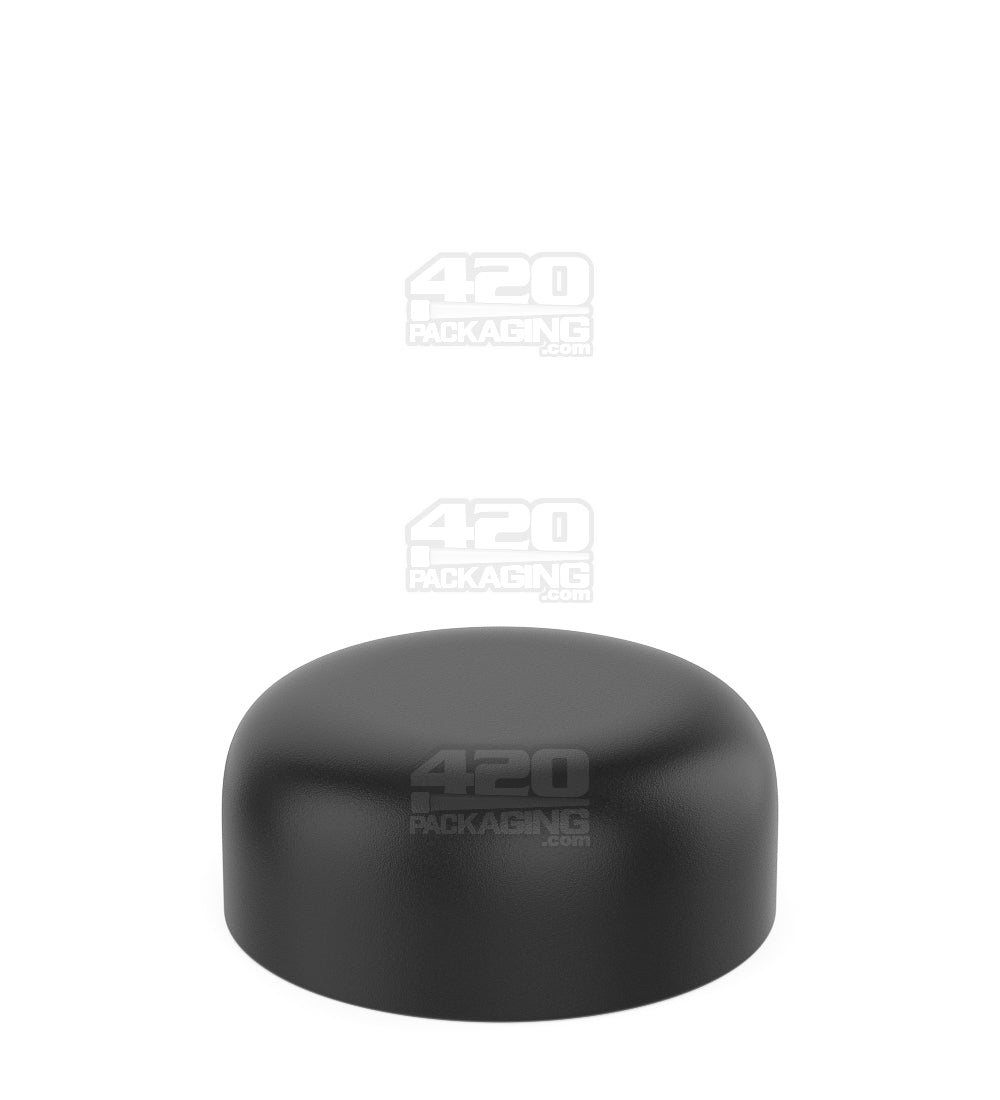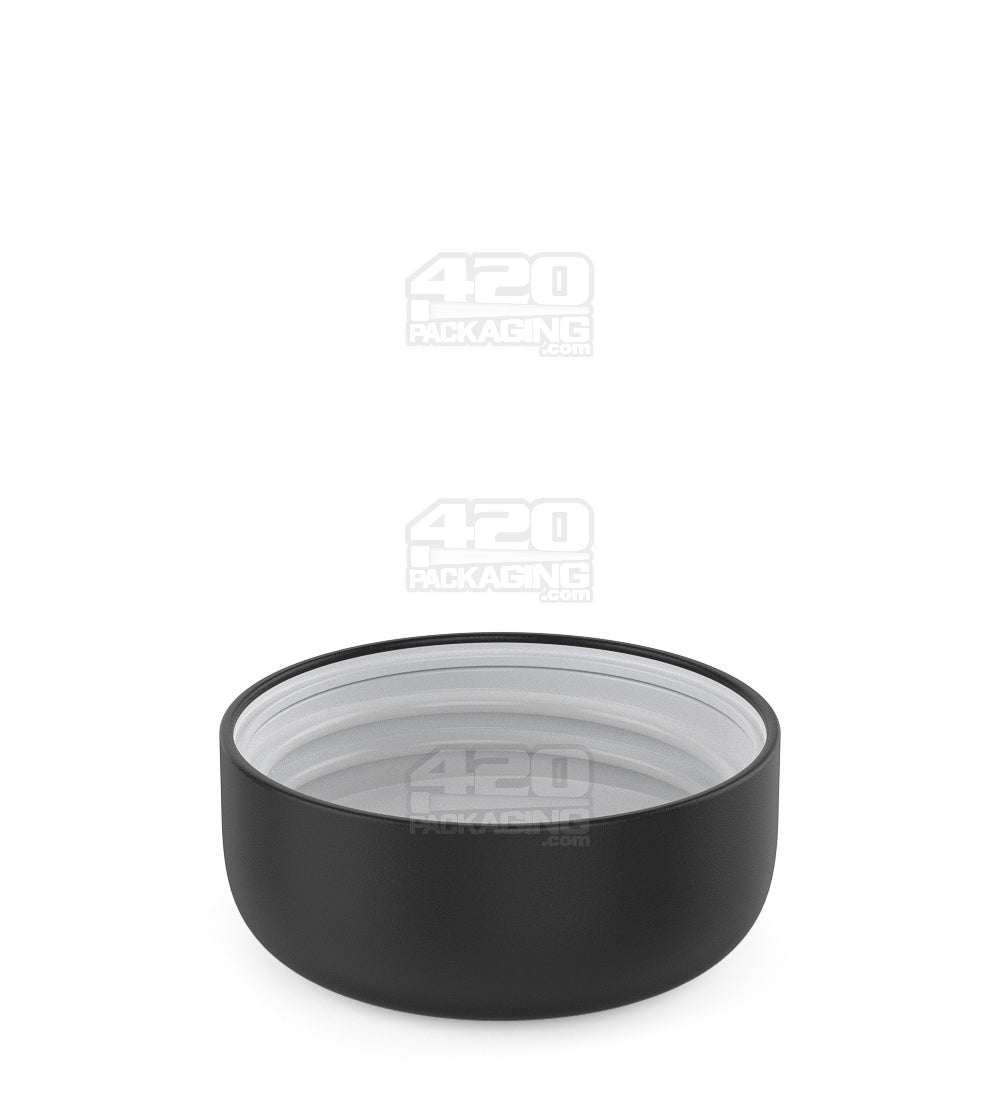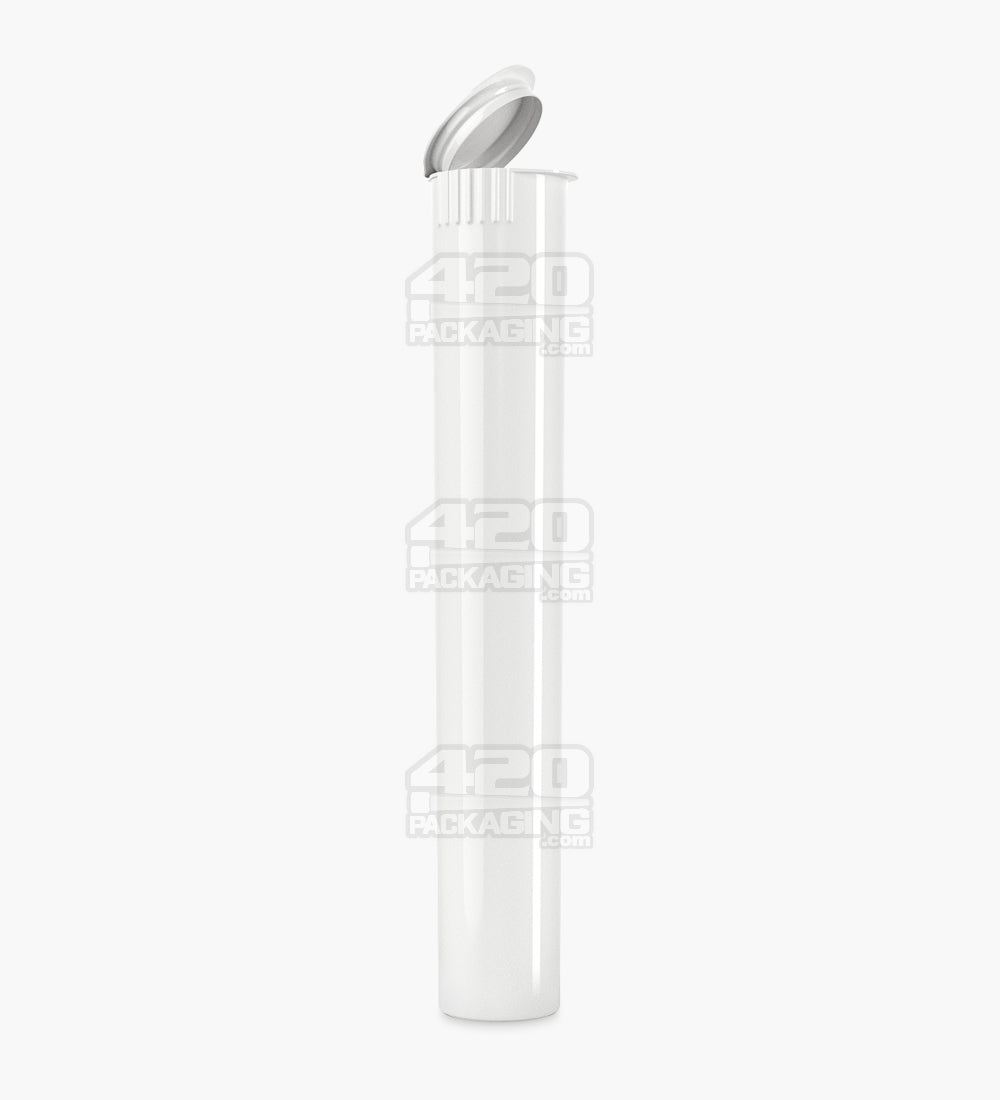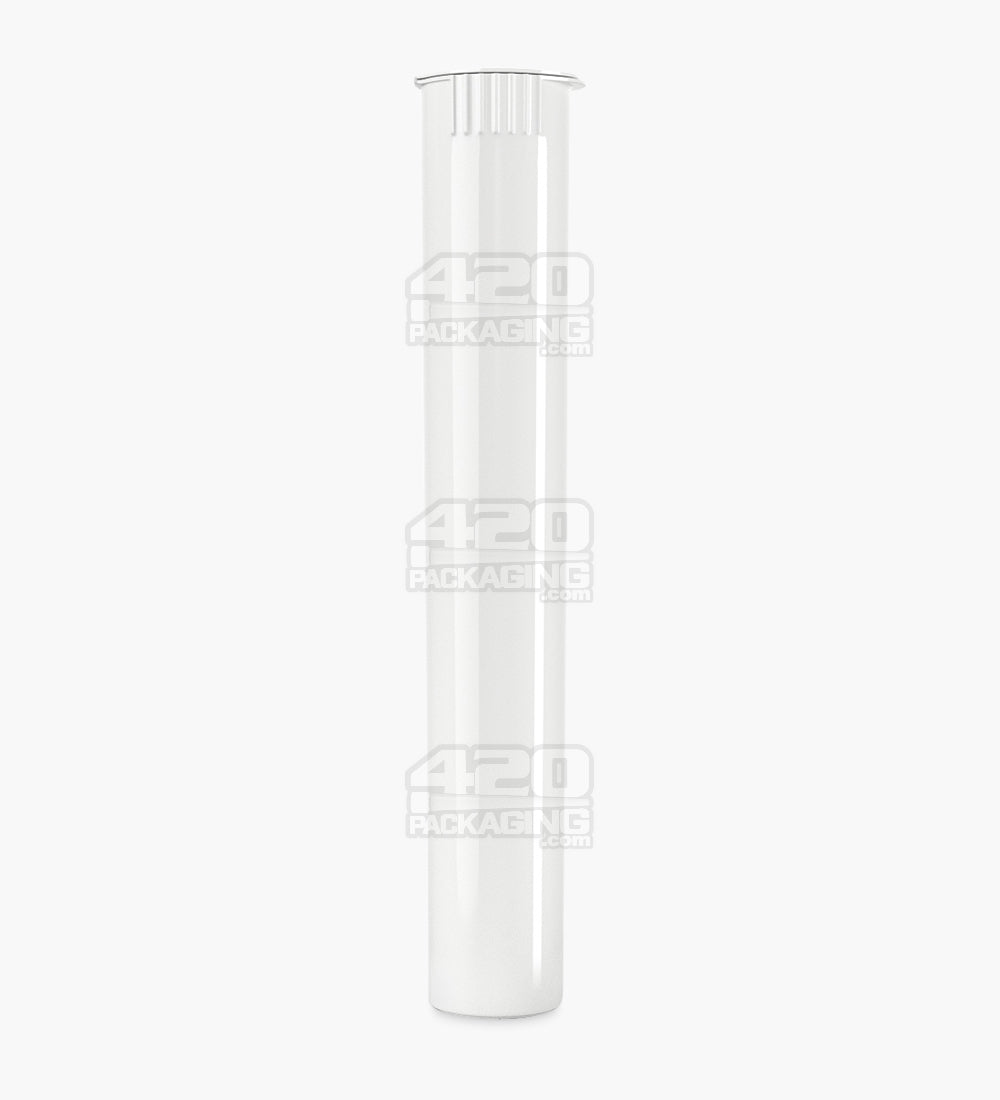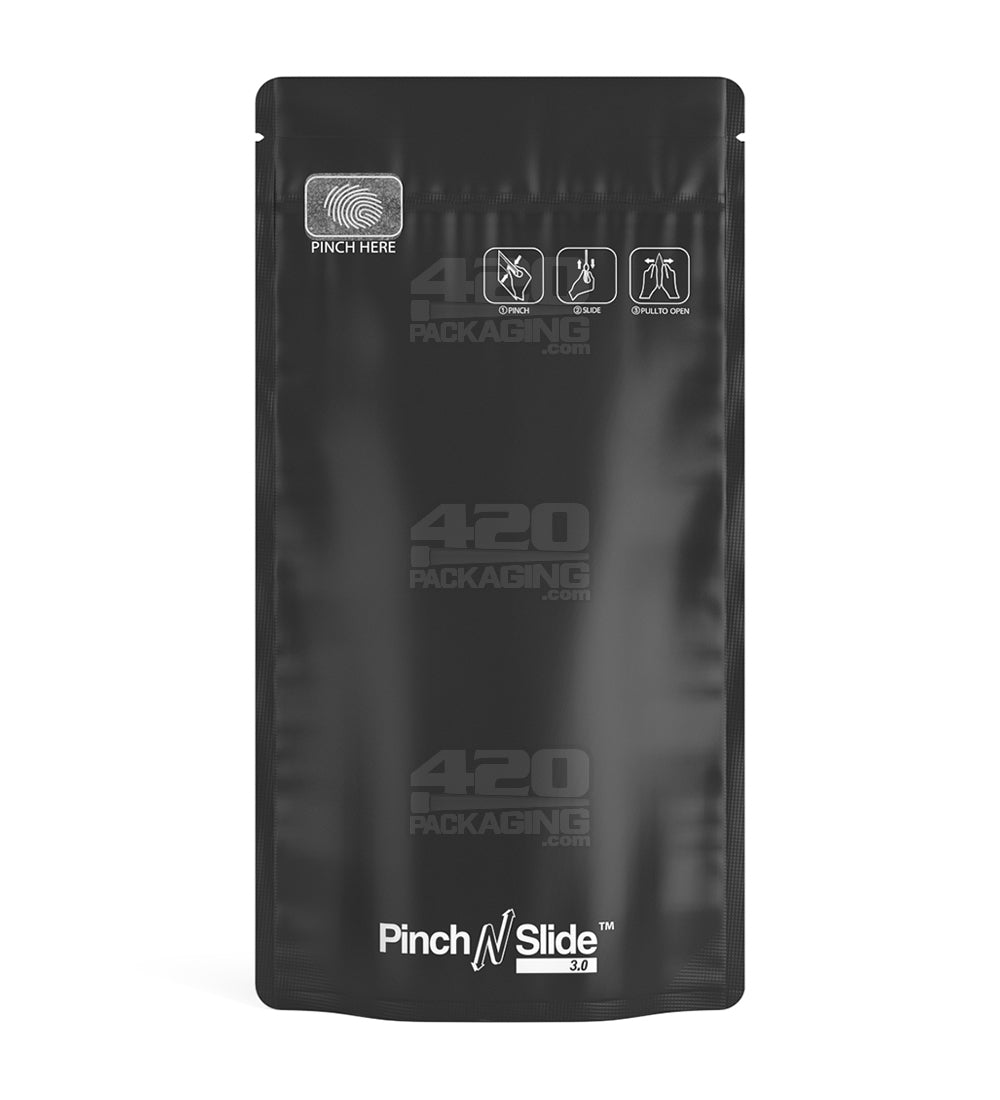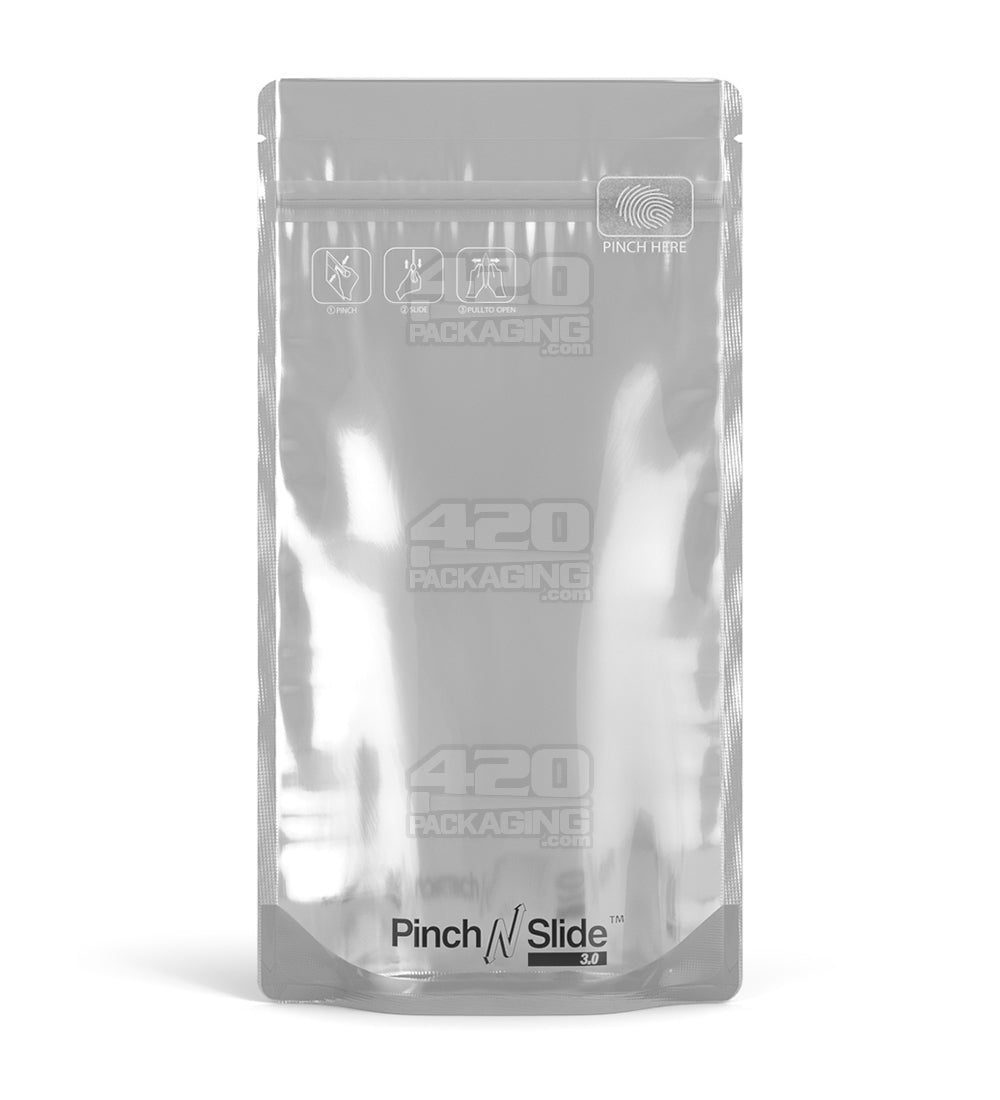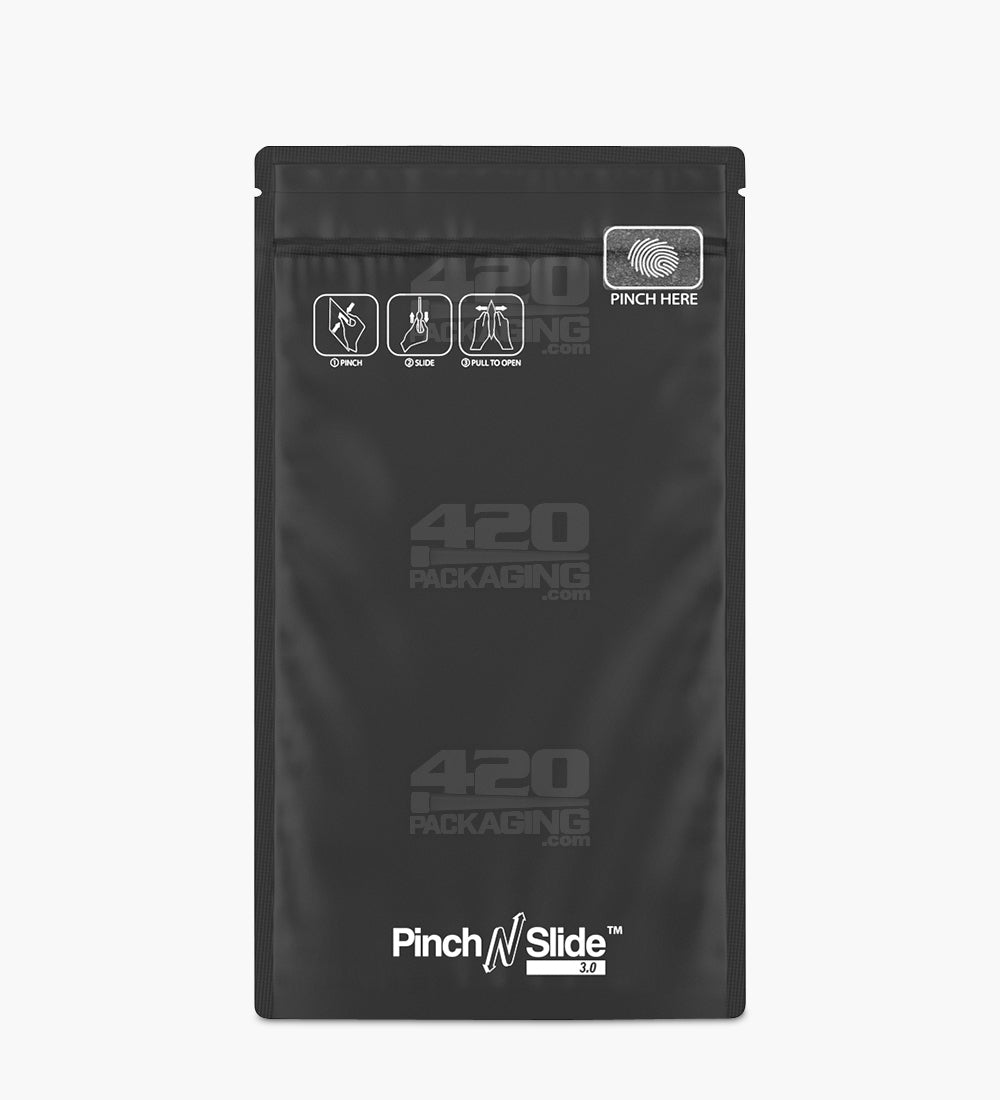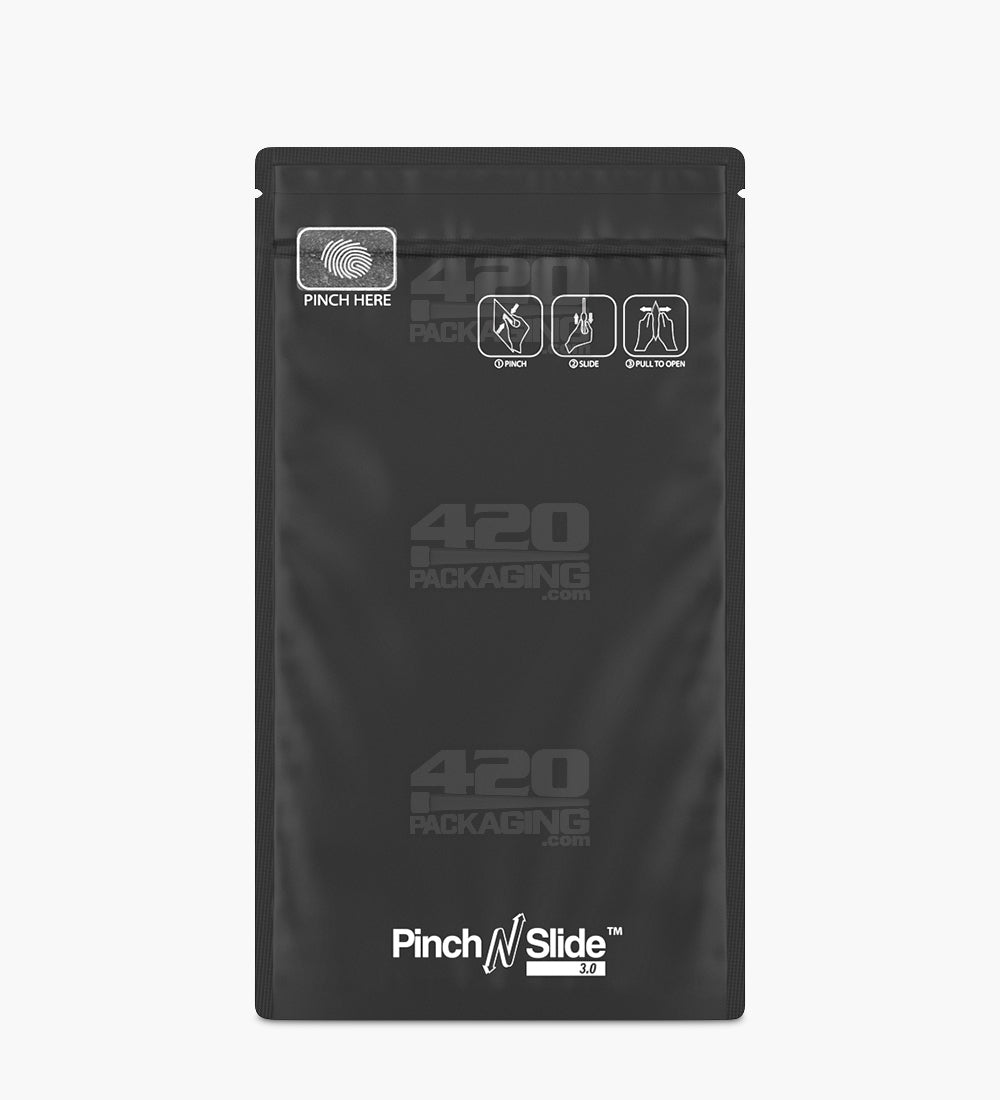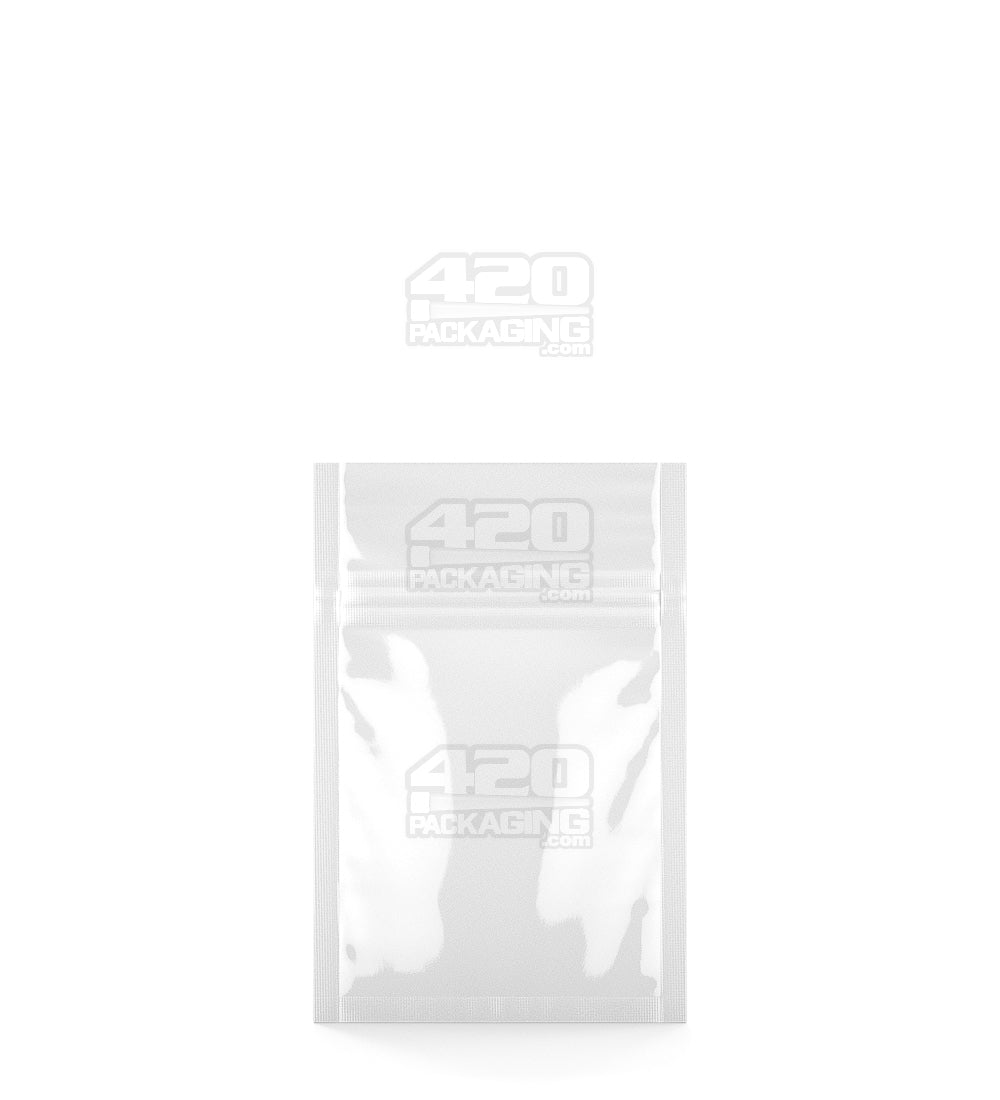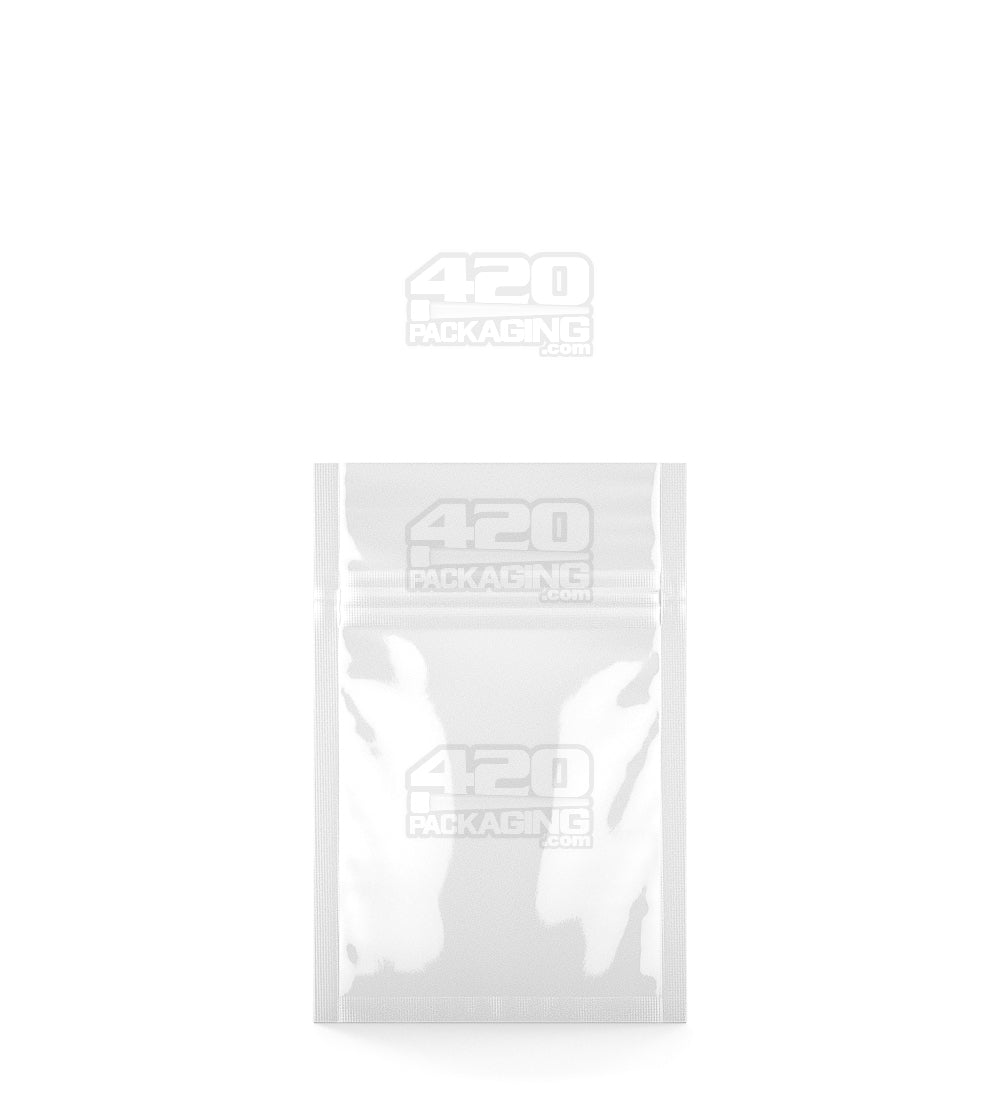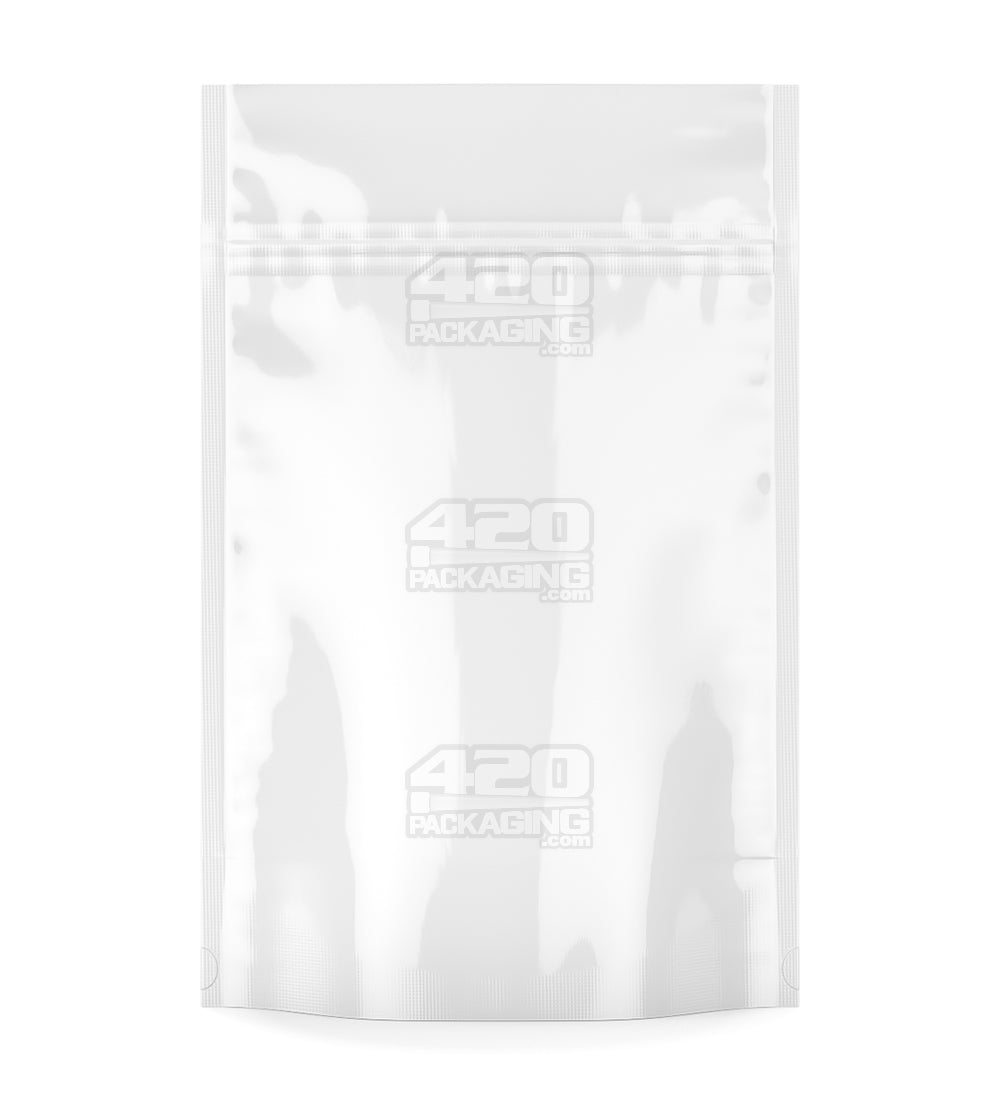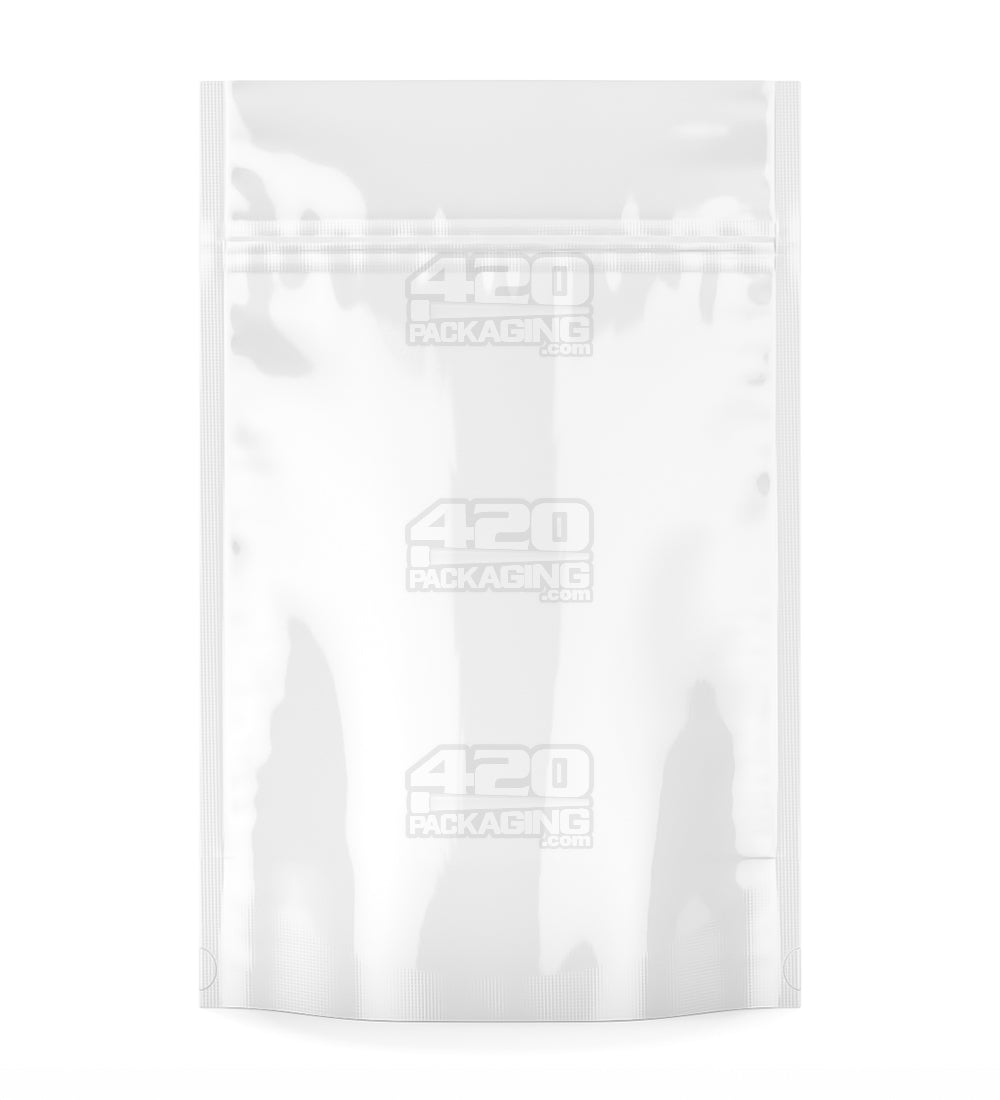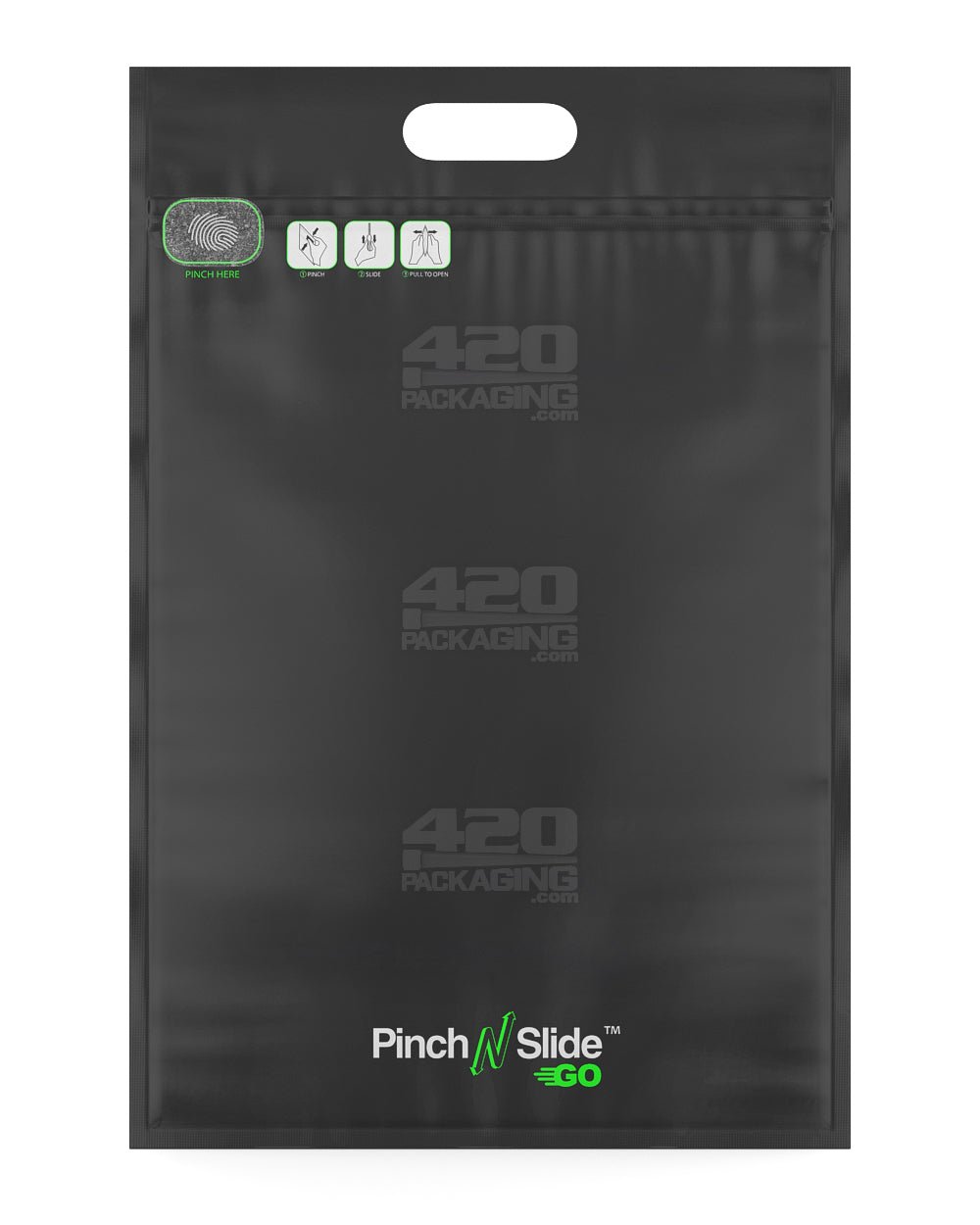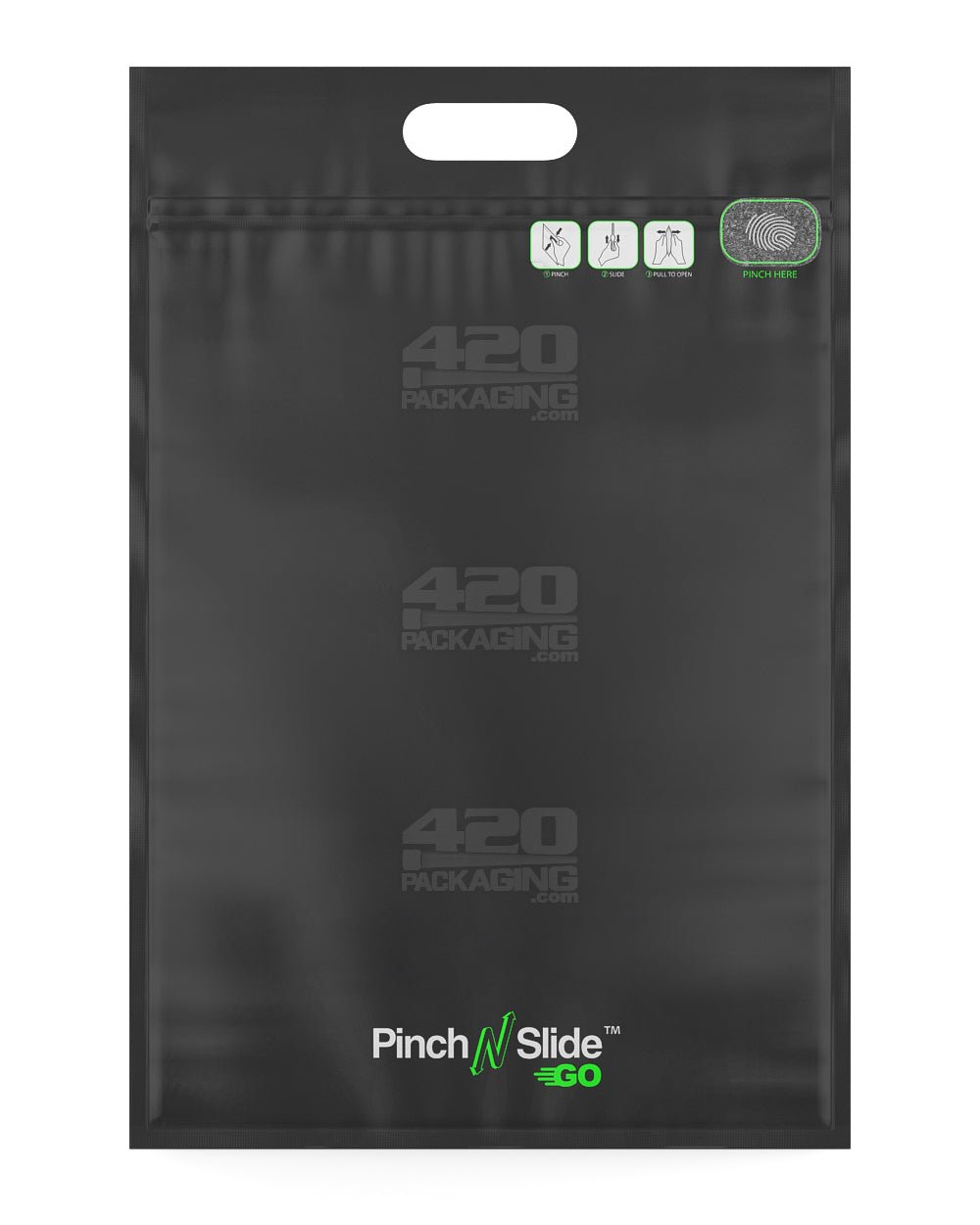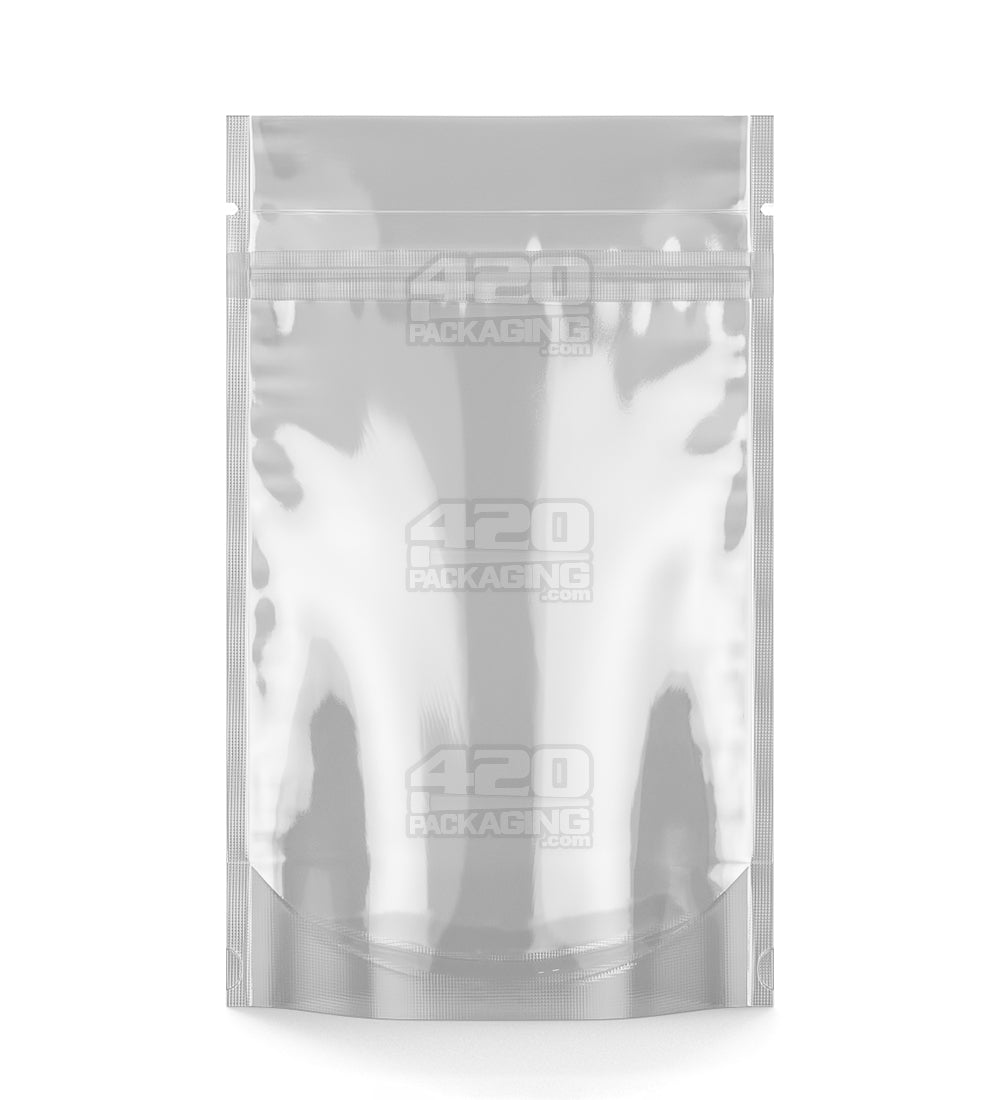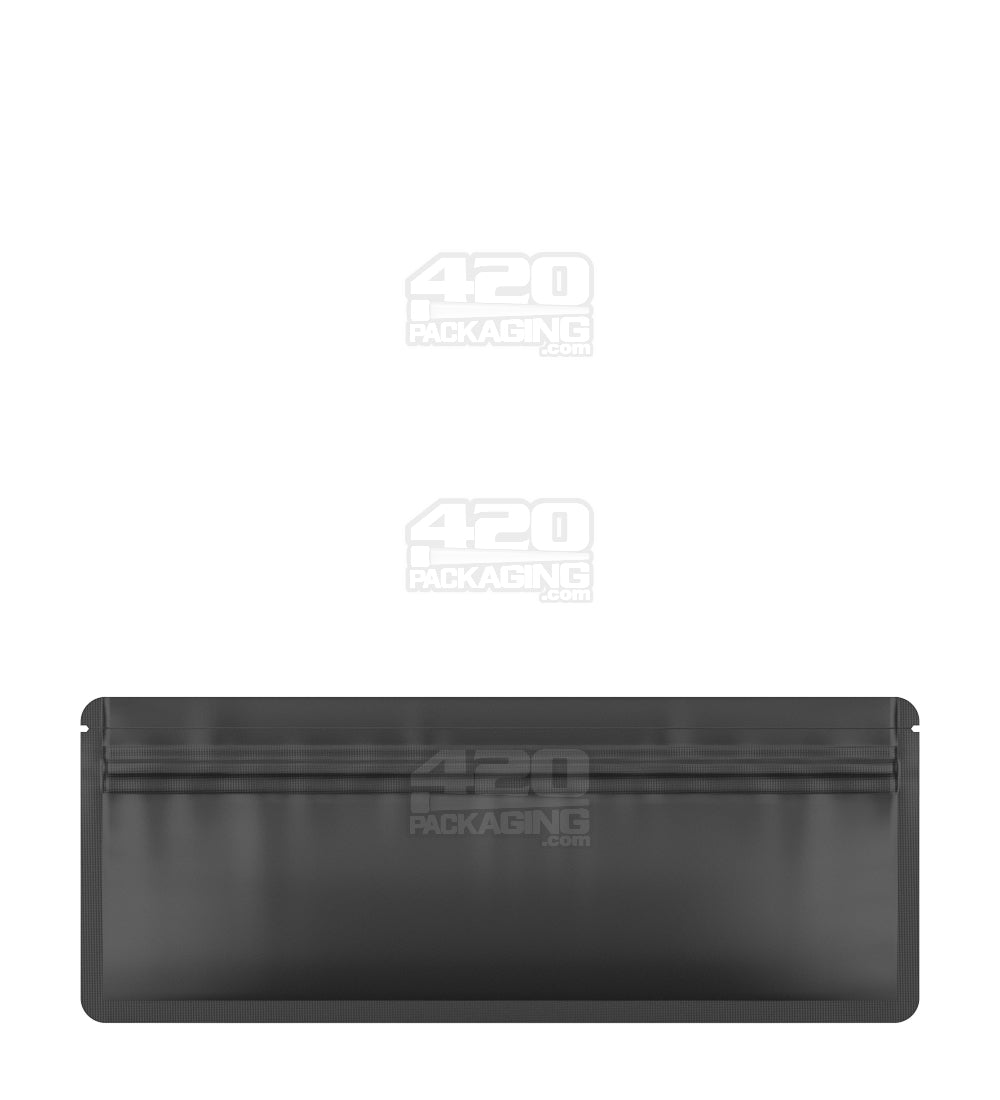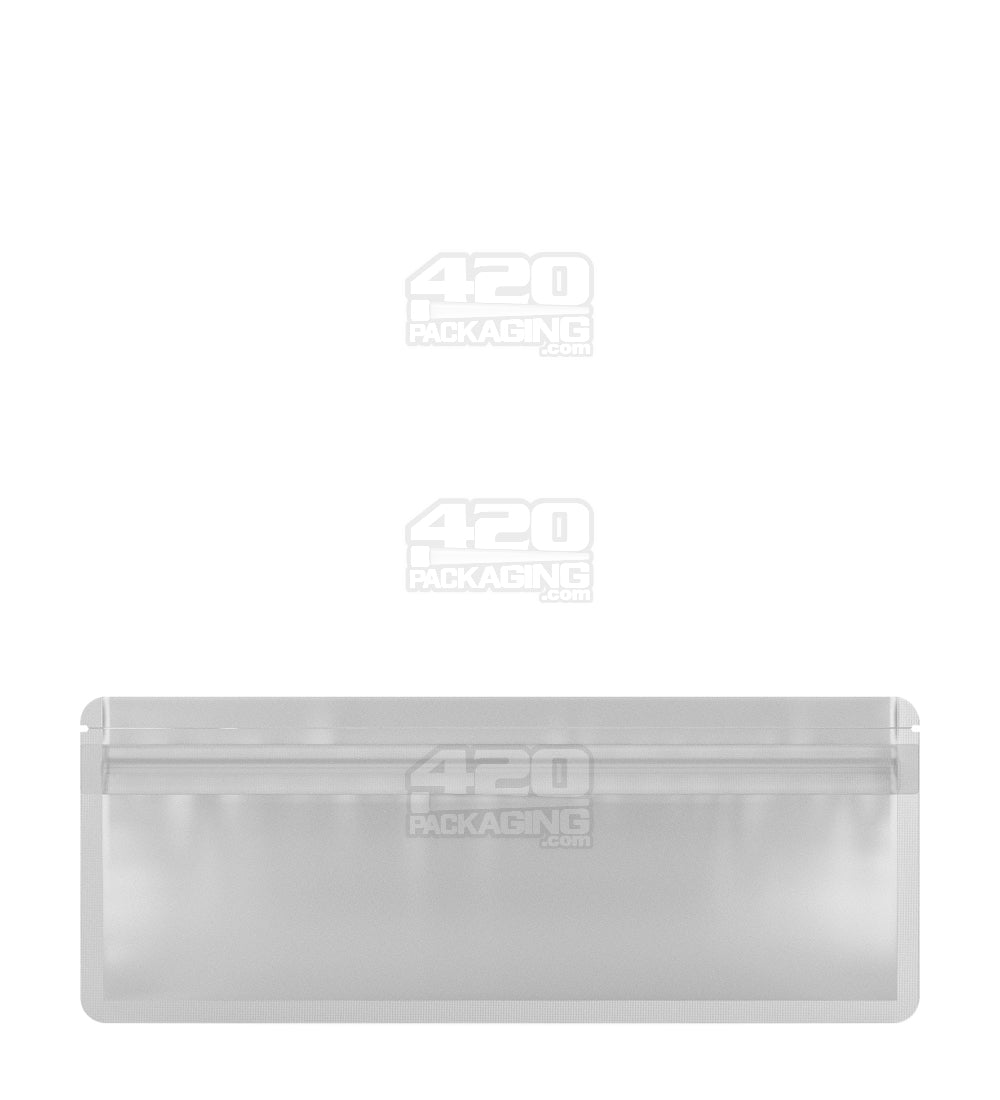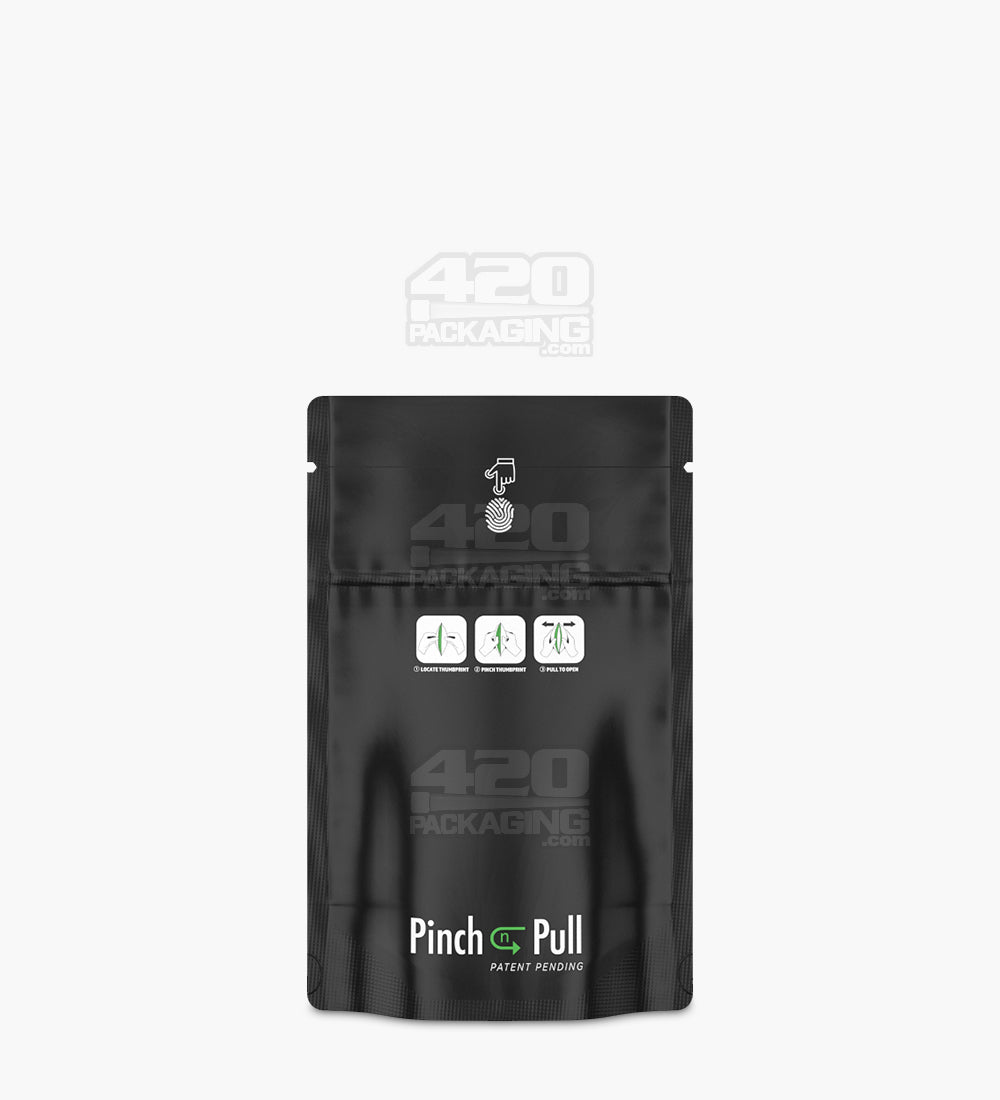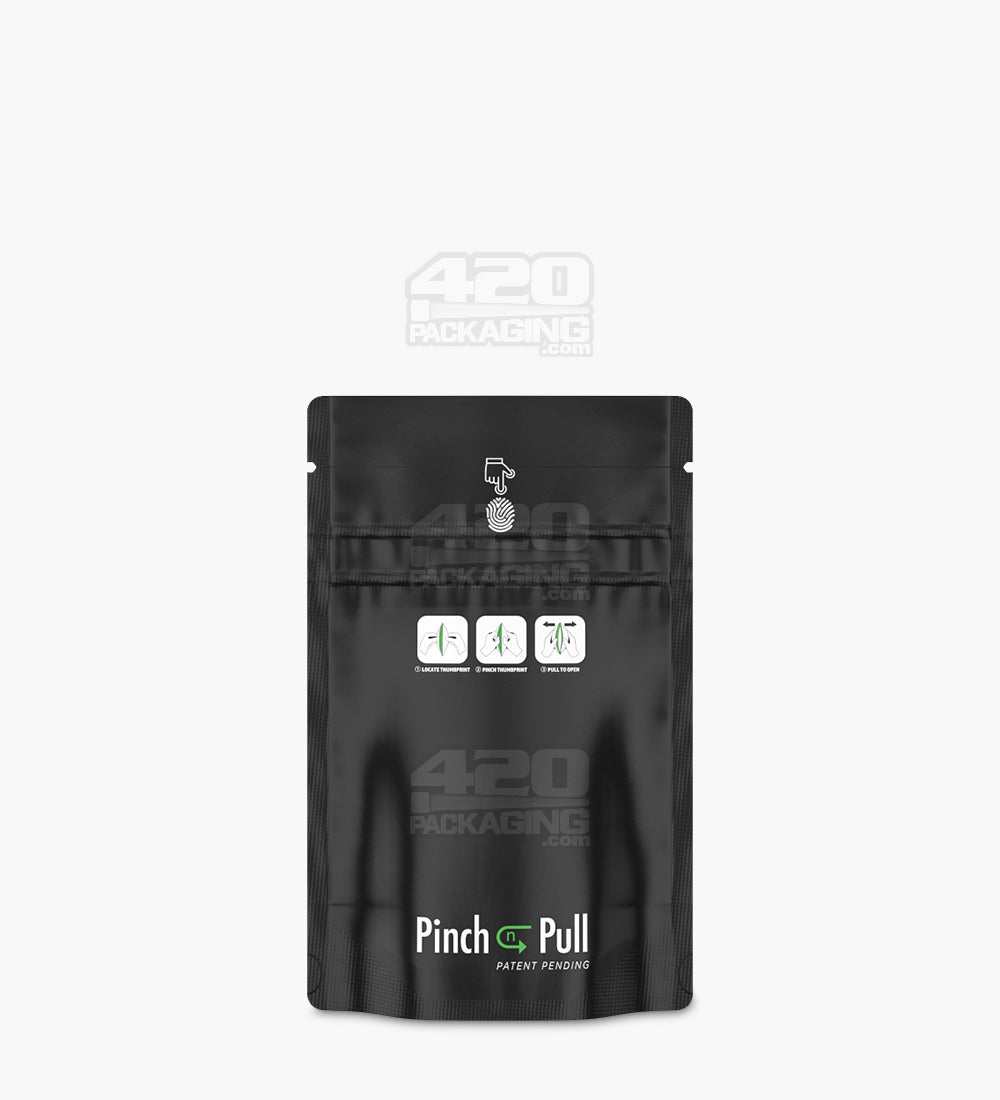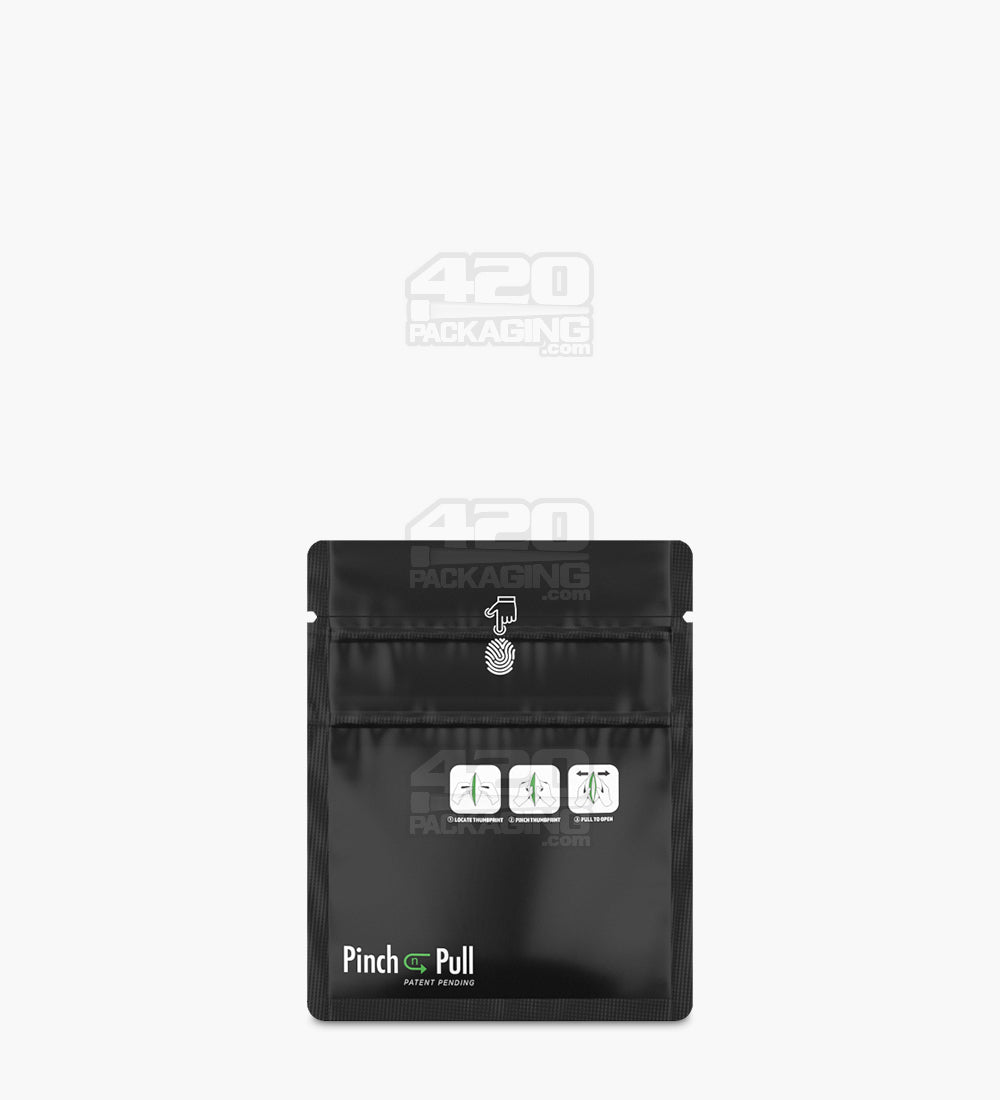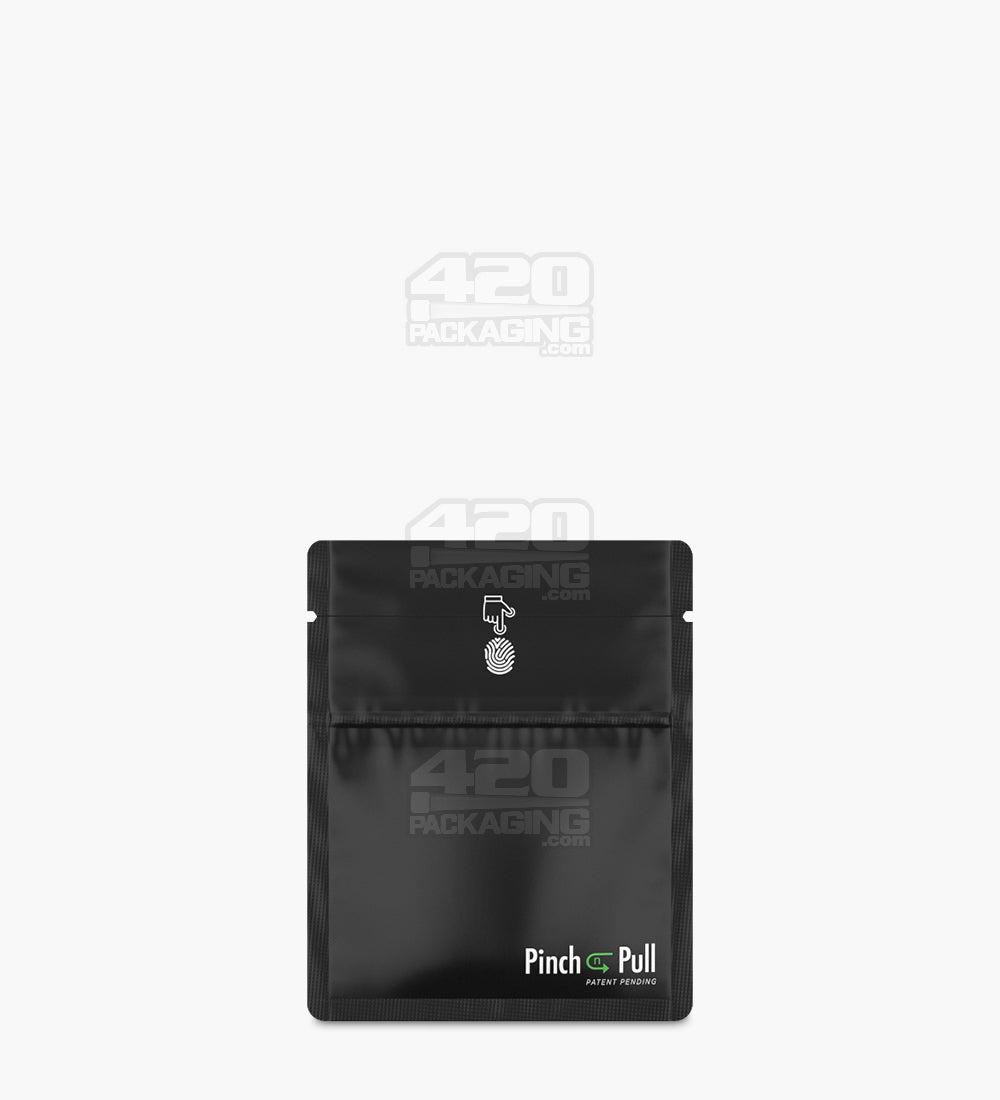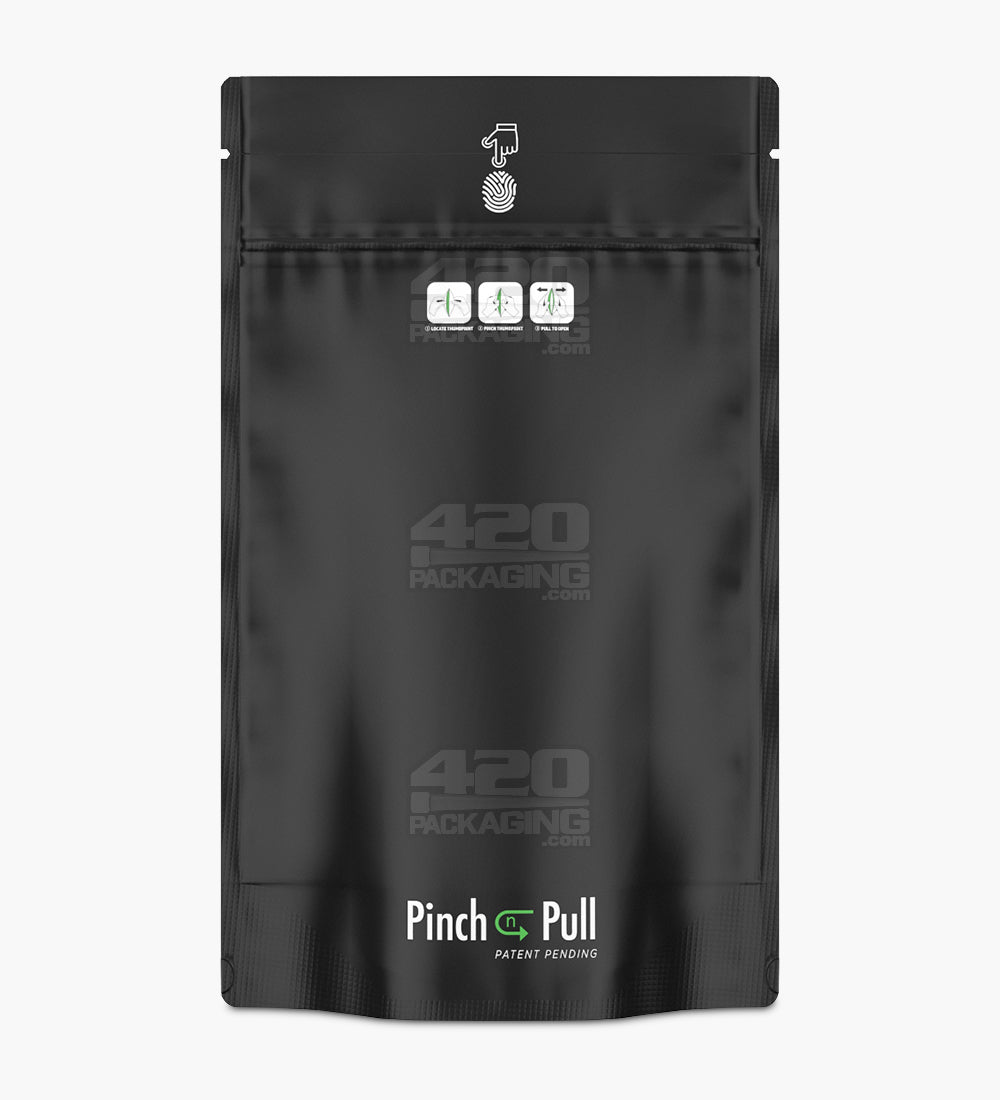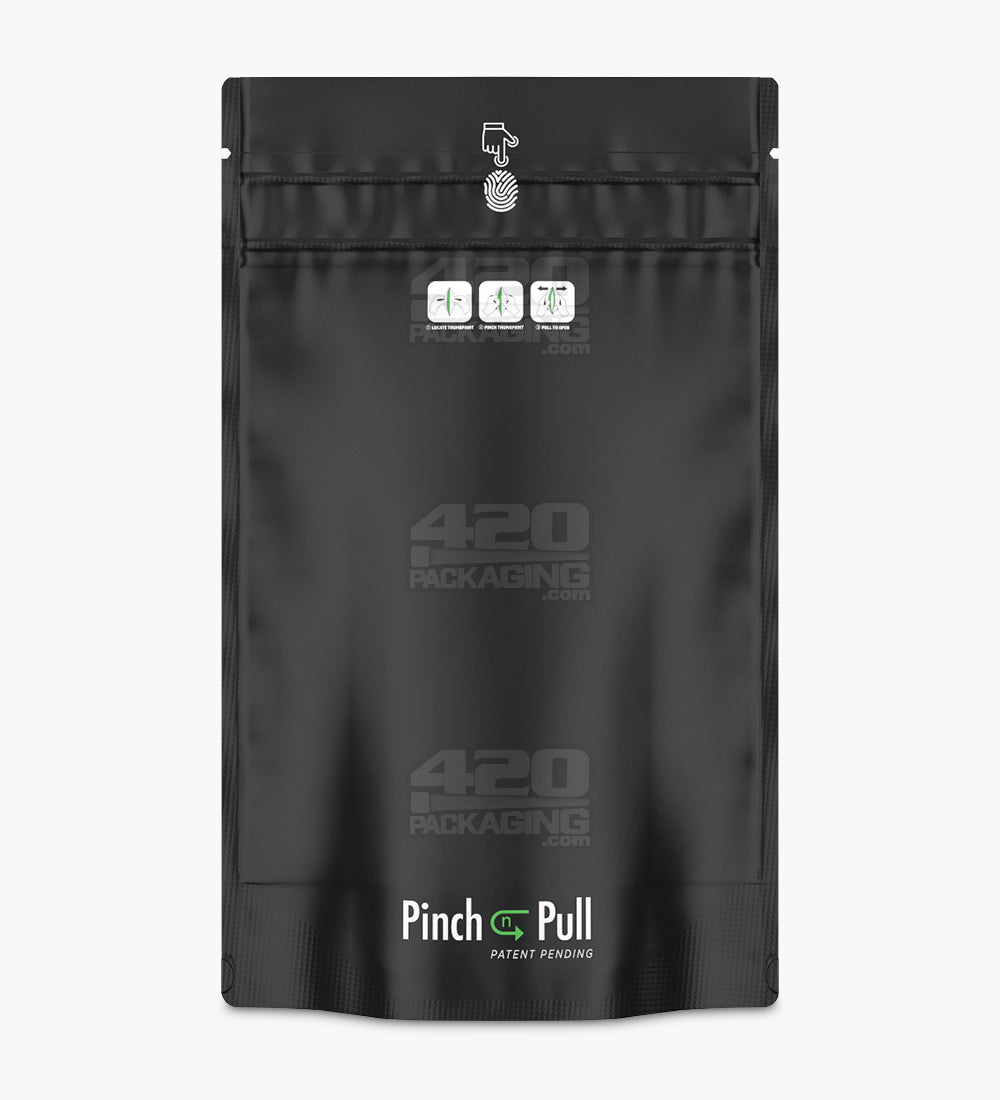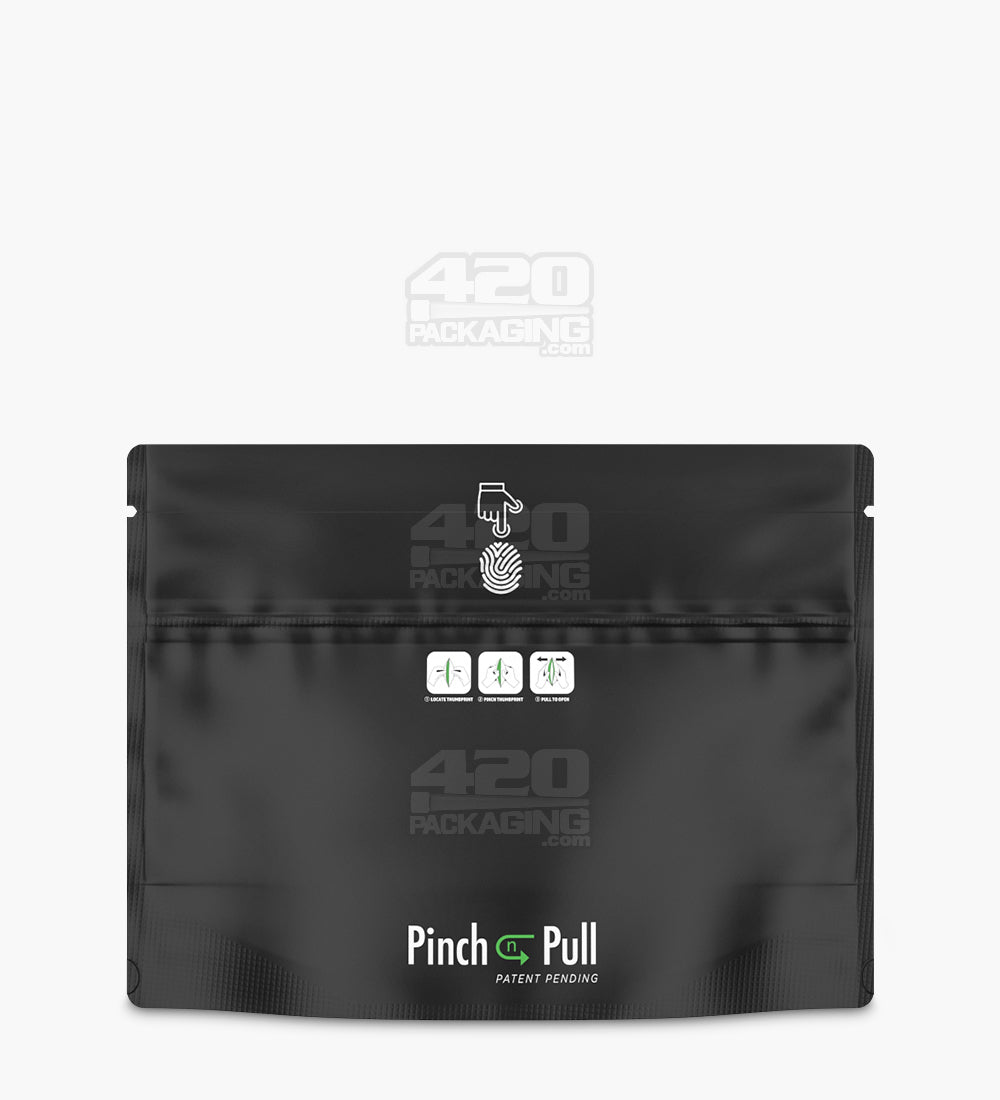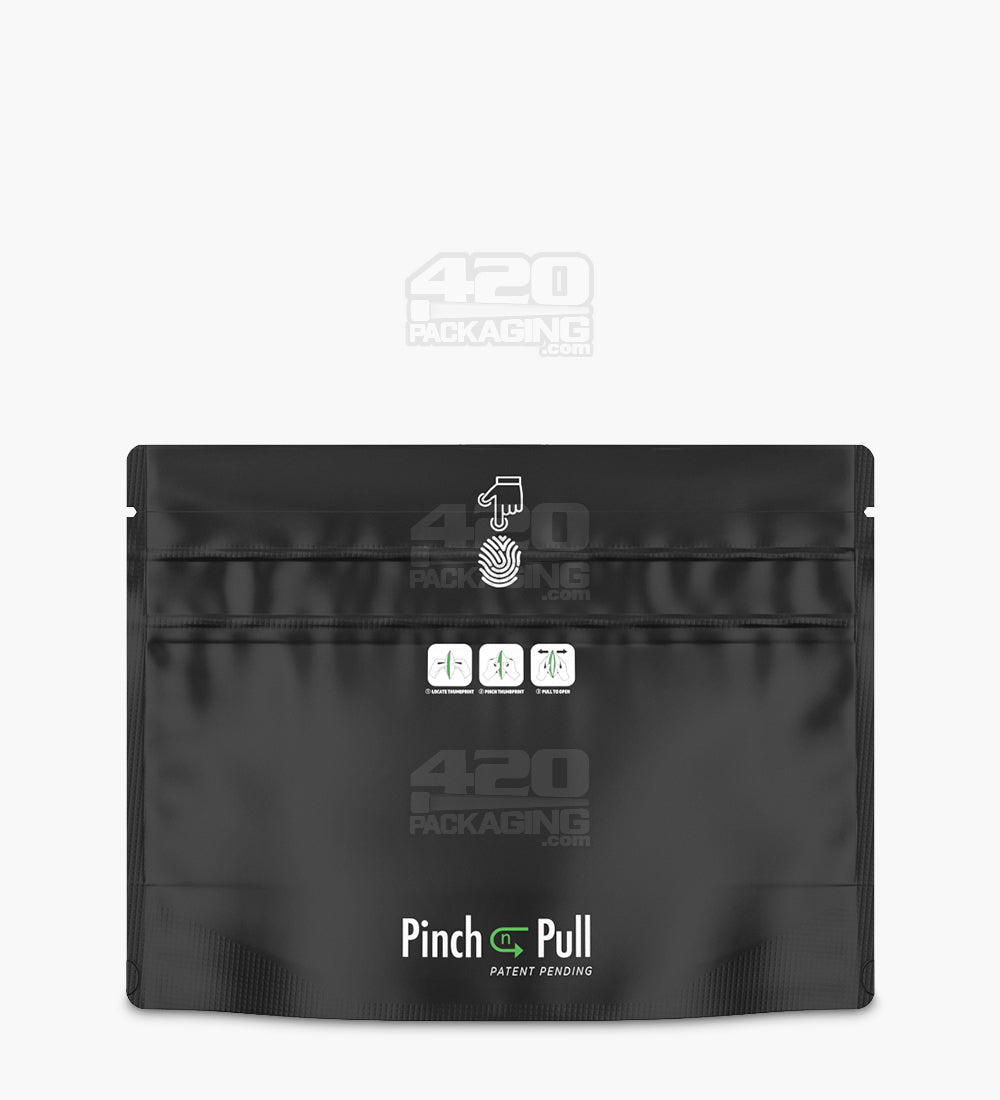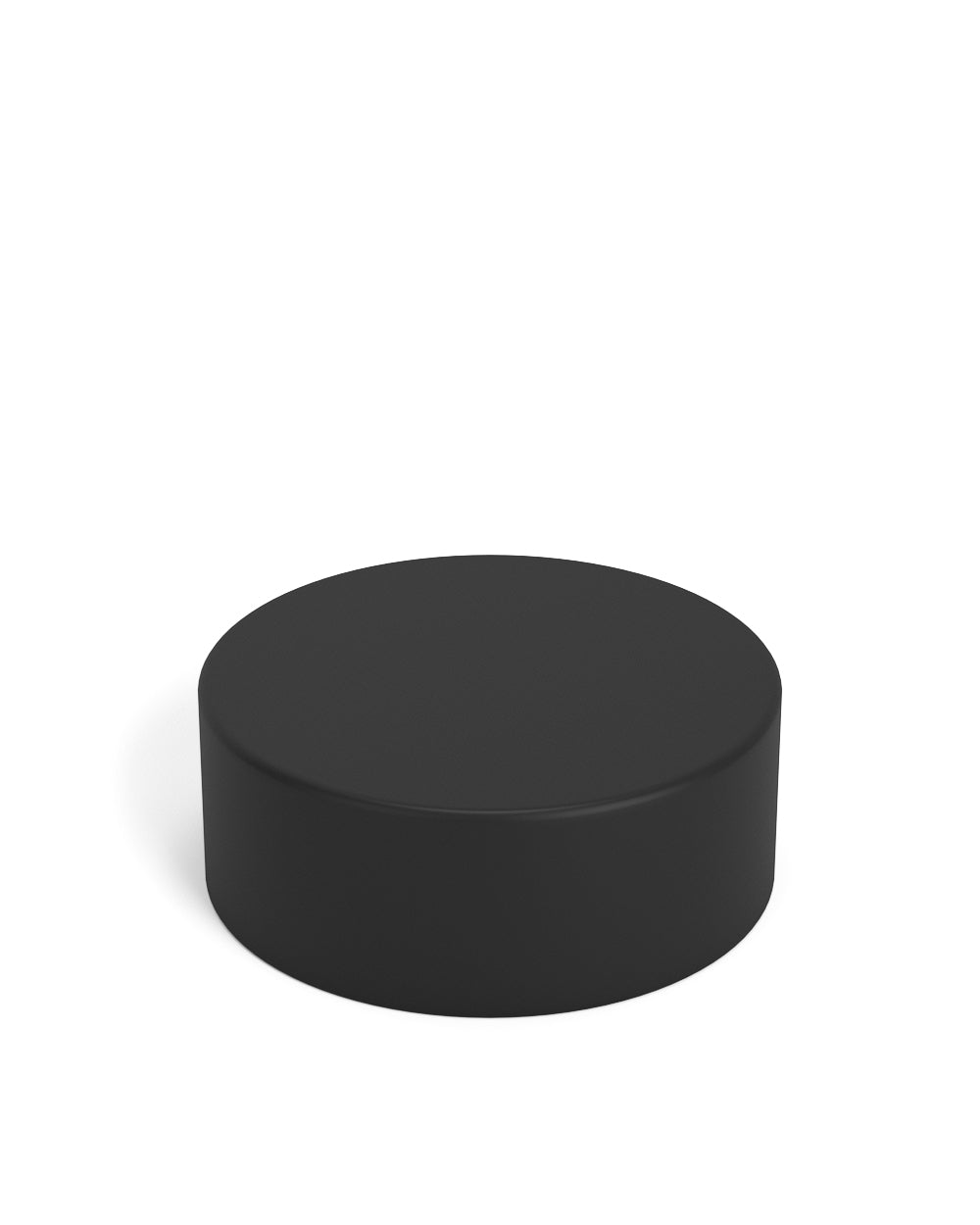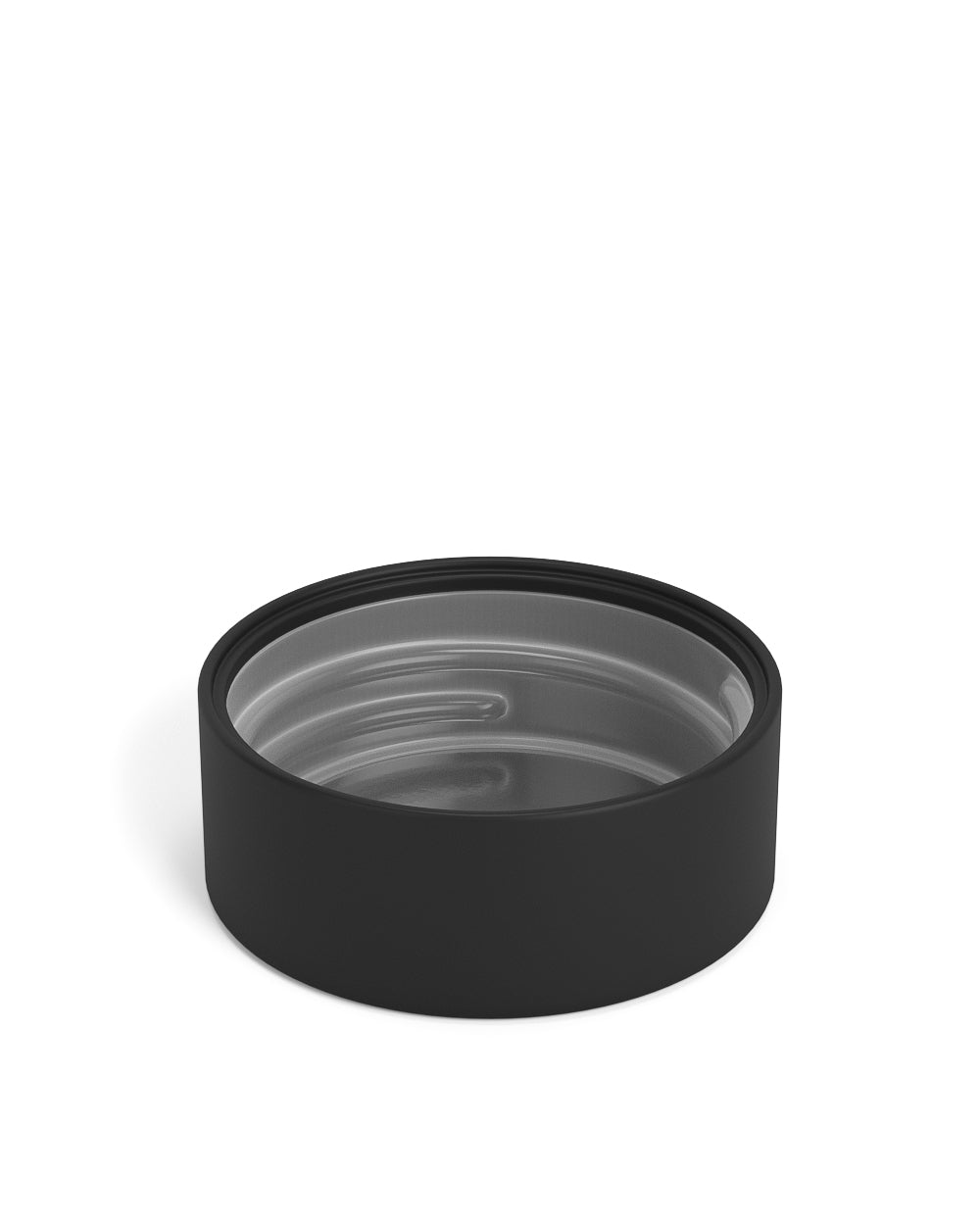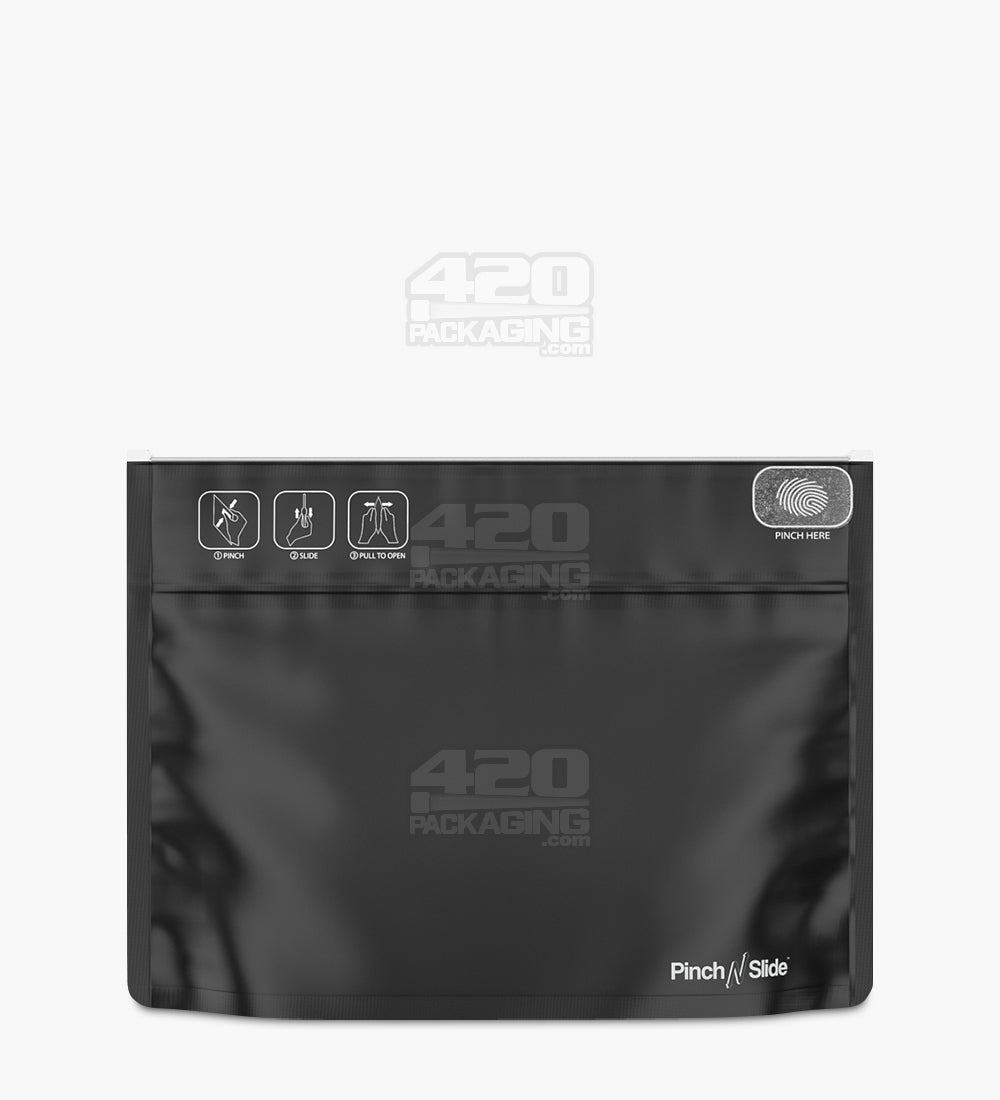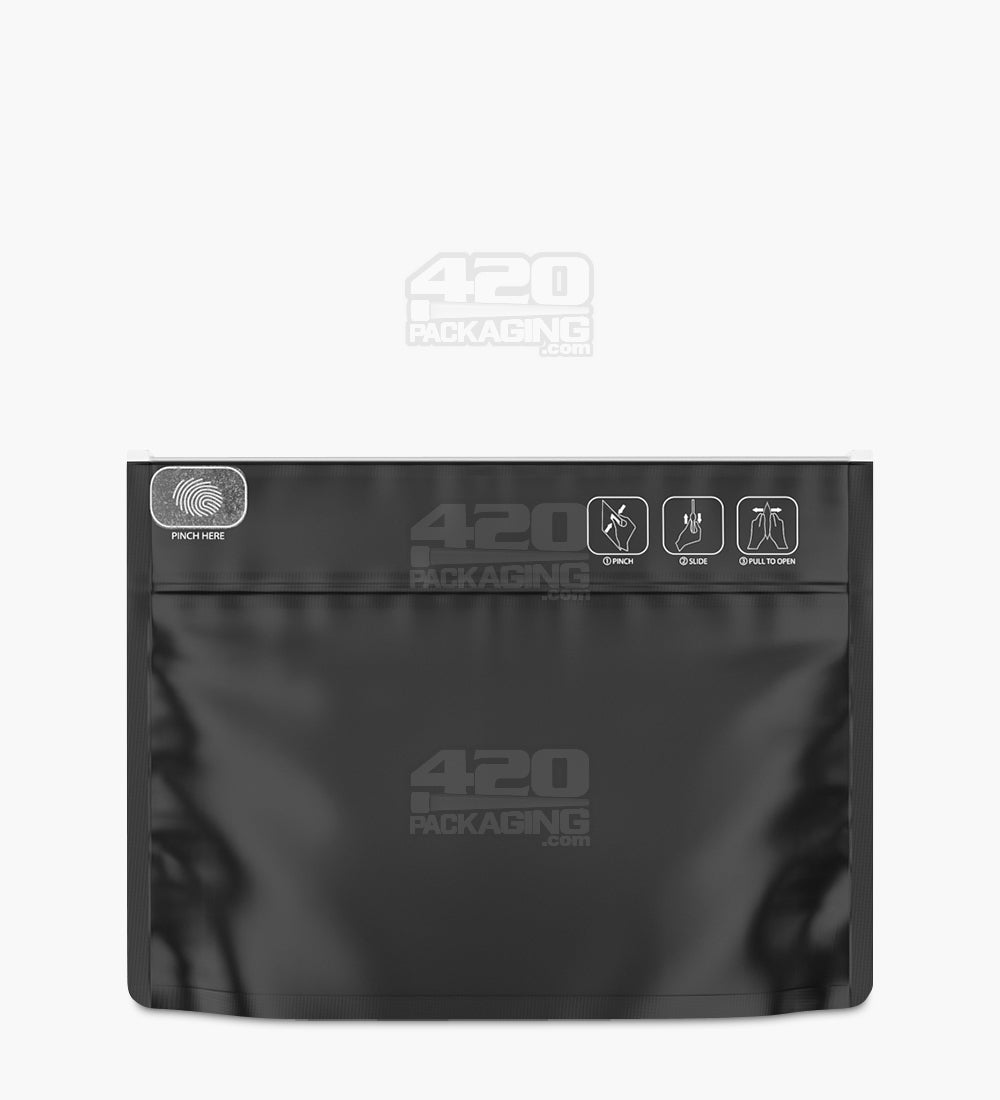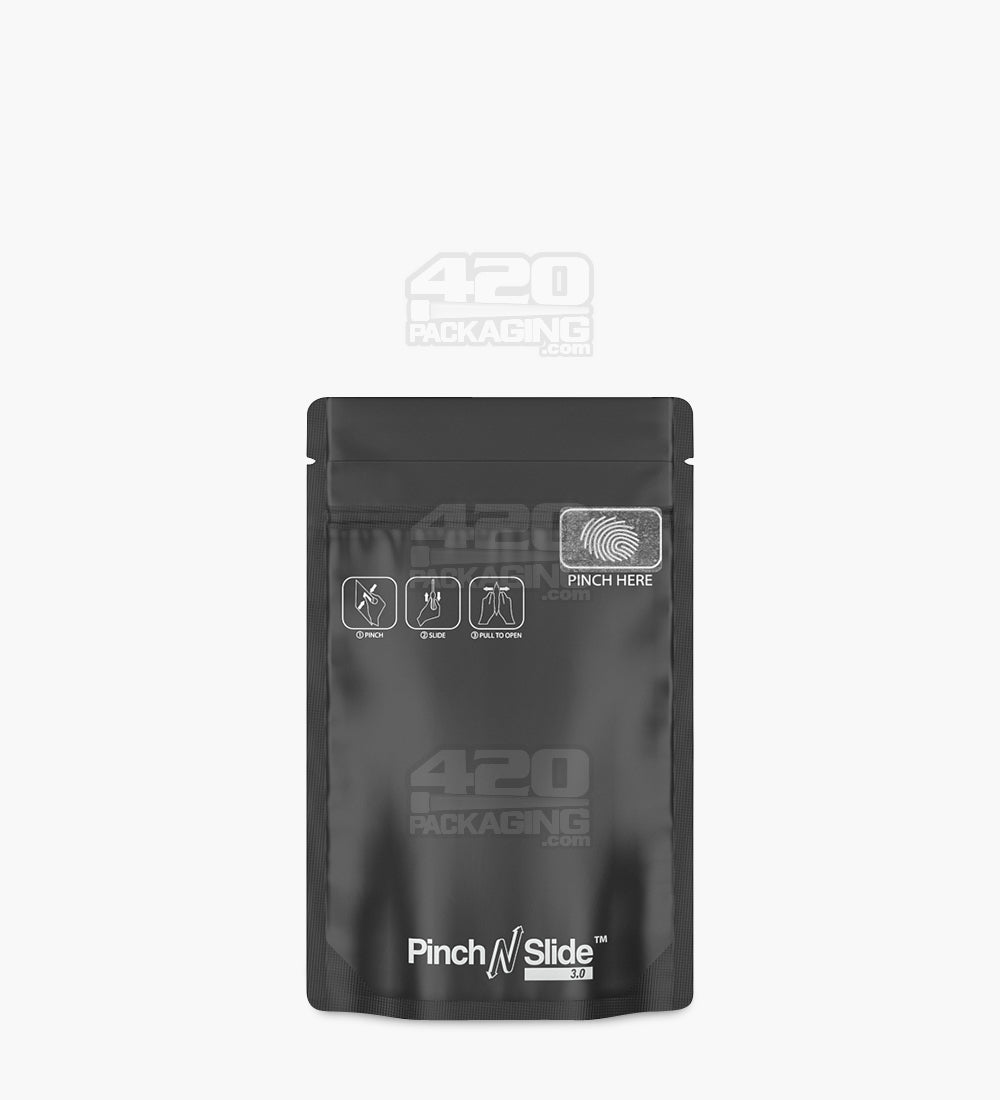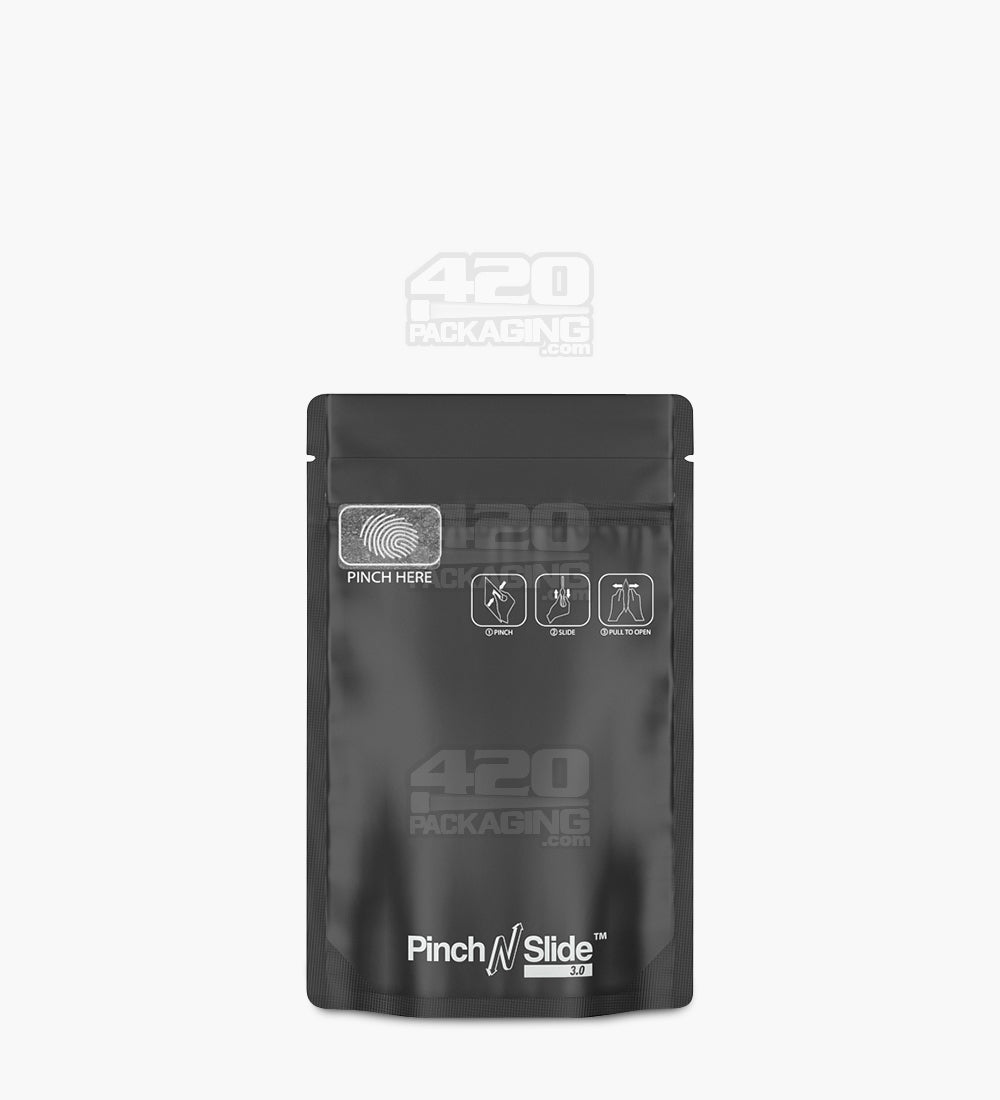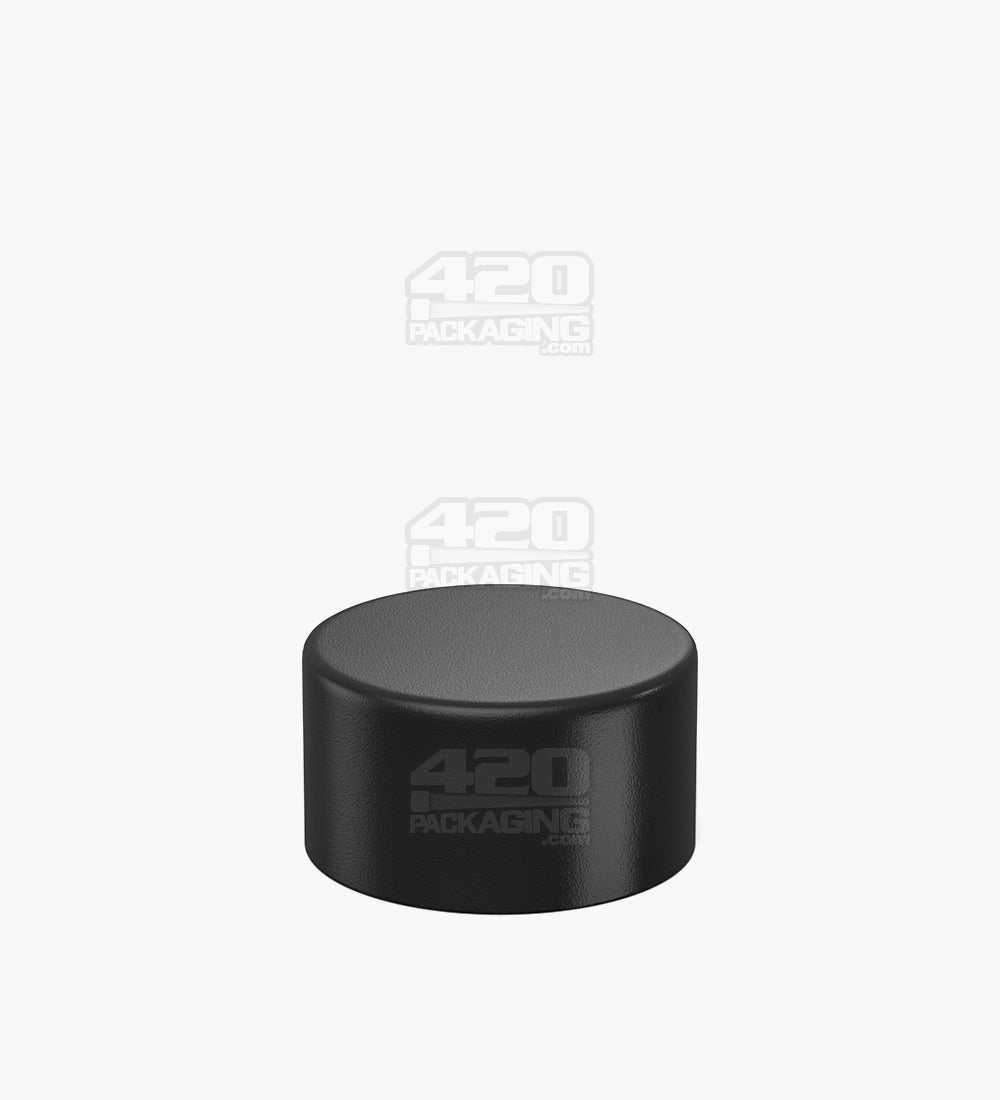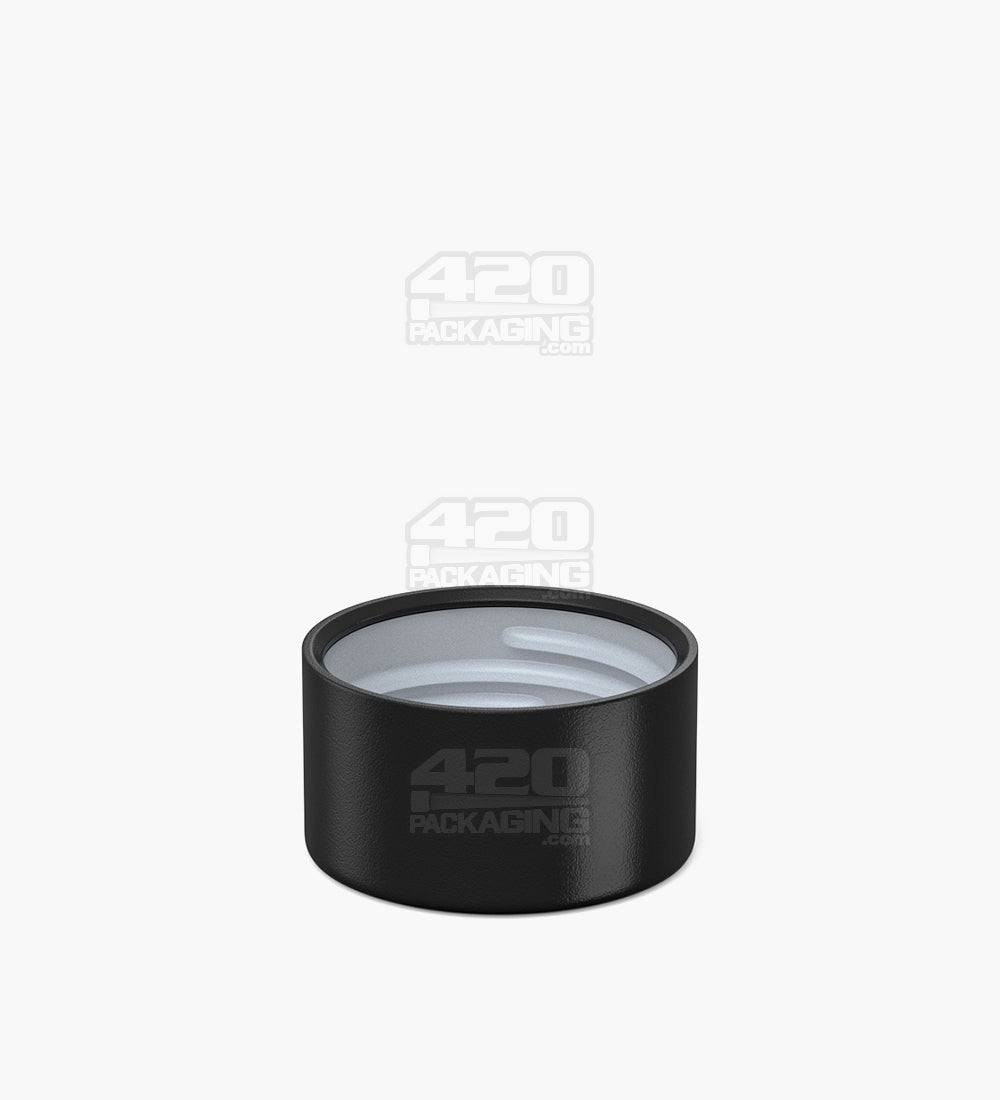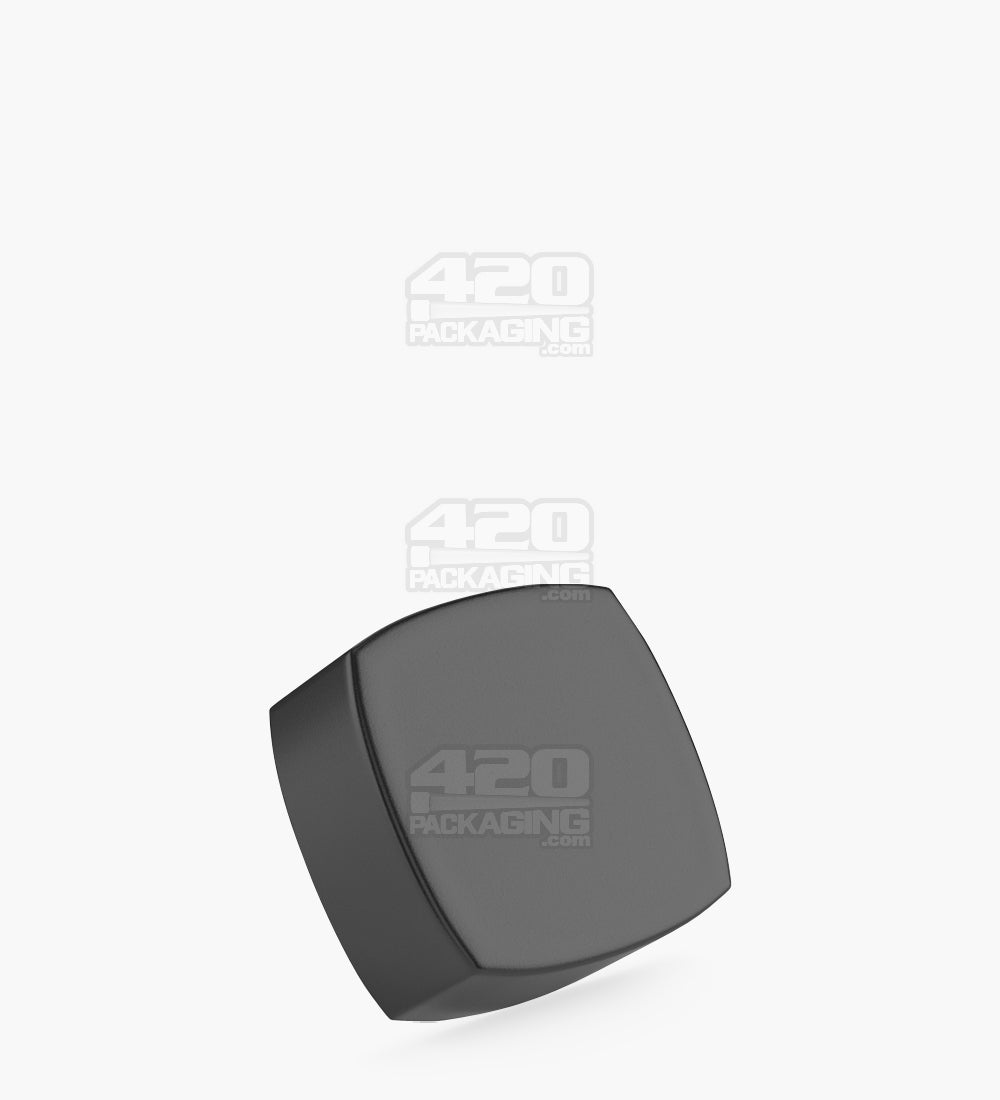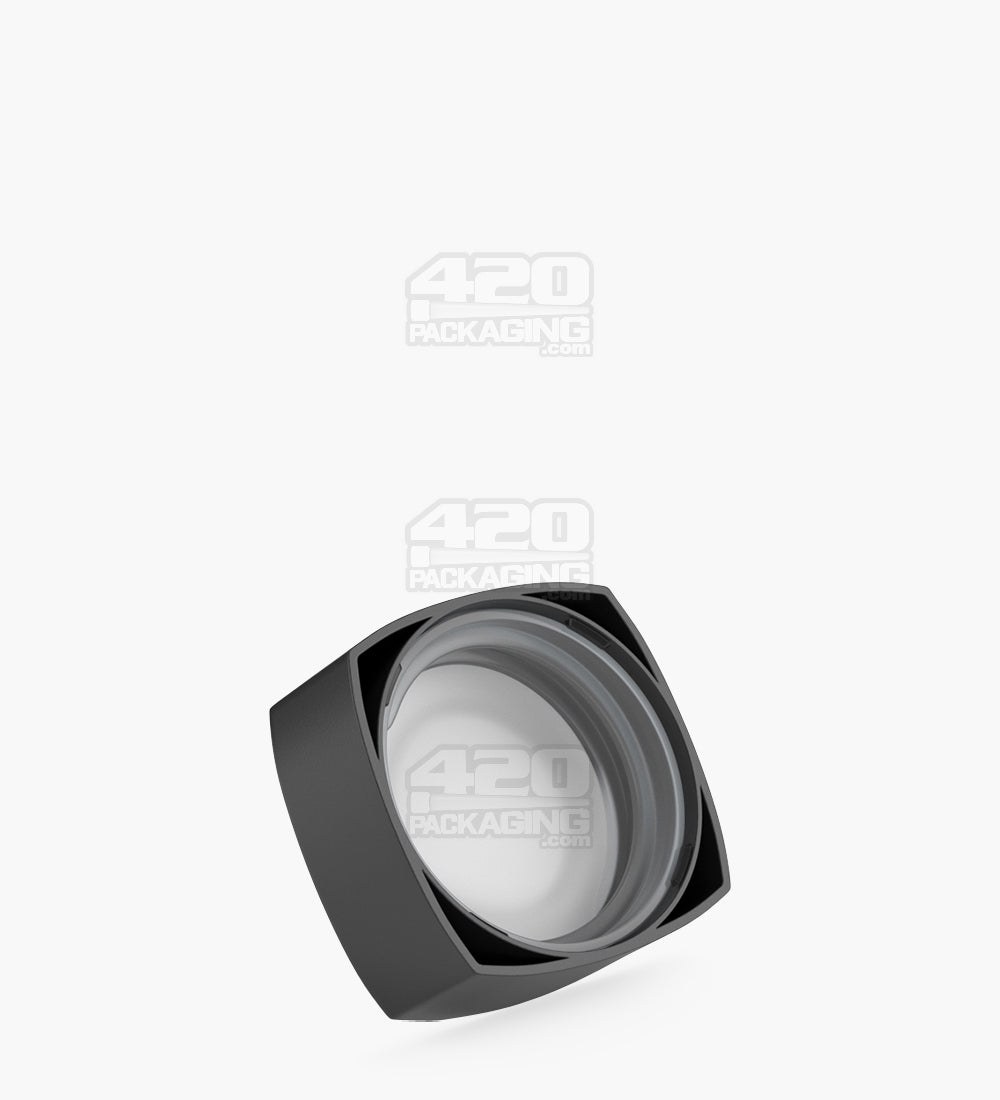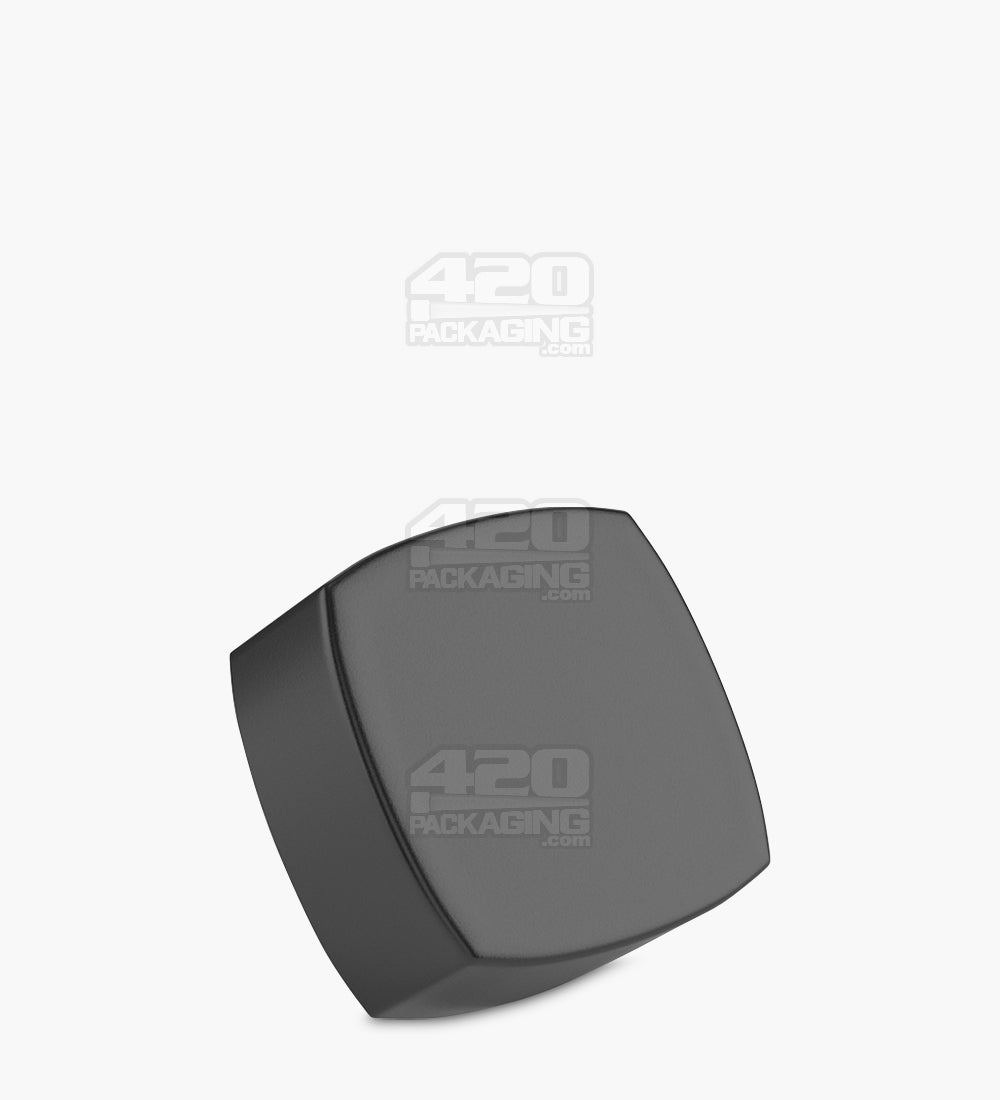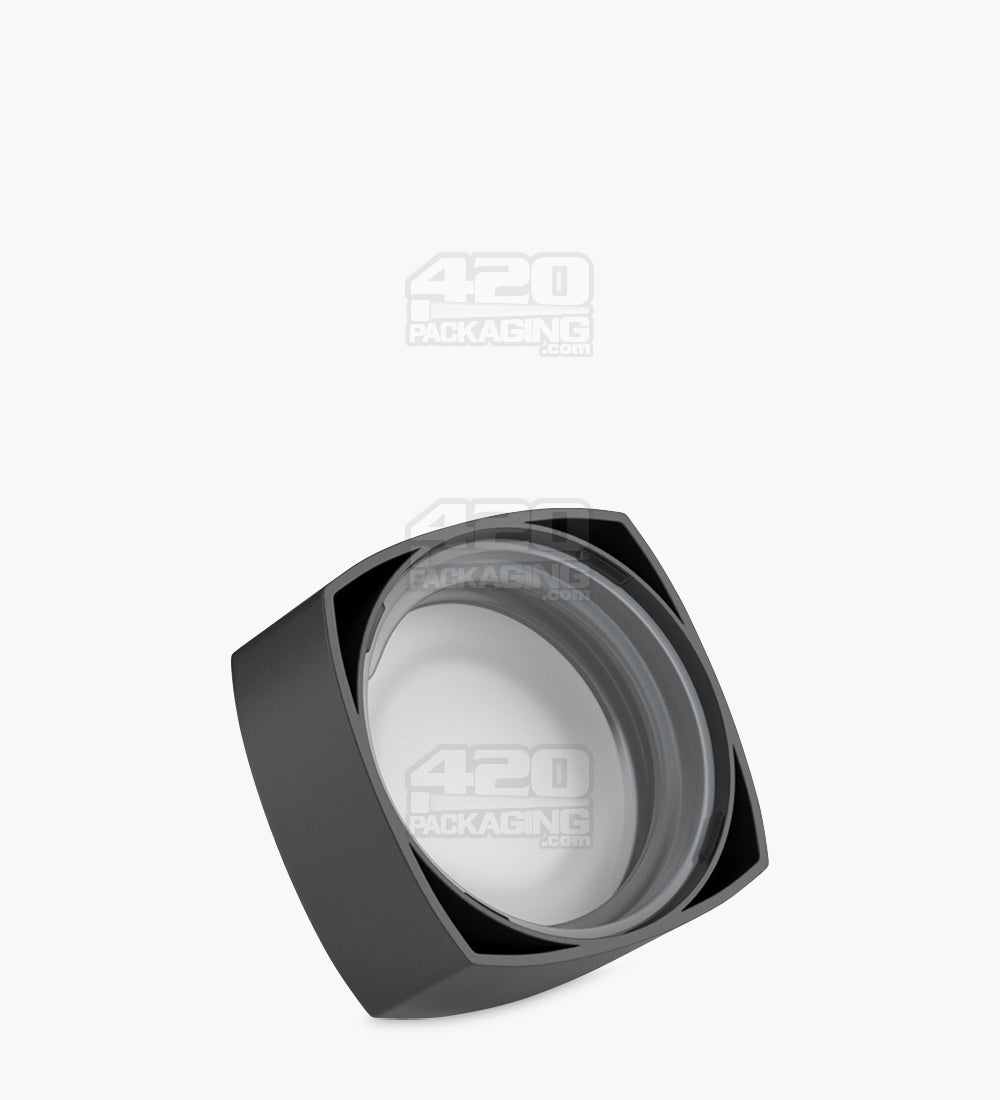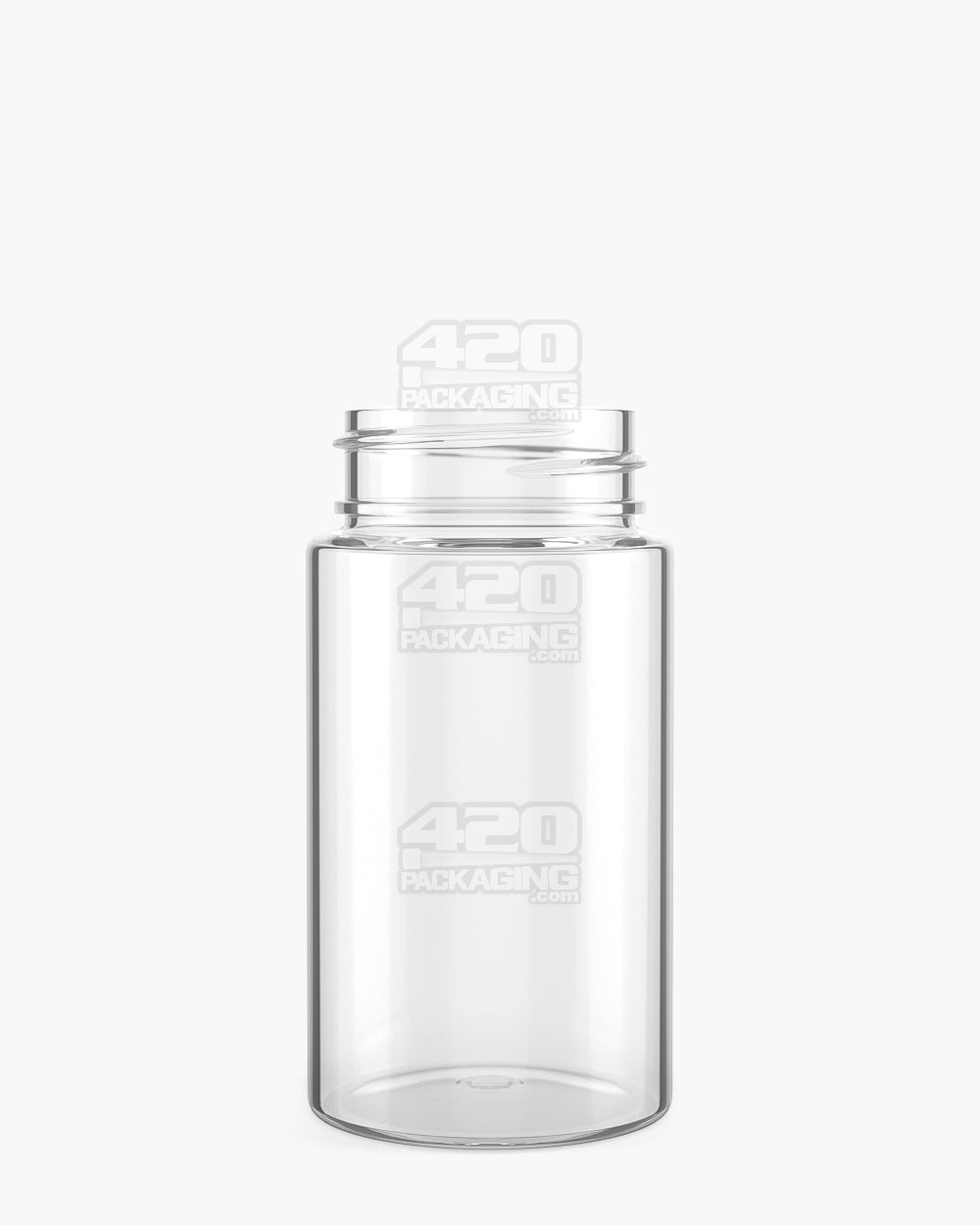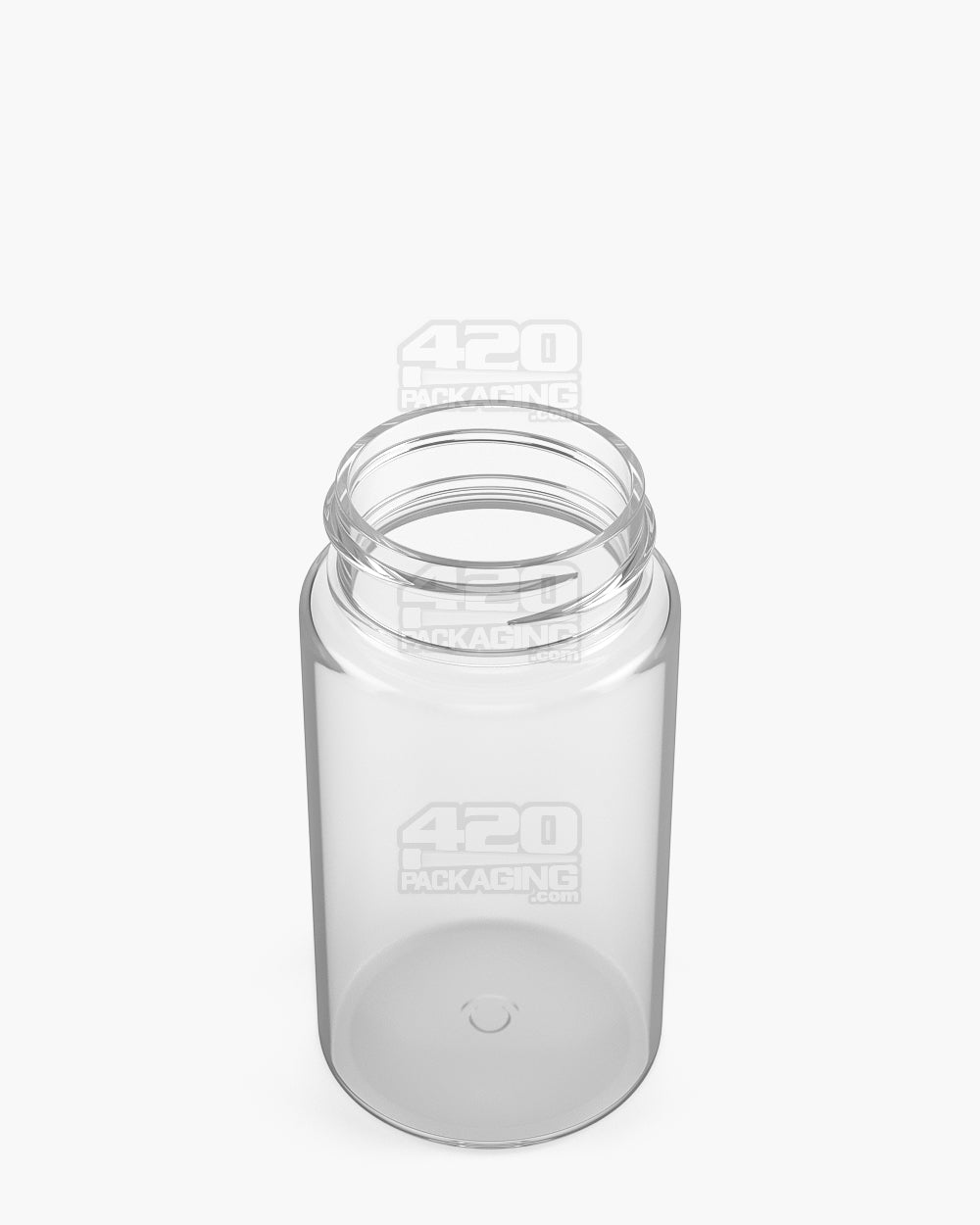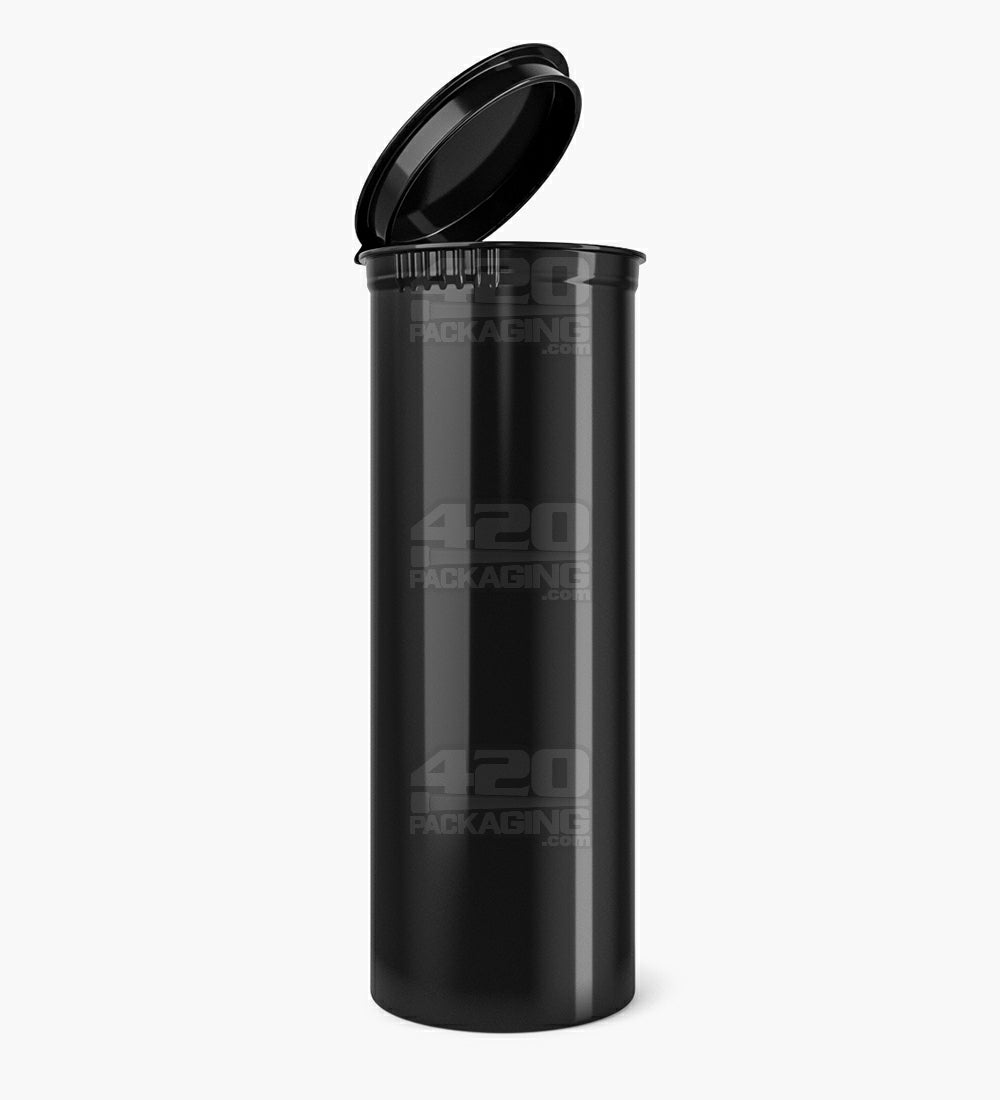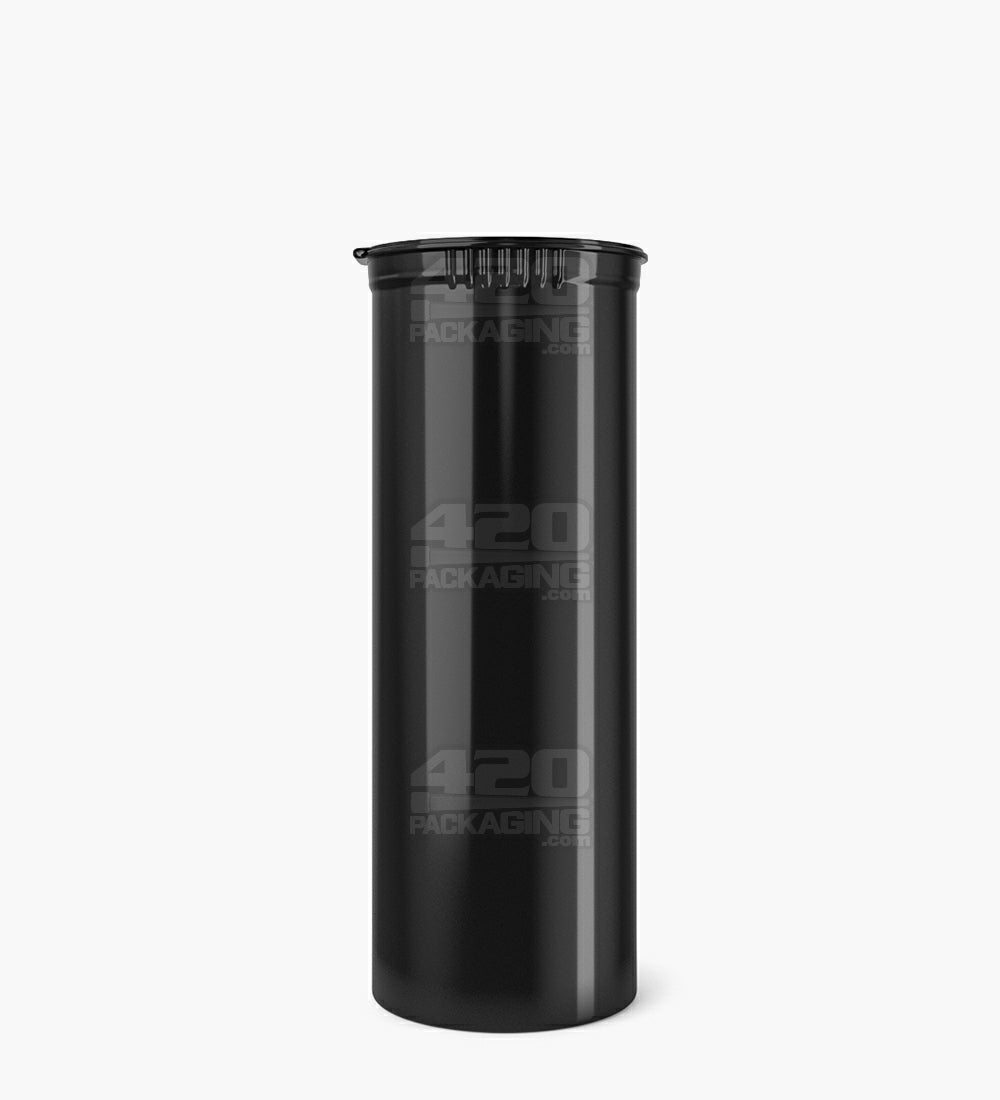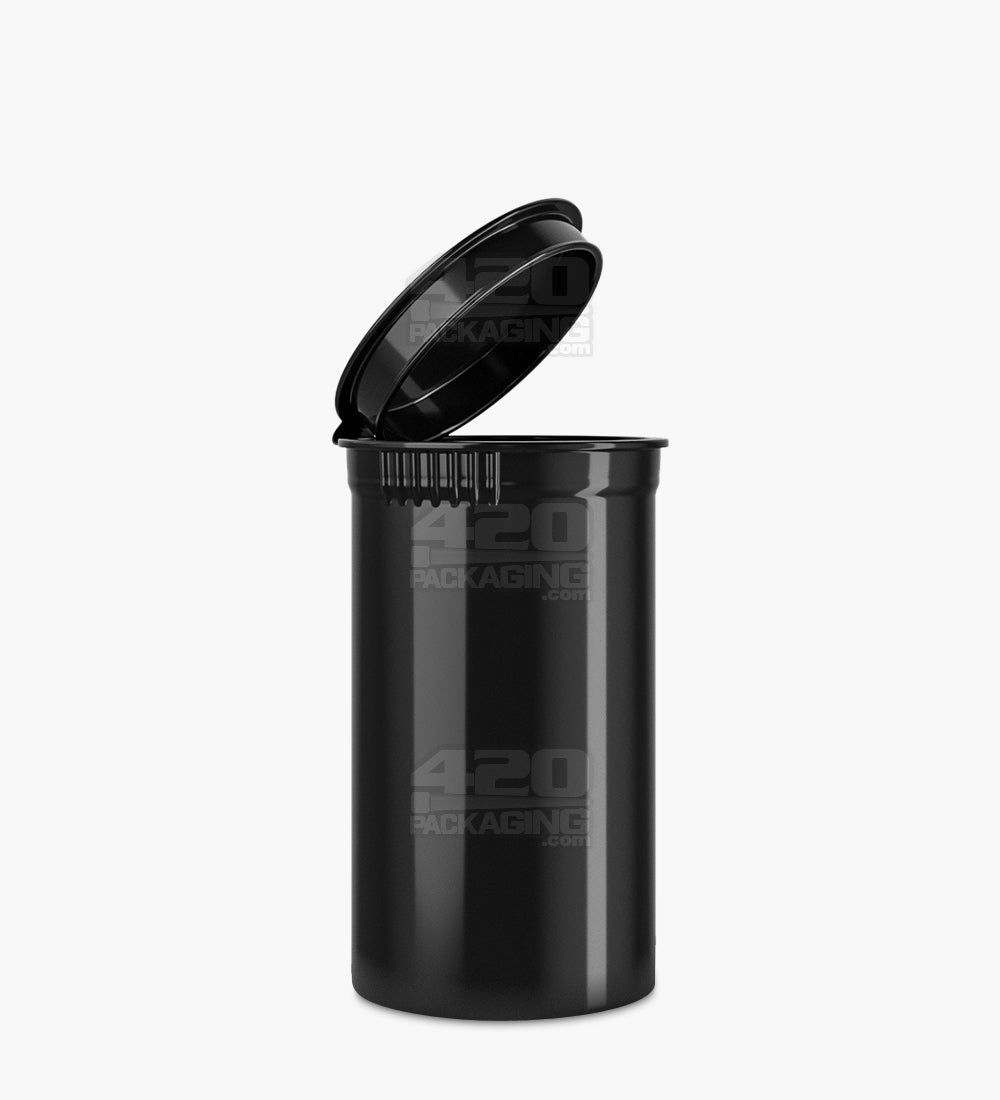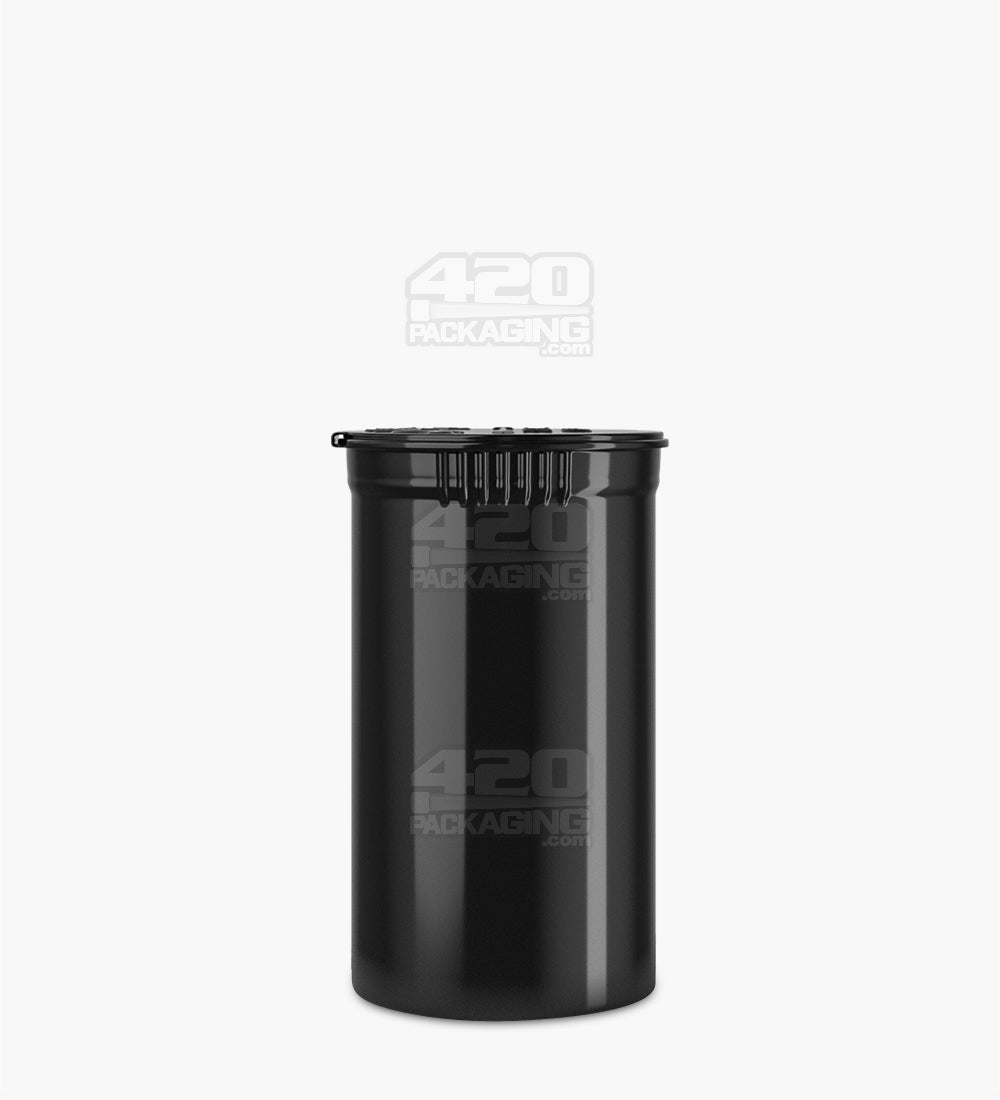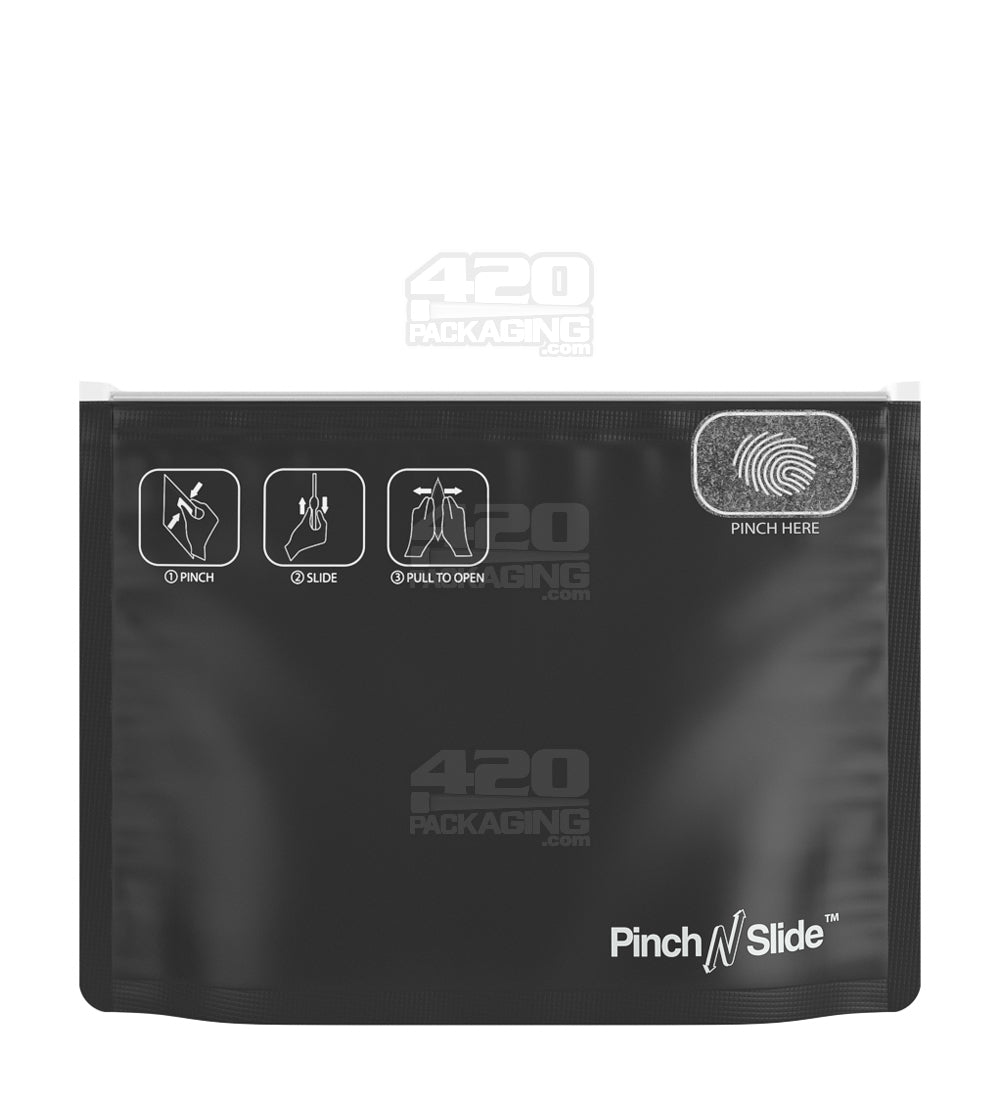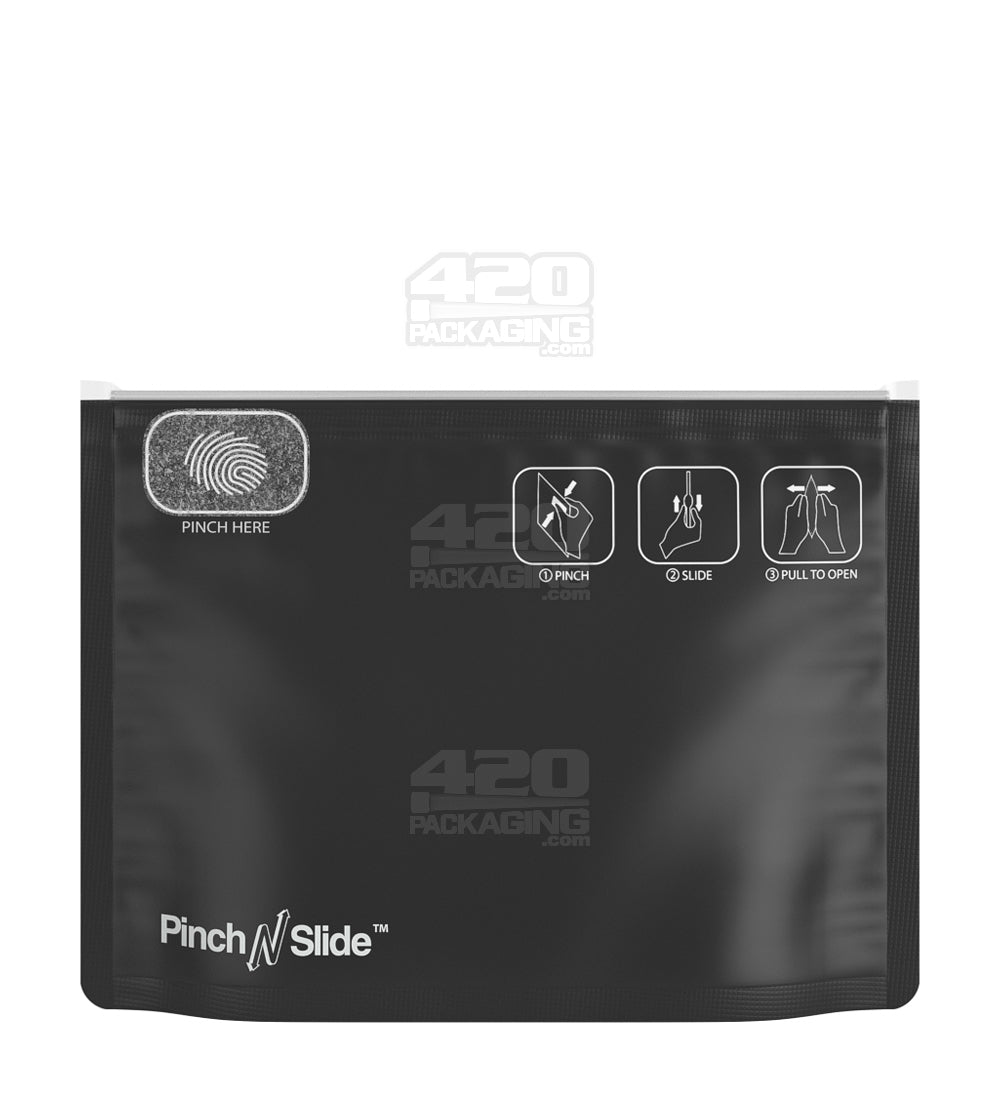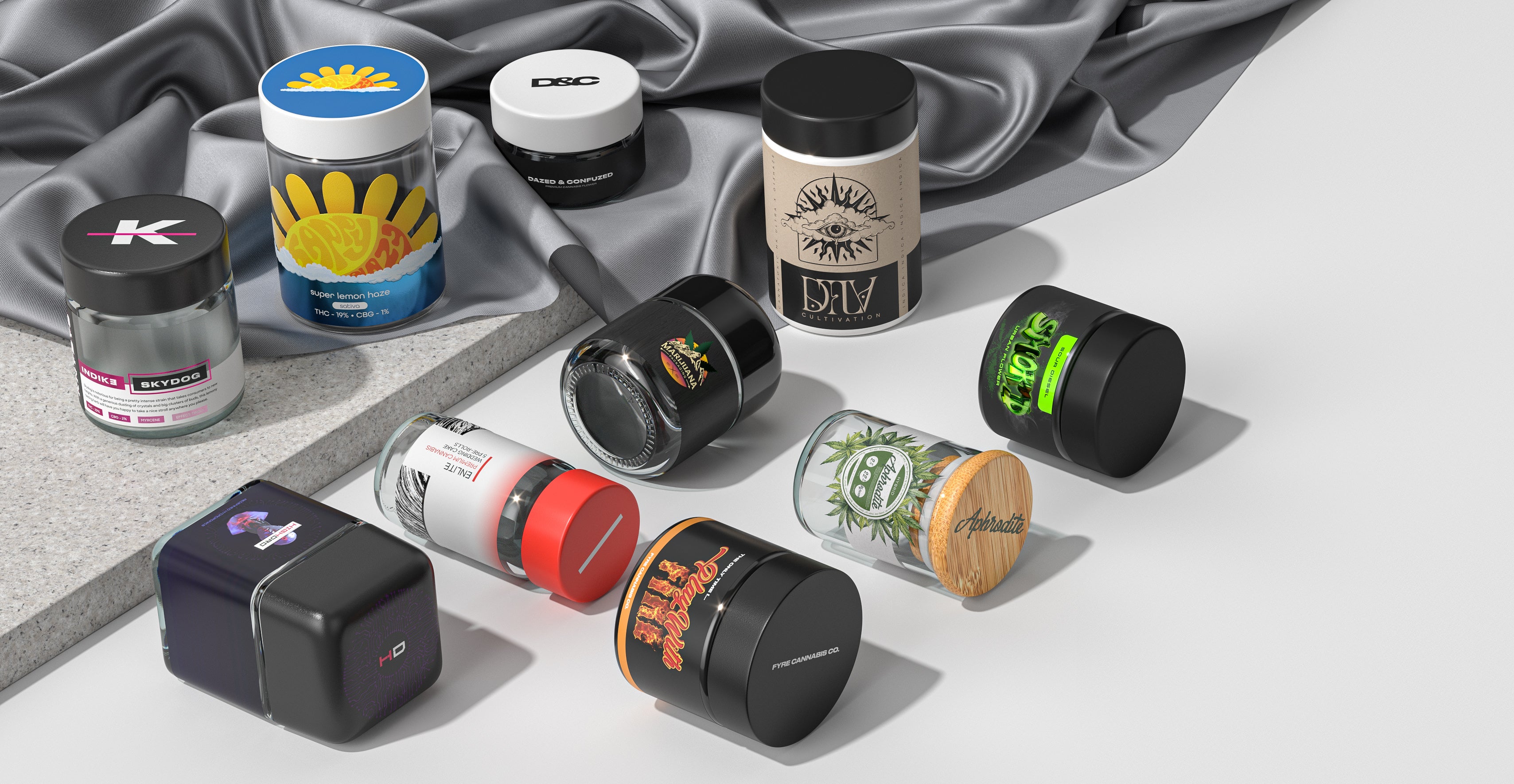Sustainable cannabis packaging has become a vital priority for brands looking to reduce environmental impact, meet consumer expectations, and remain compliant with evolving regulations. As the cannabis industry continues to grow, so does its environmental footprint—making it essential to transition from conventional plastic and foil to biodegradable, recyclable, and reusable materials. Whether referred to as sustainable weed packaging or sustainable marijuana packaging, these solutions reflect a shift toward responsible practices that benefit both the planet and the bottom line.
Why Sustainability Matters in Cannabis Packaging
Packaging waste remains one of the cannabis industry’s most pressing environmental issues. With strict child-resistant and tamper-evident requirements, many products are overpackaged in non-recyclable materials. Transitioning to sustainable alternatives helps reduce landfill waste, conserve resources, and respond to increasing consumer demand for eco-friendly products.
- Reduces plastic pollution: Minimizes reliance on single-use plastics
- Aligns with ESG goals: Supports environmental, social, and governance initiatives
- Improves brand image: Eco-conscious consumers prefer sustainable brands
- Increases compliance readiness: Anticipates future regulatory changes favoring sustainability
- Boosts customer loyalty: Transparency in environmental efforts drives repeat business
Eco-Friendly Cannabis Packaging Materials
Many new packaging innovations allow cannabis brands to maintain compliance while minimizing environmental impact. Common sustainable materials include:
- Post-consumer recycled (PCR) plastics: Made from recycled materials; ideal for jars, tubes, and bottles
- Biodegradable paperboard: Used for cartons, pre-roll boxes, and folding containers
- Hemp-based packaging: Leverages agricultural waste for compostable, durable alternatives
- Glass: Fully recyclable and reusable for flower jars and concentrate containers
- PLA bioplastics: Derived from corn starch or sugarcane for compostable bags and films
These materials strike a balance between regulatory compliance, product protection, and environmental responsibility.
Types of Sustainable Weed Packaging
Sustainable weed packaging can be adapted for nearly every cannabis product category. Options include:
- Compostable mylar bags: Ideal for flower, edibles, or infused products
- Recyclable pre-roll tubes: Often made from PCR plastic or biodegradable paper
- Glass jars with metal caps: For premium flower and concentrates
- Paperboard folding cartons: Used for multi-pack joints, vapes, or tinctures
- Plant-based shrink bands: Maintain tamper-evidence while remaining eco-conscious
Brands can customize these formats to meet both aesthetic and operational needs.
Compliance Meets Sustainability
Child resistance, odor control, and tamper evidence are core compliance requirements in cannabis packaging. Sustainable solutions must also meet these criteria:
- Child-resistant certifications: Many biodegradable and recyclable formats now pass ASTM standards
- Tamper-evident sealing: Compostable seals or recyclable shrink bands maintain safety
- Opacity requirements: Sustainable materials are available in opaque finishes to meet local laws
- Label-ready surfaces: Eco-materials still support printing, labeling, and compliance info
Sustainable marijuana packaging doesn’t mean sacrificing performance or legal viability—it means choosing smarter alternatives.
Customization and Branding Opportunities
Sustainable packaging can be a strong extension of your brand’s mission. Eco-friendly formats support creative and compliant branding without excess waste:
- Minimalist designs: Streamlined visuals convey cleanliness and transparency
- Natural textures: Kraft paper or uncoated stock offer an earthy, organic look
- Soy-based inks: Reduce chemical runoff and support eco-labeling claims
- Custom die cuts: Add aesthetic value to paperboard or molded fiber packaging
- Recyclability instructions: Educate consumers on proper disposal and reuse
Highlighting sustainability on the packaging itself reinforces your values and resonates with conscious consumers.
Consumer Expectations and Market Trends
Today’s cannabis buyers are more environmentally aware than ever. They actively seek out brands that prioritize sustainability. Meeting this demand can influence purchasing decisions and increase product loyalty:
- 74% of cannabis consumers prefer eco-conscious packaging, according to industry surveys
- Gen Z and Millennials are more likely to choose sustainable brands over cheaper alternatives
- Retailers and dispensaries are increasingly stocking sustainable SKUs to meet local guidelines
- Certifications and icons like “100% recyclable” or “compostable” boost shelf appeal
Meeting these expectations helps future-proof your cannabis brand.
Challenges and Solutions
While sustainable cannabis packaging is the future, it comes with challenges:
- Higher costs: Offset by consumer willingness to pay more for eco-conscious products
- Material availability: Work with suppliers who specialize in cannabis-specific sustainability
- Label adhesion: Ensure eco-materials can still support print or sticker-based compliance info
- Disposal confusion: Use clear recycling and composting icons to educate consumers
Choosing the right packaging partner can help navigate these challenges and identify effective, compliant alternatives.
Conclusion: Lead the Industry with Sustainable Packaging
Sustainable cannabis packaging is more than a trend—it’s a movement toward responsible industry practices that benefit businesses, consumers, and the environment. Whether you’re transitioning to sustainable weed packaging or looking for long-term solutions in sustainable marijuana packaging, today’s eco-friendly materials offer performance, compliance, and design flexibility. By making sustainability a core part of your packaging strategy, you elevate your brand and contribute to a greener, more ethical cannabis industry.

